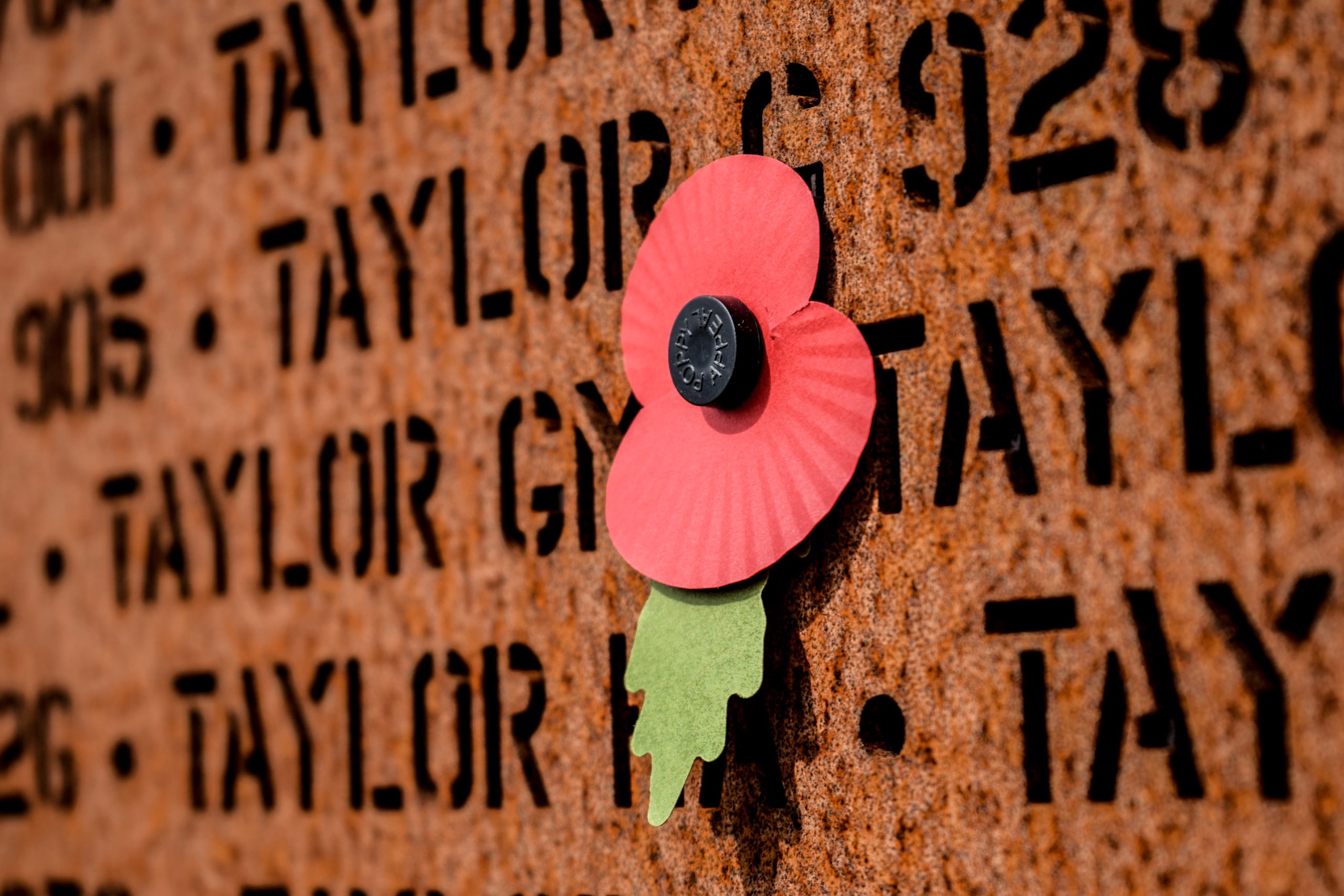It should be pointed out that all Royal Air Force Mountain Rescue Teams post war had a team leader and a small permanent staff, whilst the rest were volunteers drawn from all trades. Note: There were numerous Mountain Rescue Teams in the 1950s both in the UK and overseas, today due to the use of helicopters not available in the past there are only 3 Teams based in the UK, RAF Valley, RAF Leeming & RAF Lossiemouth
From the early 1950’s the RAF Valley Mountain Rescue Team were led by the very experienced and capable Flt Sgt Johnnie Lees and attended several fatal aircraft crashes during this period to 1960. They were also called to assist in many climber/walker civilian incidents, two of which will be related in this article with extracts from the RAF Valley MRT Log book, one earning Johnnie Lees a George Medal. Note: These Log Book extracts have been slightly altered with extra information for the benefit of the reader who might not be versed in the acronyms used in the day.
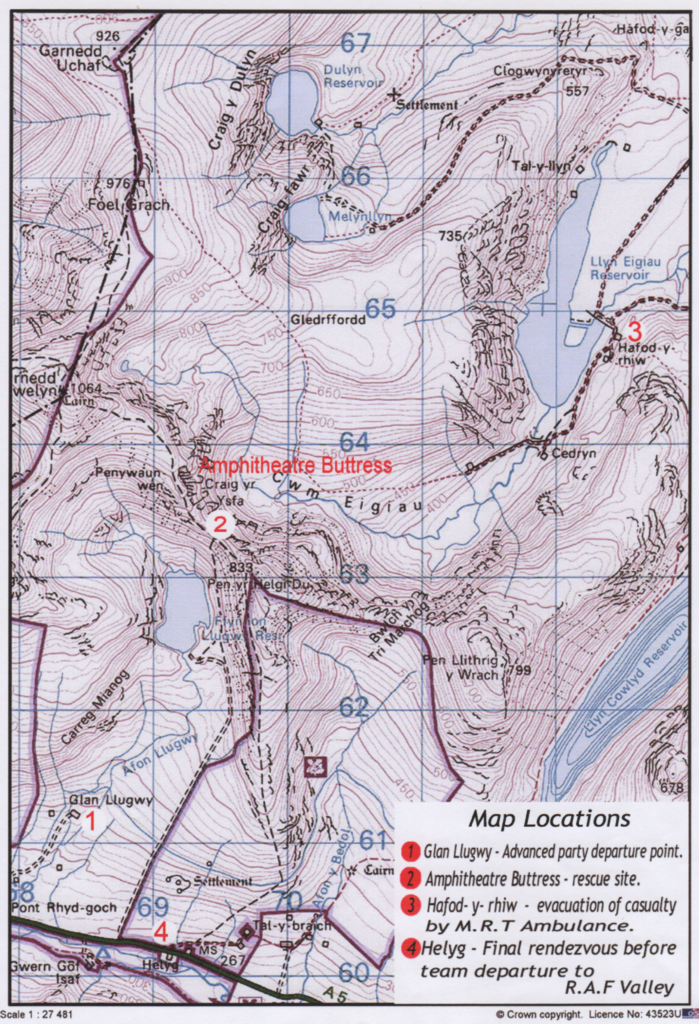 Aber Falls Rescue Sunday 1st December 1957
Aber Falls Rescue Sunday 1st December 1957
The following transcript is an extract from the RAF Valley Mountain Rescue Teams Log Book number 445 that covers 05 October 1957 to 18 October 1958. It begins on Saturday 30th November 1957 when the team was deployed for a 36hr exercise based at Caer Llugwy in the heart of the Snowdonia National Park. After a full days training had ended the call came for the MRT to assist in a rescue. On a dark chilly night the team rescued a student injured and trapped along side the Aber Falls that were in full spate. 120’ ropes had to be tied together (this was the normal length of rope available at the time) with the possibilities of knot jamming problems. For this rescue Cpl Tech Vic Bray was awarded a Bronze Medal from the Royal Humane Society.
CARNEDDAU & TRYFAN
36 hr exercise
Saturday 30th November 1957
Plt Off North + 20 camped at Caer Llugwy 107/750573 (Old map reference)
Travelling there in the 2 QLs (Bedford QL 3 ton truck), LR (Land Rover) & Trailer
Sunday 1st December 1957 (Fine but cold)
Navigation Parties on Carneddau :-
Team Members: Blamey, Major, Barrows & Neal
Route: Pen yr olerwen – Carneddau Llewelwyn – Penyr Helgi Du-Pen Llithrig y Wrack – Creigion Gleision – Anson above Cornel – base (Wartime crashed Anson aircraft)
Rock Climbing on Tryfan
Team Members & Climbing exercise:
Bray & Cartledge – Arete; Binderman & Garland – Apex
Dewar & Pearson – Gashed Crag; Keegan & Douglas
Lees, P/O North & Fairgrieve – First Pinnacle. Rib with Chimney finish (which is still Very Difficult with the recently inserted second chockstone!)
Lees & Bray then climb down Notch Arete & V Arete on the west face while others went down the North ridge to the A5.
1750 Some were picked up by the QL & the rest returned to base a few minutes later in the LR.
1755 When the LR arrived the navigation parties and others had just been alerted for a civilian rescue & were reloading the QL.
CALLOUT
(Apparently 2 students from Bangor were climbing the rocks just to the west side of Aber Falls* when the leader fell. He damaged his head but stopped, or was arrested by the rope to the second, belayed 100’ below the top on a ledge about 3’x1’, of shiny rock, outwards sloping. The second man descended on the rope to a stance on about the same level but could not traverse across to him. The ledge was about 100’ above the foot of the cliff. Firemen and police had been unable to get to the injured man who stood swaying for several hours, muttering somewhat deliriously.)
1800 The QL was dispatched towards Aber while Flt Sgt Lees rang Valley for more information. The Landrover then pressed on after the QL. Head Quarter 18 Group (Part of Coastal Command covering the North Sea) had arranged a police car escort which was of great assistance to the QL when it met in the Nant Ffracon Pass – the A55 coast road was quite busy but with the police car in front the QL was able to maintain a steady 50 mph, so the Landrover was very pushed to catch up.
1900 Thus the two parties arrived at Bont Newydd (107/663720 – old map reference) simultaneously & rushed up to the falls with ropes & flares etc. A ground flare was set off & after a few minutes it was decided to lower a man down the 300-400’ face from above & thus bring the injured man down. A party of the most experienced rock climbers then went up the scree to the east of the falls onto the track, up it & across the stream to a convenient tree on the ledge above the falls.
A preliminary reconnaissance was carried out, then Cpl Tech Bray & Flt Sgt Lees were lowered on four 120’ ropes tied together, Lees being attached just above Bray by prusik loop (slip knot). On a ledge 100 ft down Lees untied while Bray went down, so that the shouts and directions from Bray could be shouted back up the cliff to P/O North & his lowering team – it was difficult to hear above the roar of the falls only 10 feet to one side. (Due to the noise form the Falls this verbal contact proved impossible)
Bray reached the injured man clipped him onto his rope, fired a 2 star red to warn the lowerers of the now doubled load, and then climbed & slithered on downwards and sideways, assisted by the original rope from the second (the “Second” is the partner climber who follows lead climber), to the helping hands of other Team members, the odd policeman & several firemen, all lashed to stout trees by huge hemp hawsers.
2100 The man was taken by the Team to the Landrover scout car at the head of the track, & thus to the civilian ambulance which had come up the track as far as it could from Bont Newydd. The patient was transported to A&E at Bangor.
2130 The lowerers meanwhile had an amusing half hour throwing a rope down so that Lees could catch and tie on to it & then be hauled bodily up to the top. Of course, by now all the “flares G.I. yellow” (Ground Illuminating) had long since been expended, so it was not quite as easy as it sounds!
The Team eventually collected all of the equipment & stowed it in the vehicles. A quick ‘brew’ had been made at Bont Newydd by the drivers, & then we returned to the Caer Llugwy camp site for the rather overdue supper, telephoning Valley Air Traffic Control to keep them informed, en route.
2350 The newest member, Barrows (first weekend end out) who had been left behind had done a remarkably good job keeping the food warm without ruining it & was most popular.
Monday 2nd December 1957
1230 Team returned to Valley for lunchtime (Station Commander had been informed by Duty Officer after telephone request)
Remarks by Non-Commissioned Officer in charge MRT (Flt Sgt JR Lees)
A tricky situation: I’m glad someone asked for our assistance as this was no picnic for firemen etc. The police escort was a good thing and might be used to advantage more often if it can be laid on by someone with a telephone i.e. Valley or Pitreavie Castle. The Press headlines understated it when they said “…clinging to ledge…..waited 5 hours for Mountain Rescue Team to rush 40 miles” ! I am quite (glad) that the QL was going faster than 8 mph when I passed it in a Landrover!
Apart from another bouquet to Cpl Tech Bray, those who stood & paid out or pulled on ropes for ages should be commended for their patience in the chilly darkness – Andrews, Cpl Dewer, Cartledge & Pilot Officer North; also those organizing at the receiving end below, particular the A.S.F. representation again, Cpl Hughes & SAC Blamey. In fact the Team worked very efficiently both together and in individual groups – -another occasion stressing the need for judgment and initiative in each member.
21/1/58 Lees Flt Sgt
Remarks Officer in charge MRT
A praiseworthy rescue by all concerned – from Cpl Tech Bray to Barrows, It is hoped that the 500’ rope request as a result of our experience will be forthcoming.
DW Wright Pilot Officer
Remarks Station Commander
An excellent show by all
D Shaw Group Captain
Knotted Ropes
Dangers of use in Rescues. The use of knotted ropes in any form of rescue situation on a steep crag with a person being lowered for any purpose raises the possibility of the rope running through a crack in the rock face and the knot jamming as it tries to follow, leaving the rescuer suspended and unable to move up or down. To avoid this hazard Lees had long campaigned for longer ropes, and two ropes of 500 feet were on order and expected to arrive in the near future.
THE AMPHITHEATRE BUTTRESS RESCUE Friday 3rd January 1958
The following transcript is taken from the RAF Valley Mountain Rescue Teams Log Book number 445 that covers 05 October 1957 to 18 October 1958. This rescue on a cold winters night was undertaken with limited equipment including ropes too short for the task and in very difficult terrain. Flt Sgt Johnnie Lees was awarded a George Medal for his pivotal part, bravery and outstanding leadership in this rescue, the only Mountain Rescue Team member to achieve this high award to date. Johnnie Lees went on to receive a British Empire Medal for his work in developing and improving the RAF Mountain Rescue Service over a ten year period throughout the 1950s.
Craig Yr Ysfa, Carneddau
Friday 3rd January 1958 – Saturday 4th
1626 Telephone call from Mr Holland (Idwal Cottage Youth Hostel), Mountain Rescue (M.R.) organiser for Ogwen District to Flight Sergeant (Flt Sgt.) Lees in M.R. Section, of accident on Craig yr Ysfa. He handed telephone over to Colonel J.R.G. Finch who reported as follows having just returned from the crag:
“Members of the newly formed Army Mountaineering Association were climbing Amphitheatre Buttress under difficult snow conditions. Much new snow had fallen in the last 2 or 3 days, followed by frosts. At approximately 1430 hrs all had abandoned the climb, but for Major Hugh Robertson and his second. They were above the crux when the leader fell and was injured but remained on the ledge where the second, Lieutenant Roger Eagle, was belayed (Old Map Reference 107/693637).
Colonel Finch and one or two others of the more experienced of the party attempted to reach the ledge from the gullies on either side but could not do so” (this would not be easy in summer) “and the majority of the party had gone to Idwal Cottage Youth Hostel. for the rescue equipment there (4 – 5 miles).”
As soon as this had all been explained, the Officer in charge, Pilot Officer North then Flying Wing Adjutant was informed and asked to inform the Station Commander and request his permission to proceed.
1630 Tannoy for MRT.Since Colonel Finch had suggested that some of the party might have been able to commence evacuation, and that they then would use the southwest approach, via Ffynnon Llugwy, Lees was able to point out the road-head and Ambulance point to Flight Lieutenant Jones, who had come to offer assistance, although he could not leave camp due to night flying. The base was to be Glan Llugwy farm but a strong possibility that if the man was still on the crag when we arrived, the evacuation route used would be Cwm Eigiau, Hafod-y-rhiw. Fortunately the Medical Officer (MO) is a local man. All MR. transport thus diverted to Glan Llugwy to start with (See no.1 on map).
1655 As soon as a few of the best climbers had arrived Flt Sgt Lees left in Land Rover with much rope, first aid equipment and the new back pack hand held search light that was experimented with at Christmas. (Party was Pilot Officer North, Corporal Tech Bray, Senior Aircraftsmen Andrews and Douglas).
1740 Called at Idwal Cottage in case of further developments. None. On to Glan Llugwy (Map Reference 684612). Andrews had the pleasure of the aircraft accumulator and searchlight on the Everest carrier while the other four took as many 120’ ropes as they could carry.
Moonlight and frost – rapid ascent to the col between Craig yr Ysfa and Pen yr Helgi Du. Just above, the army types were coming down to meet the party in case we had intended going to foot of the cliff.
1900 The army party, in a maze of rope, were about to lower the Thomas stretcher (they had brought up from the Youth Hostel) down the gully immediately to the South of the top of Amphitheatre Buttress (See no.2 on map). After a short consultation they were persuaded to hold fast until an accurate appraisal of the injured man’s situation was made.
The RAF five then descended, using ropes as handrails and tying on another each time 120’ was up, to the Pinnacles. Here we were joined by an army officer who had much trouble traversing the first part of the knife edge, so on Bray’s advice an attempt to turn the Pinnacles on the Avalanche Gully (South) side, was made. Several severe moves led to a short ledge and out on to the open buttress below the Pinnacles. 100’ of easy heathery slopes then to the top of the pitch above the crux and the steep lower half of the climb. Descent 35’ vertically by abseil landed Lees, Bray and Andrews on the ledge where the injured man lay, semi-conscious, delirious, head wounds only. The other two remained above and passed down the ropes thus leaving some room to move on the ledge.
It would have taken the whole team all night, and scores of rope, to get a stretcher to this ledge, so it was decided, since the man did not have any apparent injuries other than to his head, to lower him, “pick-a-back”, into the Amphitheatre – about 150-200 feet down a near vertical wall, (the steeper the better really, as the rescuer had less actual climbing to do, merely has to keep the patient off the rock).
2100 Obvious evacuation route now down into Cwm Eigiau and Hafod-y-rhiw (to old Map Reference 724648 see no.3 on map). Pilot Officer Wright and the rest of the team (actually half a Team, the Christmas duty team being on late grant) numbering 7 personnel, had by then arrived at the Amphitheatre below. P/O. Wright and Williams then went back over the col and down to Glan Llugwy to bring the Land rover Ambulance round to Cwm Eigiau, and also the other vehicles, Bedford QL lorry (QL) 23AF40 (Le-Mar) and one of the new Bedford RL lorries (RL) 59AE05 (Cpl Wicks).
Colonal Finch and his men were bringing the YH Thomas stretcher round from the top of the crag meanwhile – to the col, down, and then up in the lower part of the Amphitheatre – assisted by the six other MR. chaps.
Major Robertson was then sat in a coiled rope, “Tragsitz” fashion, and clipped to Lees’ chest prusik behind. Andrews then paid out the Major’s rope and Bray that of the NCO i/c (Lees), and amid delirious protests the pair were slithered over the overhang and down to the ledge below the crux. A descending traverse of the wall and then straight down into the Amphitheatre where two army novices did little to assist!
Fairly straightforward stretcher carry (and slither on snow covered heather) to Hafod-y-rhiw – no ambulance! Hard work for the few RAF personnel – much or all of the fight had gone from the army novices. (Colonel Finch and one or two other officers worked as hard as anyone though). Pilot Officer North & Co. went up the climb slowly, coiling ropes, taking with them Lt. Eagles, who appeared pleased to carry umpteen ropes after his long cold wait. They then took the RAF Thomas stretcher from the col down to Helyg (See no.4 on map), as the lights were well down Cwm Eigiau.
Ambulance met 1½ miles down the road – apparently a policeman had misguided the driver (from Motor Transport section) and P/O. Wright, so they had spent some time driving round Llanbedr y cennin, White Hart and Bwlch y gaer region. Major Robertson taken to Llandudno General hospital. QL took Army and R.A.F. personnel round to Helyg where Pilot Officer North’s party, ropes and stretcher were collected. (Note: RL will not go under pipes at MR 759671 – too high).
Team returned to Valley in the early hours of Saturday 4th.
Remarks Non-Commissioned Officer in charge MRT (Flt Sgt JR Lees)
This was as difficult a rescue situation as any I have heard of in this country, and could never have been carried out without the first class performance of the usual “backbone”. This sort of miniature “Eiger Nordwand” rescue may not be the team’s operational function but does, since we do it, need the special equipment mentioned at the Mountain Rescue annual conference at Air Ministry (MoD) (harness on the Austrian “Tragsitz” style e.g.).
Remarks Officer in charge MRT
The NCO in charge’s remarks are most valid, it is necessary to use training periods most carefully. I do not feel we should be distracted by schools and fire service units to the extent of neglecting the very necessary training of the team.
The latest comments about Major Robertson are dated 23rd January 1958, “Hugh Robertson is now off the danger list and should be out of hospital on sick leave within ten days.”
Flight Sergeant Lees bore the brunt of the rescue in a most outstanding manner – an extremely severe rescue which would have been well-nigh impossible had it not been for the fine, full moon night.
13/2/58 D.M. Wright Pilot Officer
Remarks Officer Commanding Flying Wing
Excellent show for the team, and Flt/Sgt. Lees effort most commendable. 15/2/58
Remarks Commanding Officer
First Class team work again, with a successful rescue. Well done. Law. Group Captain
The Jammed Knot Scenario
The jammed knot scenario almost happened during the Lees George Medal Rescue on Craig Yr Ysfa in January 1958, when the two knotted ropes supporting him were running through a crack 40 feet below the lowering stance (position) and unreachable, which gave the perfect set up for a potential knot jamming incident. Fortunately, Lees who was descending the vertical wall of the Amphitheatre with the casualty reached safe ground and detached from his rope above, the knot of which was about to enter the crack and jam. Had this happened and the descent had been further he would have suffered a ‘hang up’ with possible serious consequences for both of them, as they could only have been rescued from above with limited resources left in men and ropes; 1300 feet of rope having already been used in the operation!
More to come on MRT RAF Valley
Watch out for further information telling of the RAF MRT activities in North Wales in the late 1950s. This will include the arrival of the Tragsitz harness and 500 foot ropes mentioned in the above rescue.
Vic Bray
November 2020
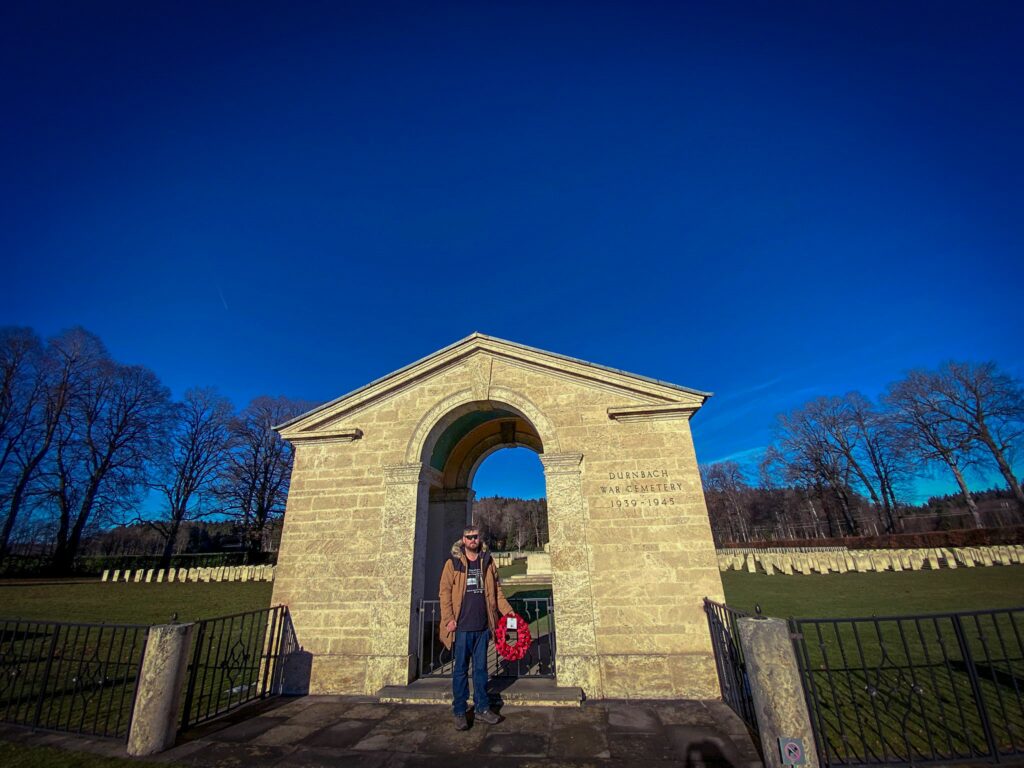
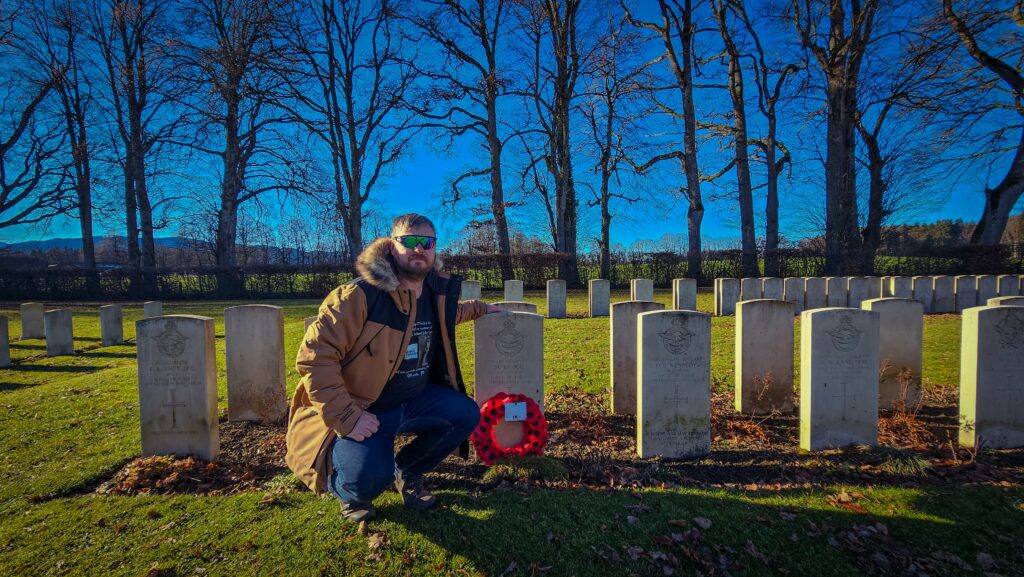
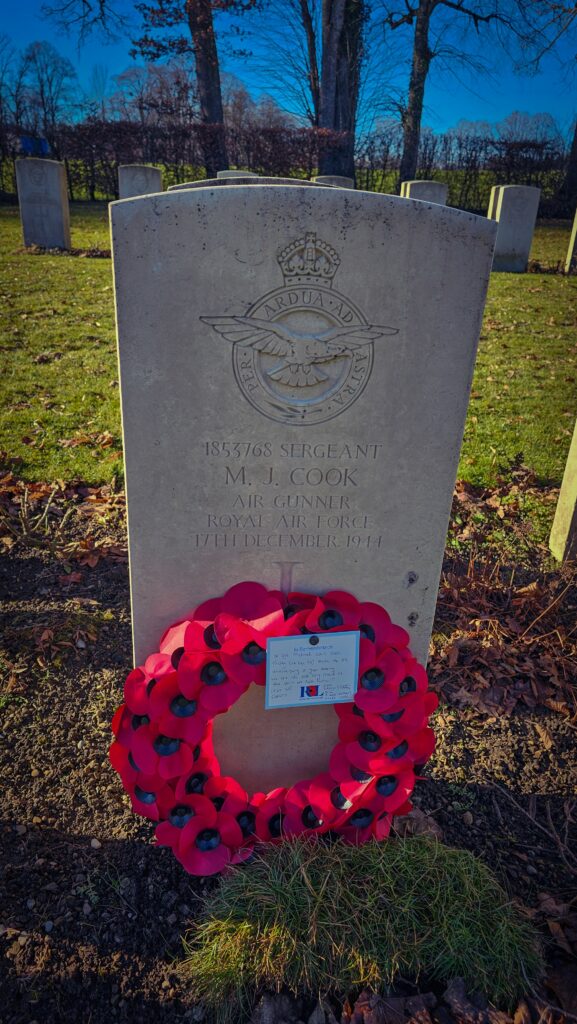

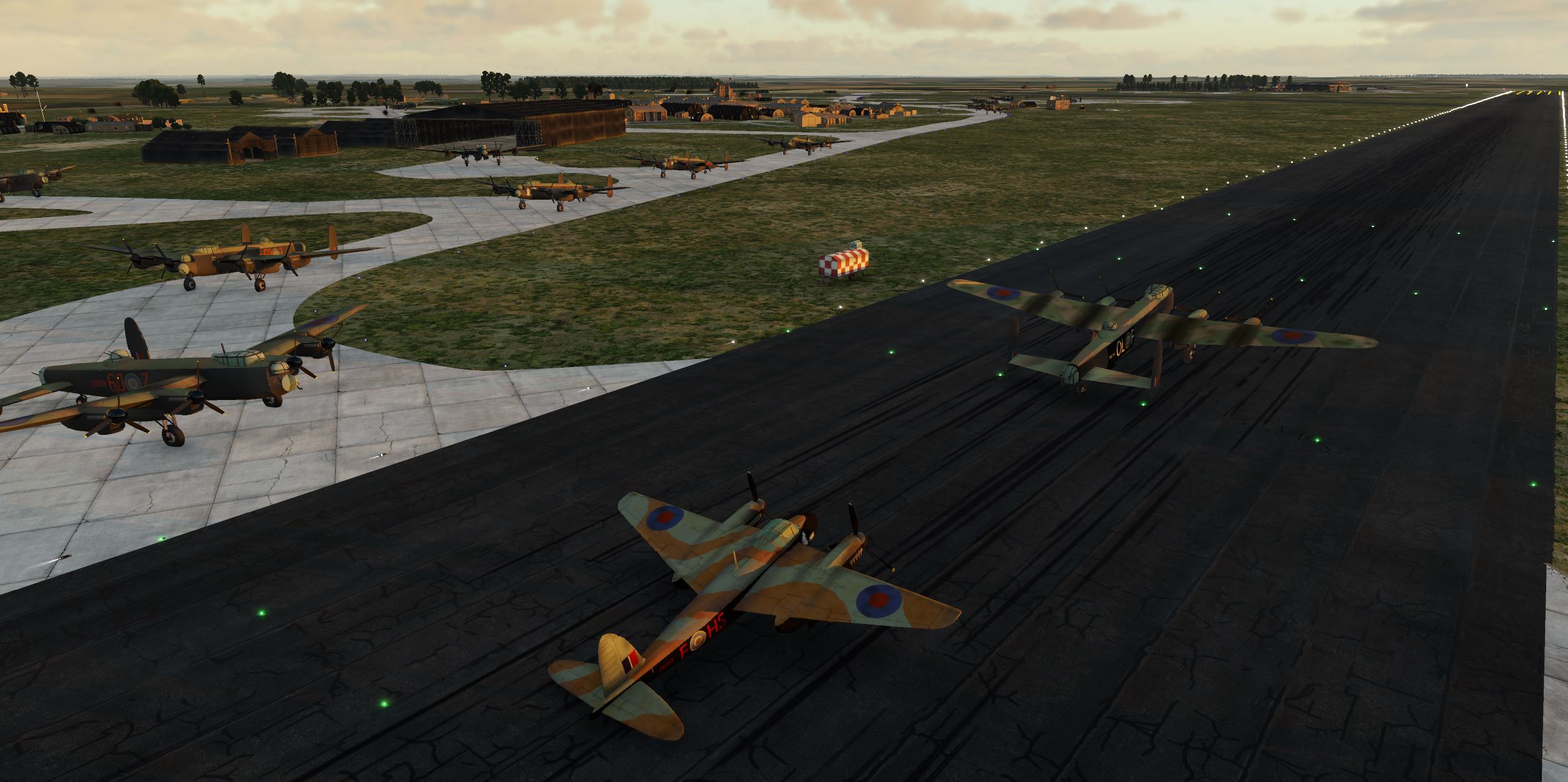
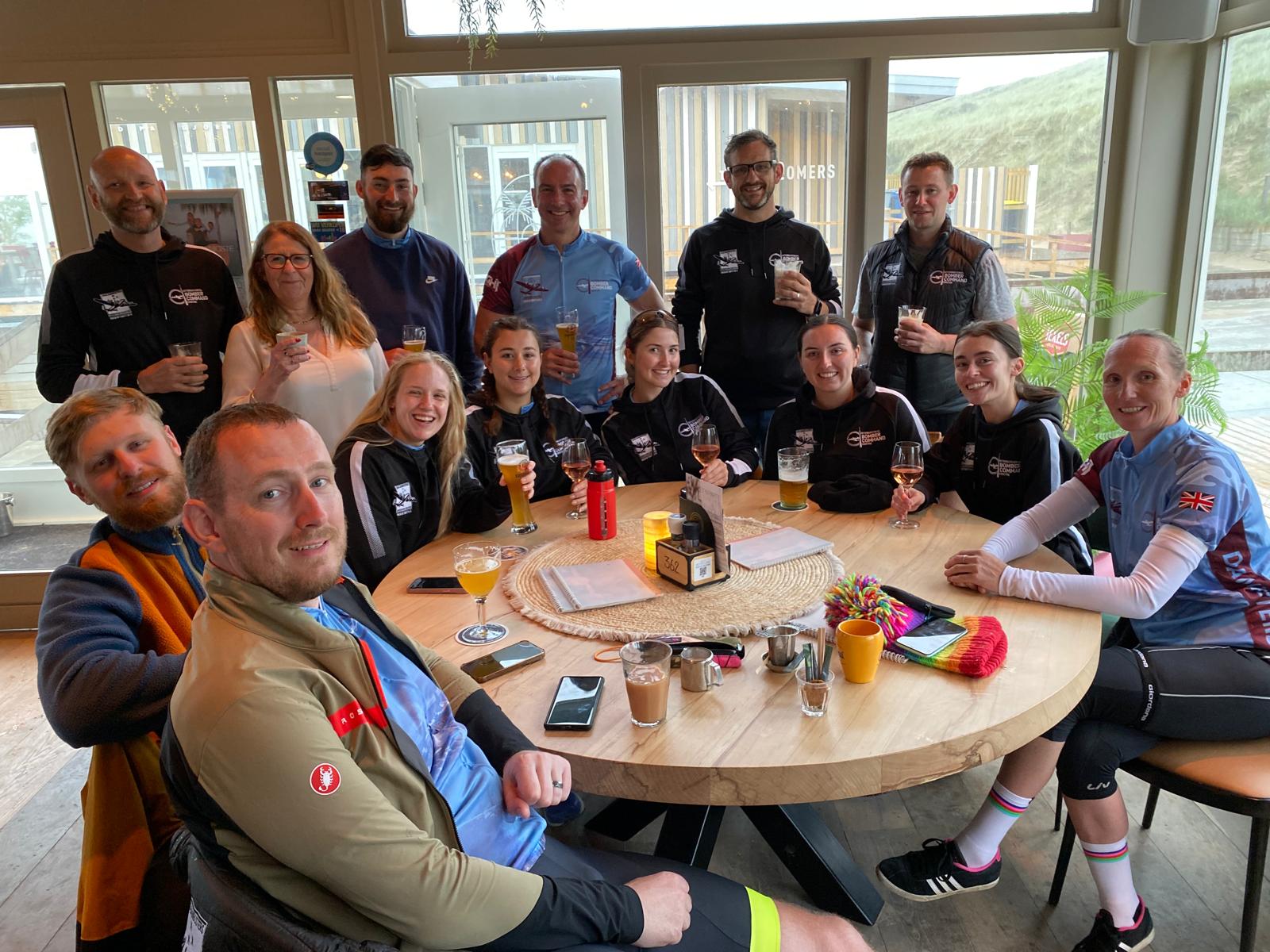
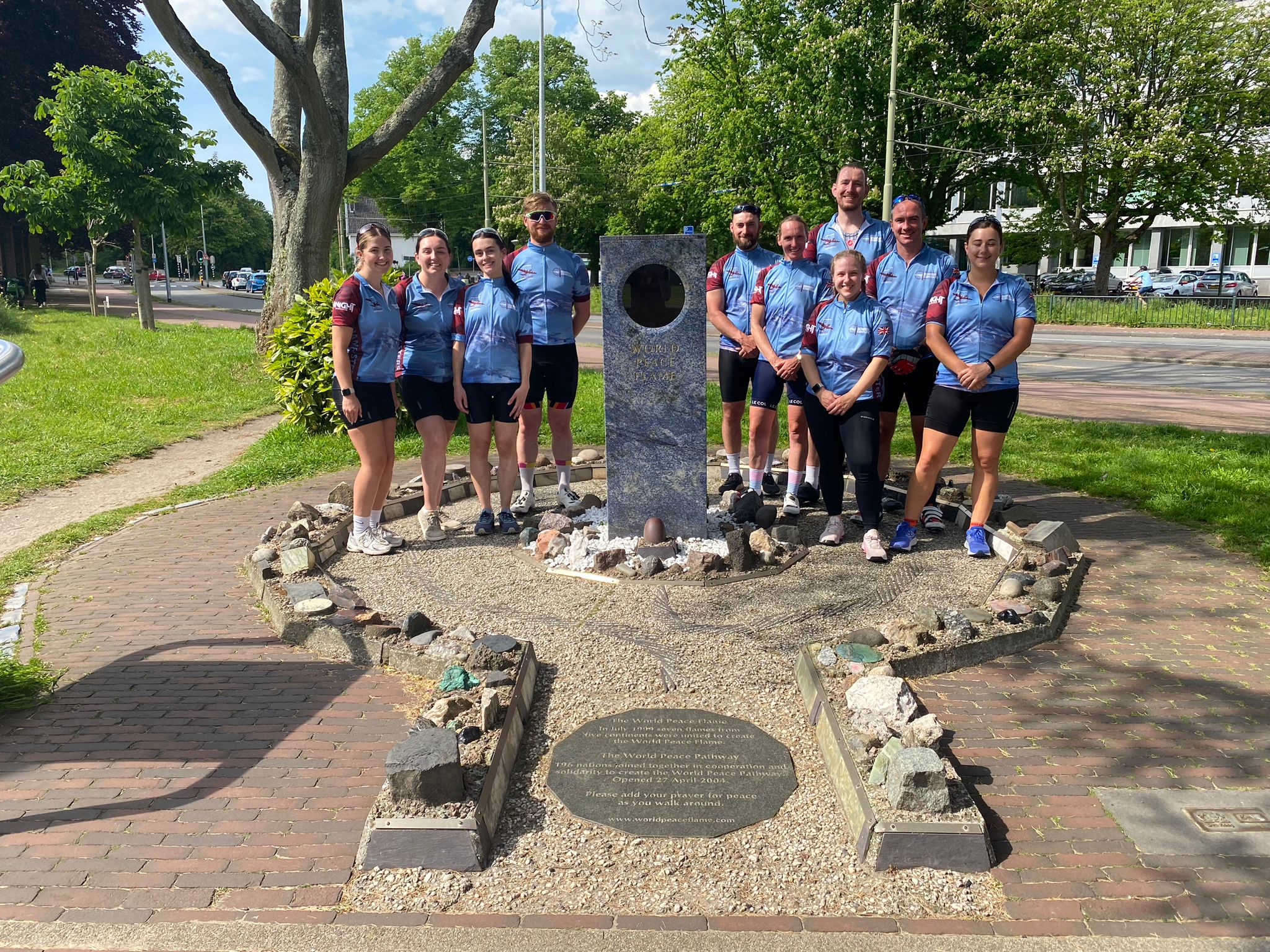
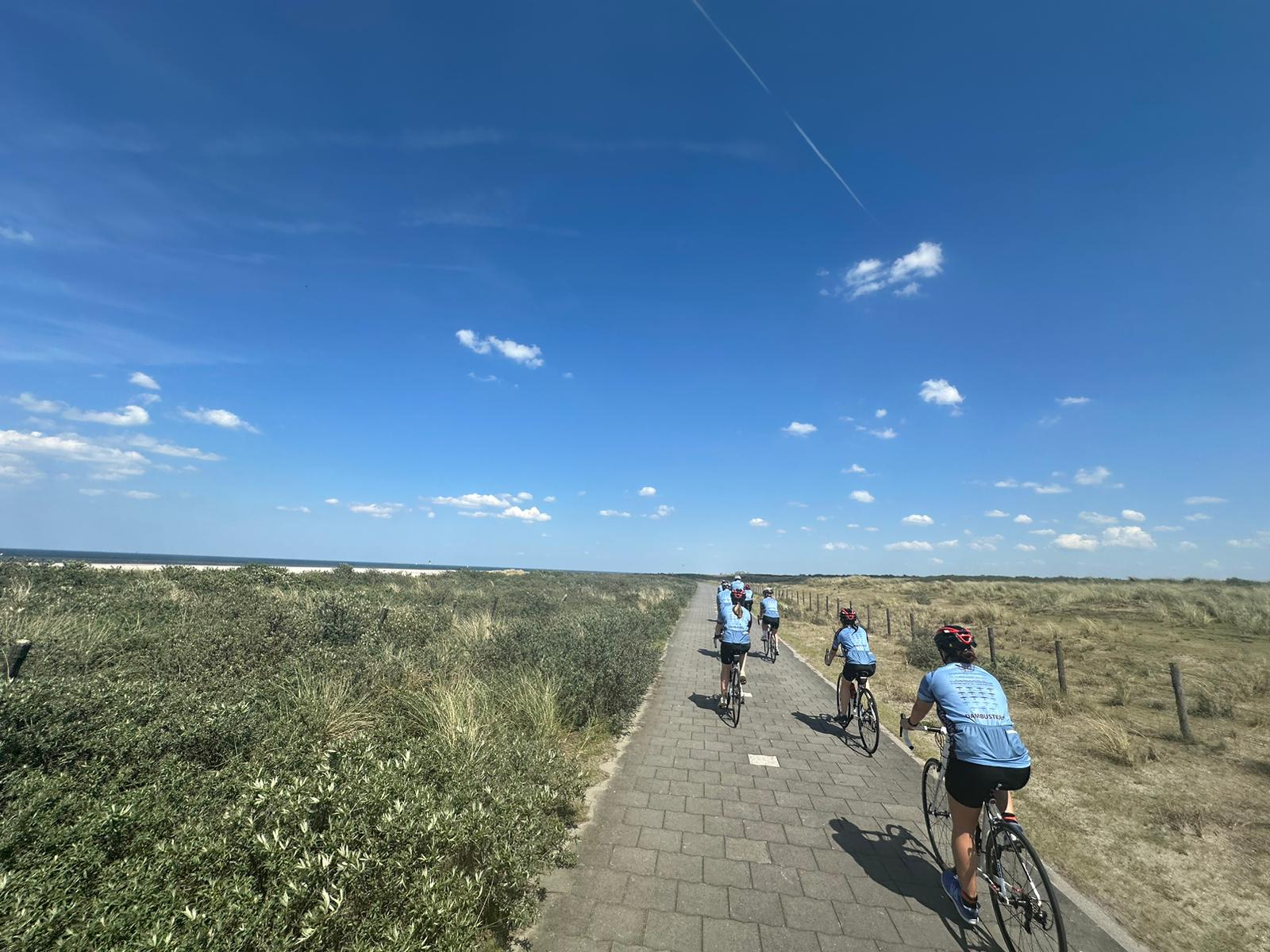

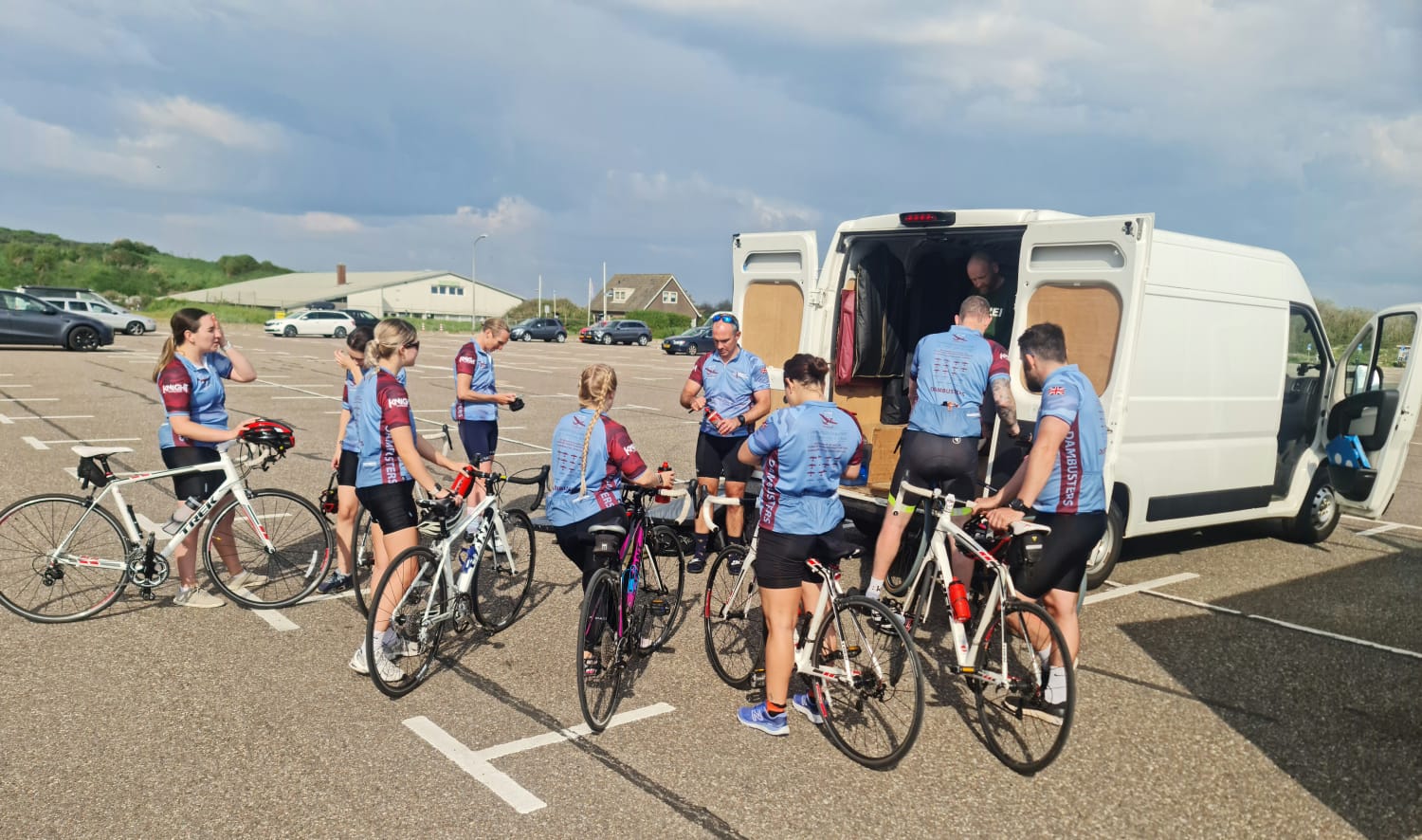
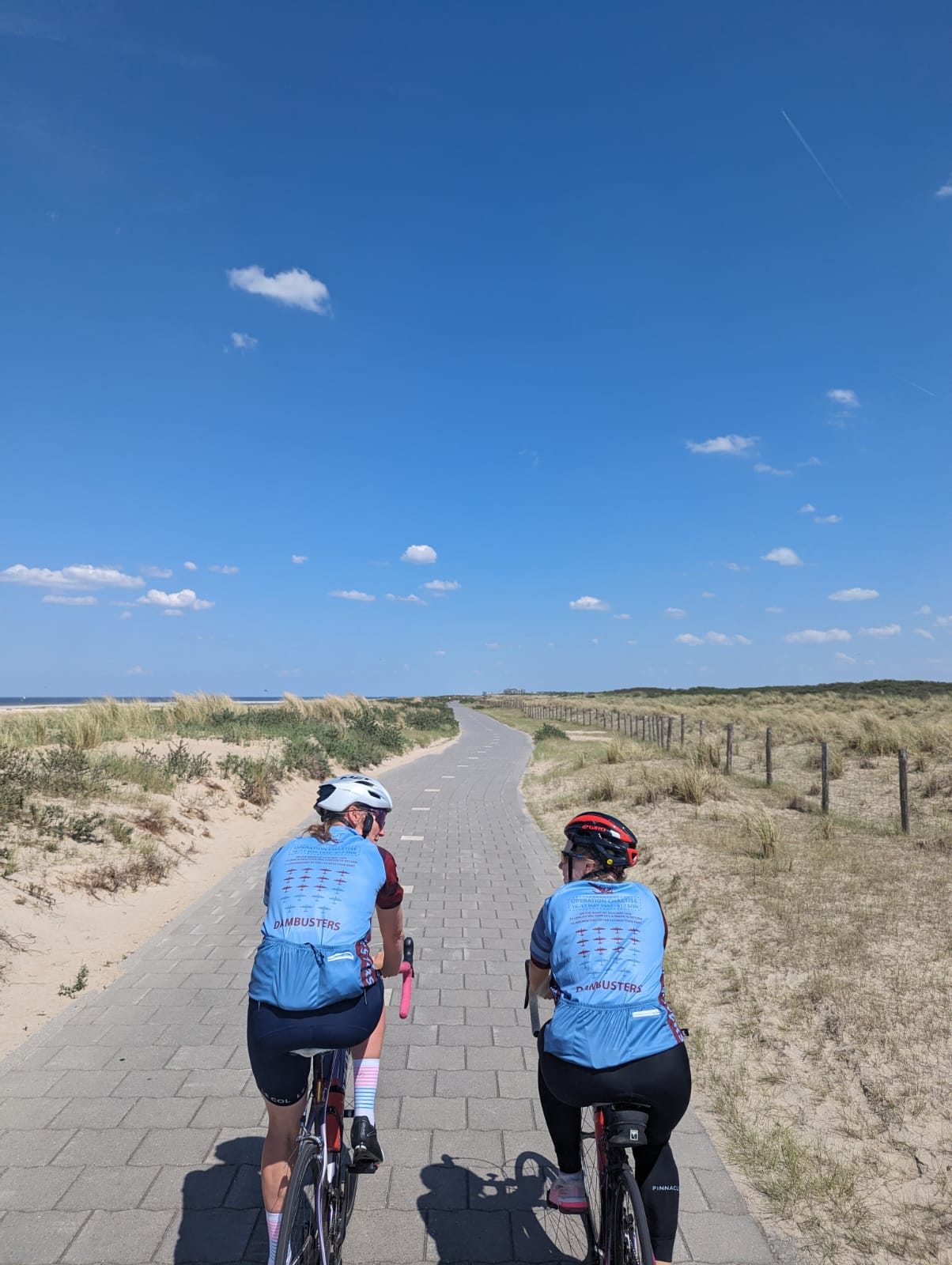
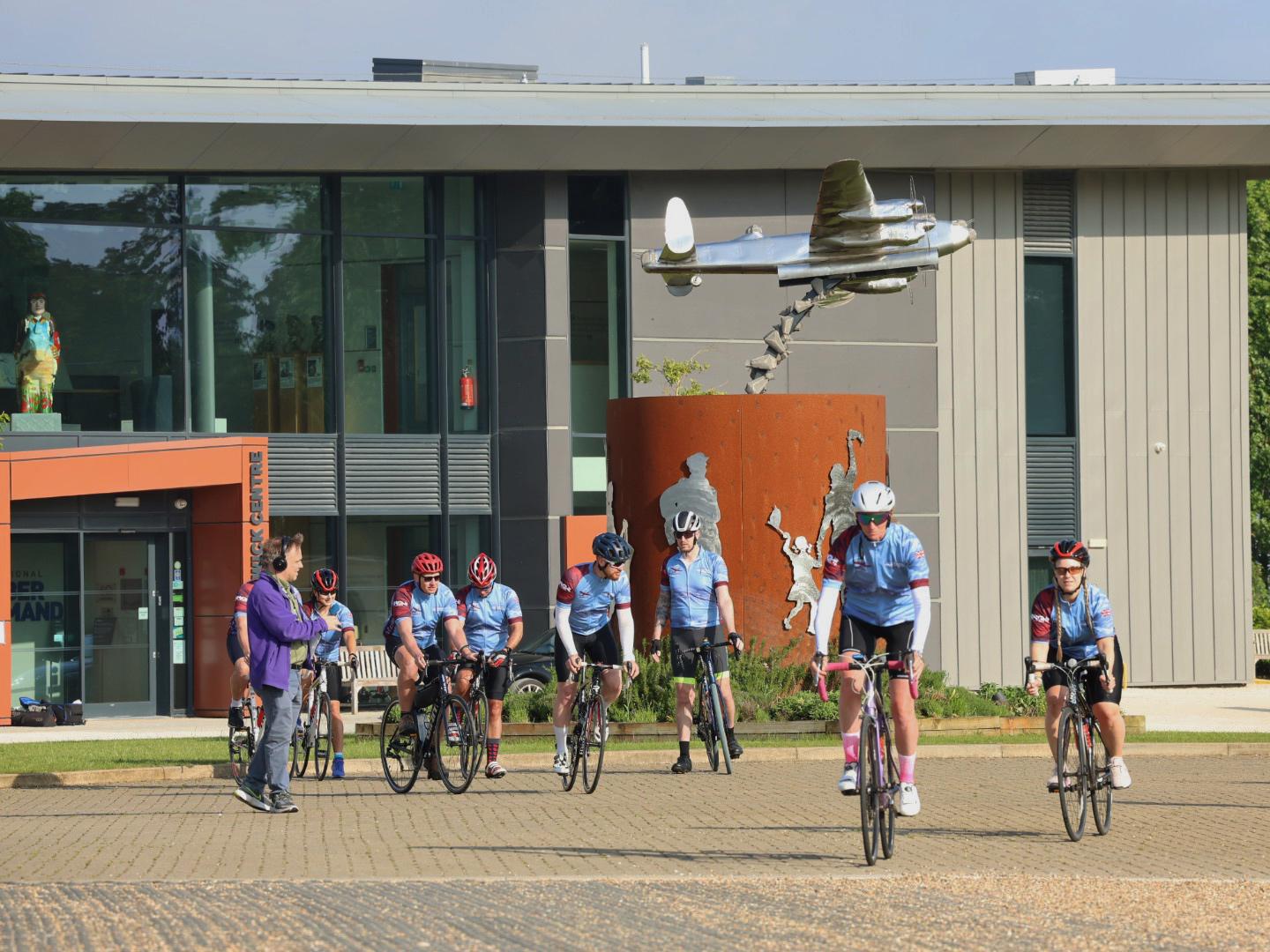
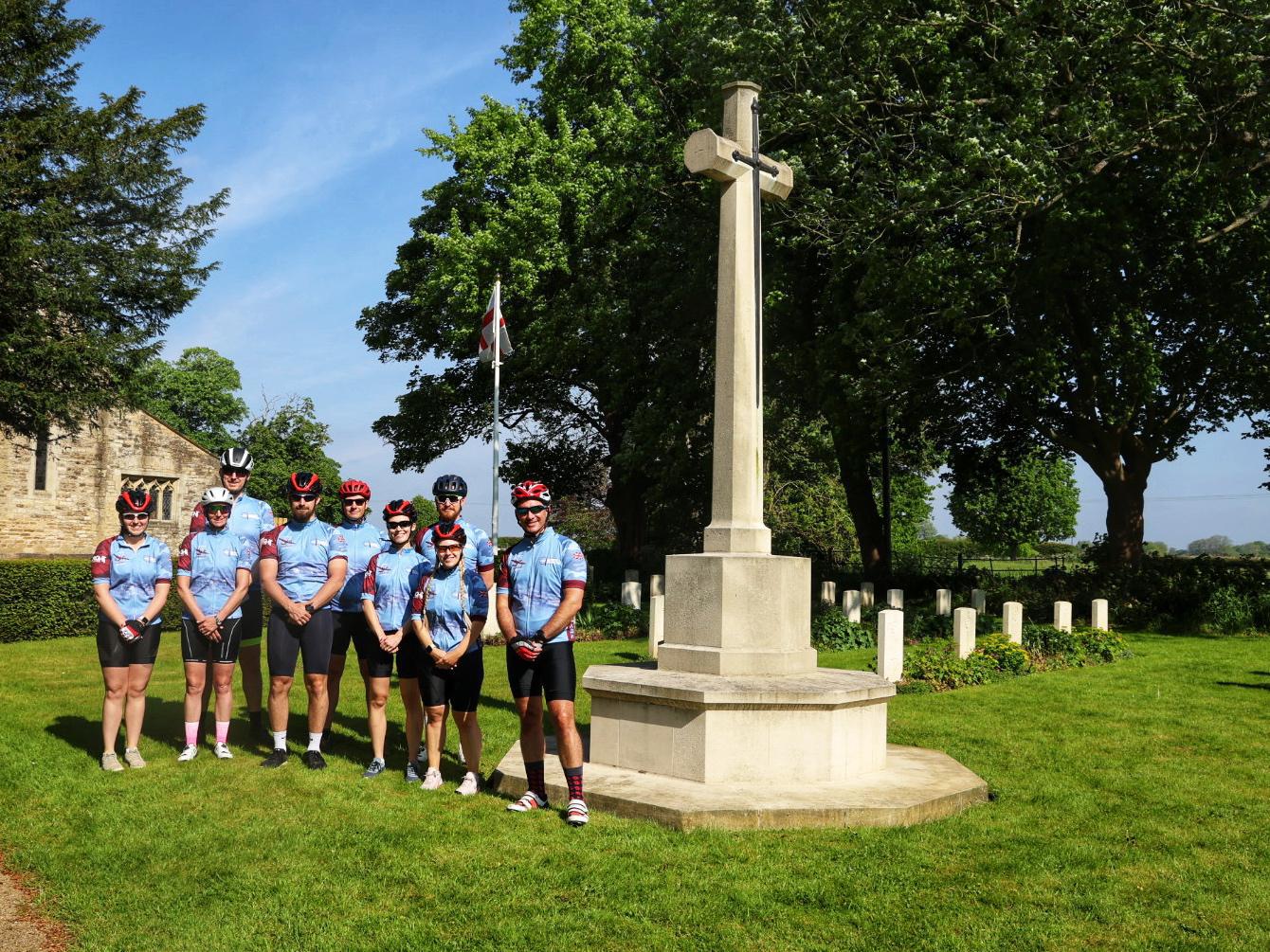
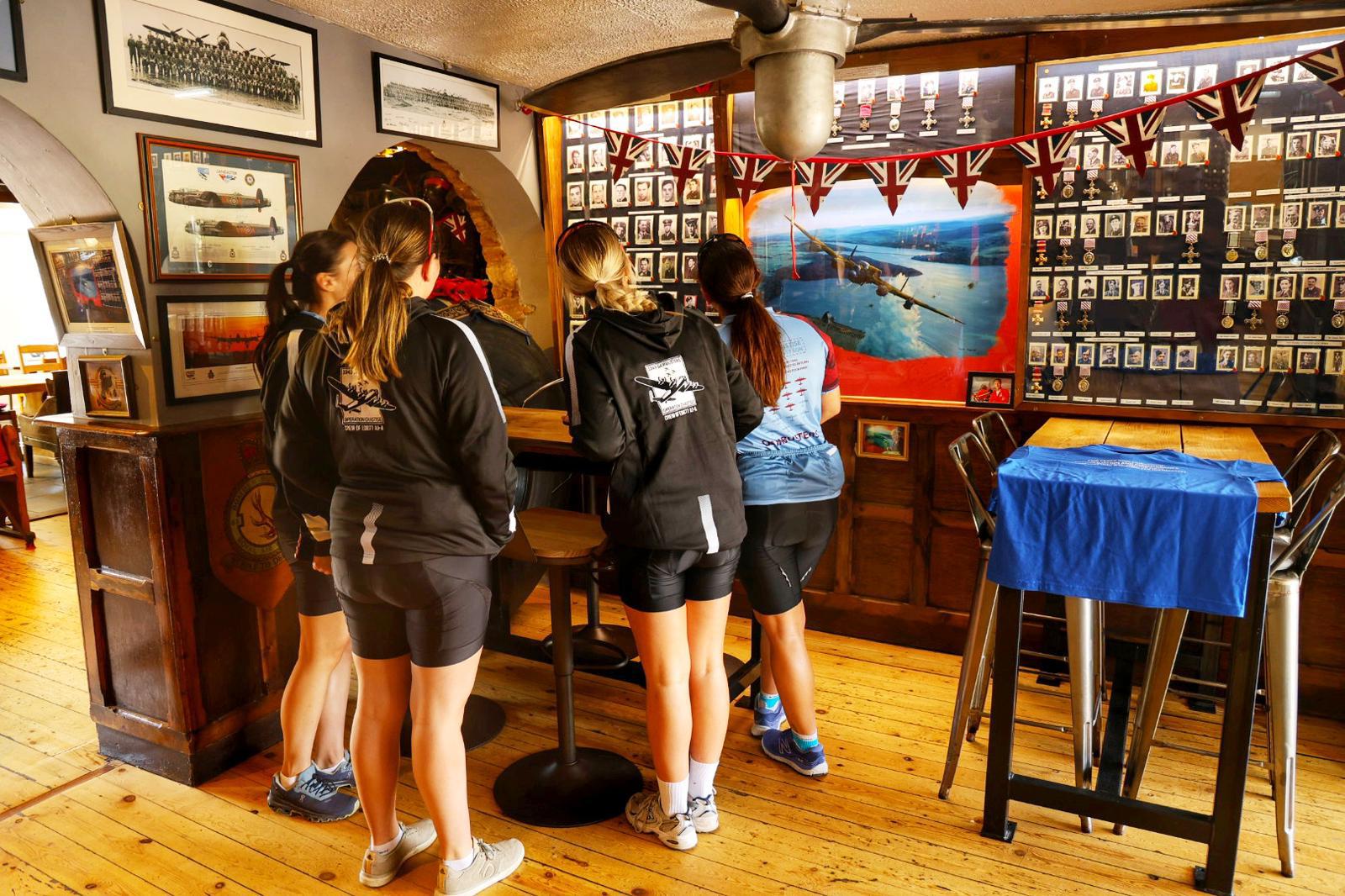
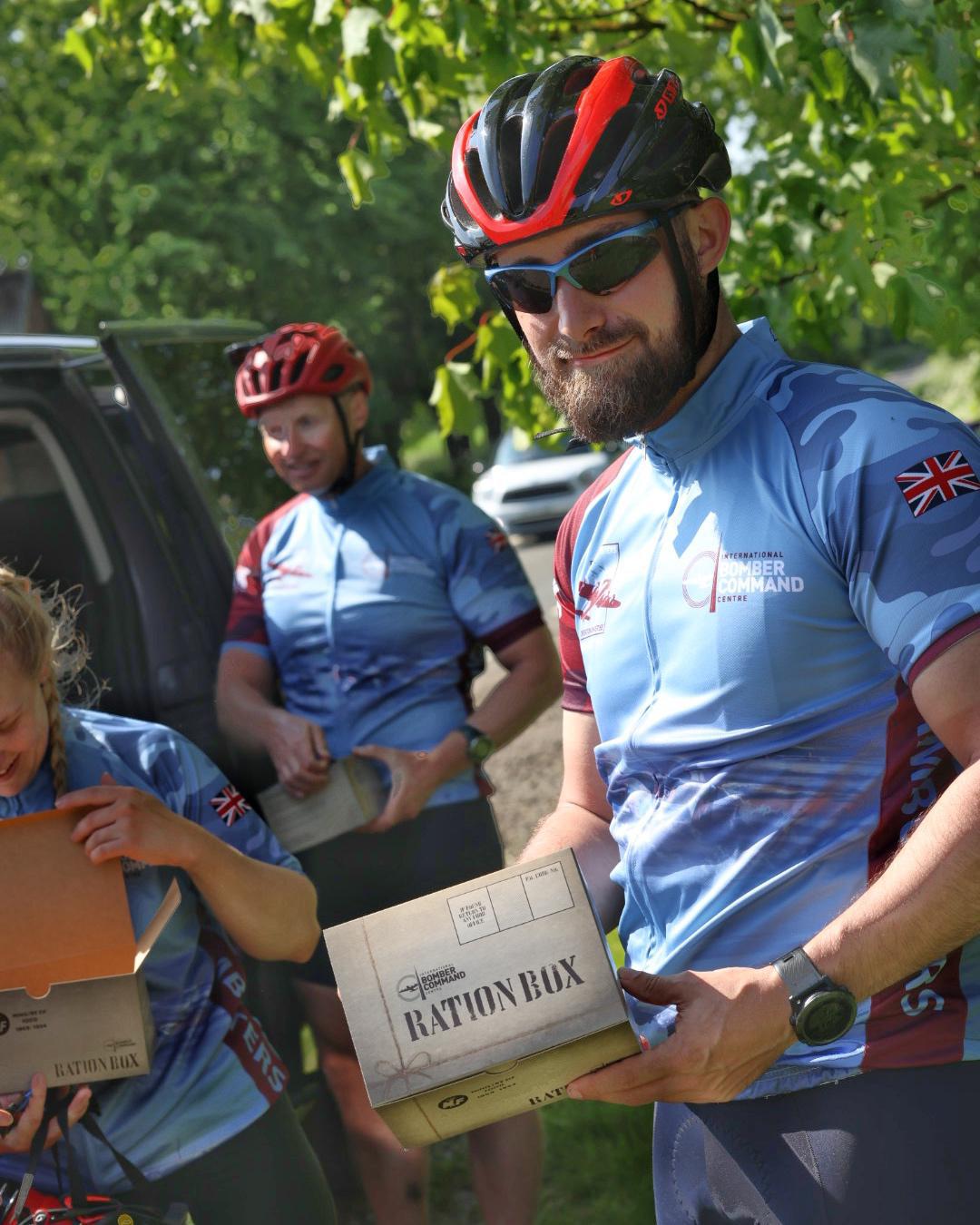
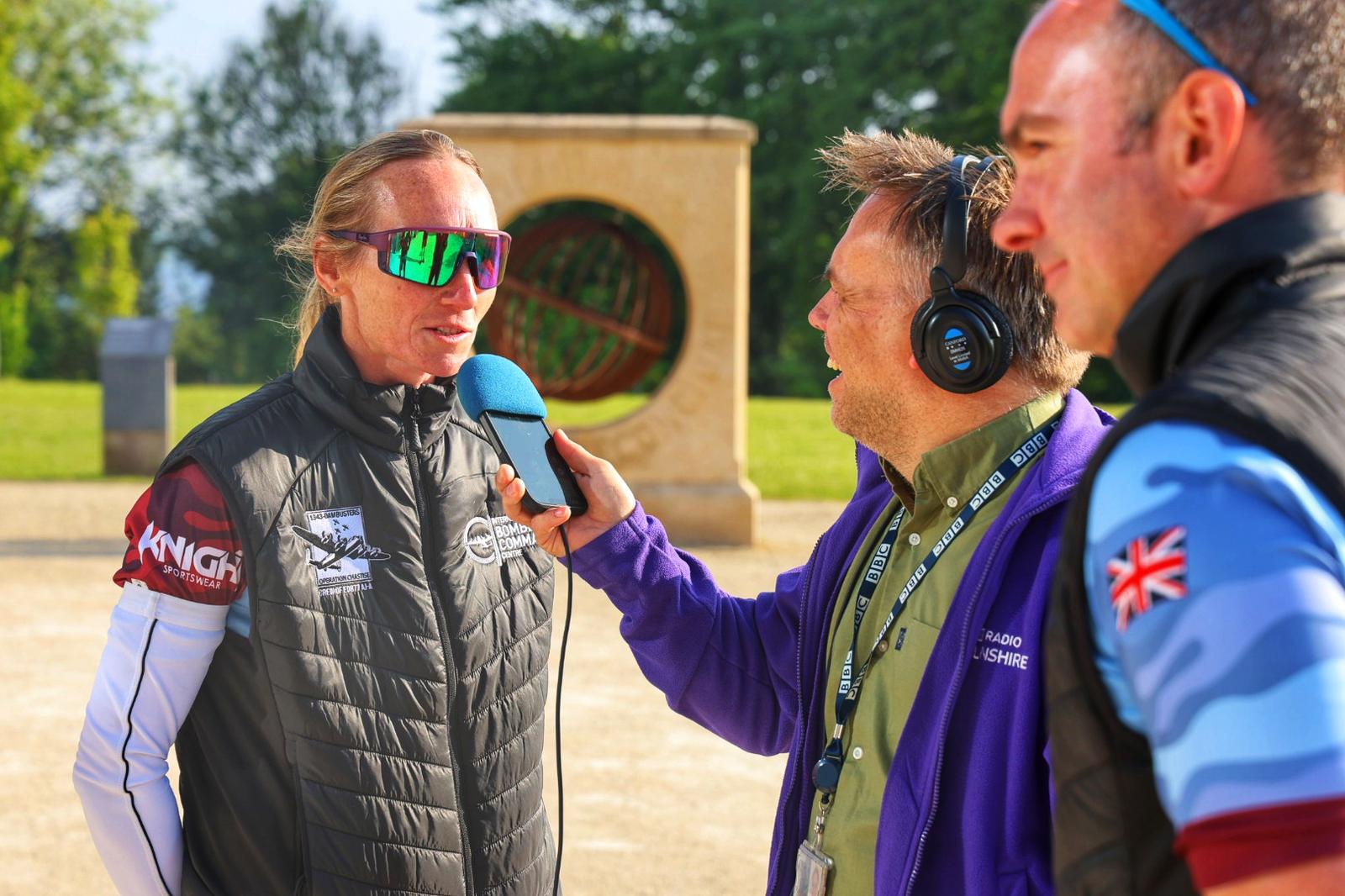
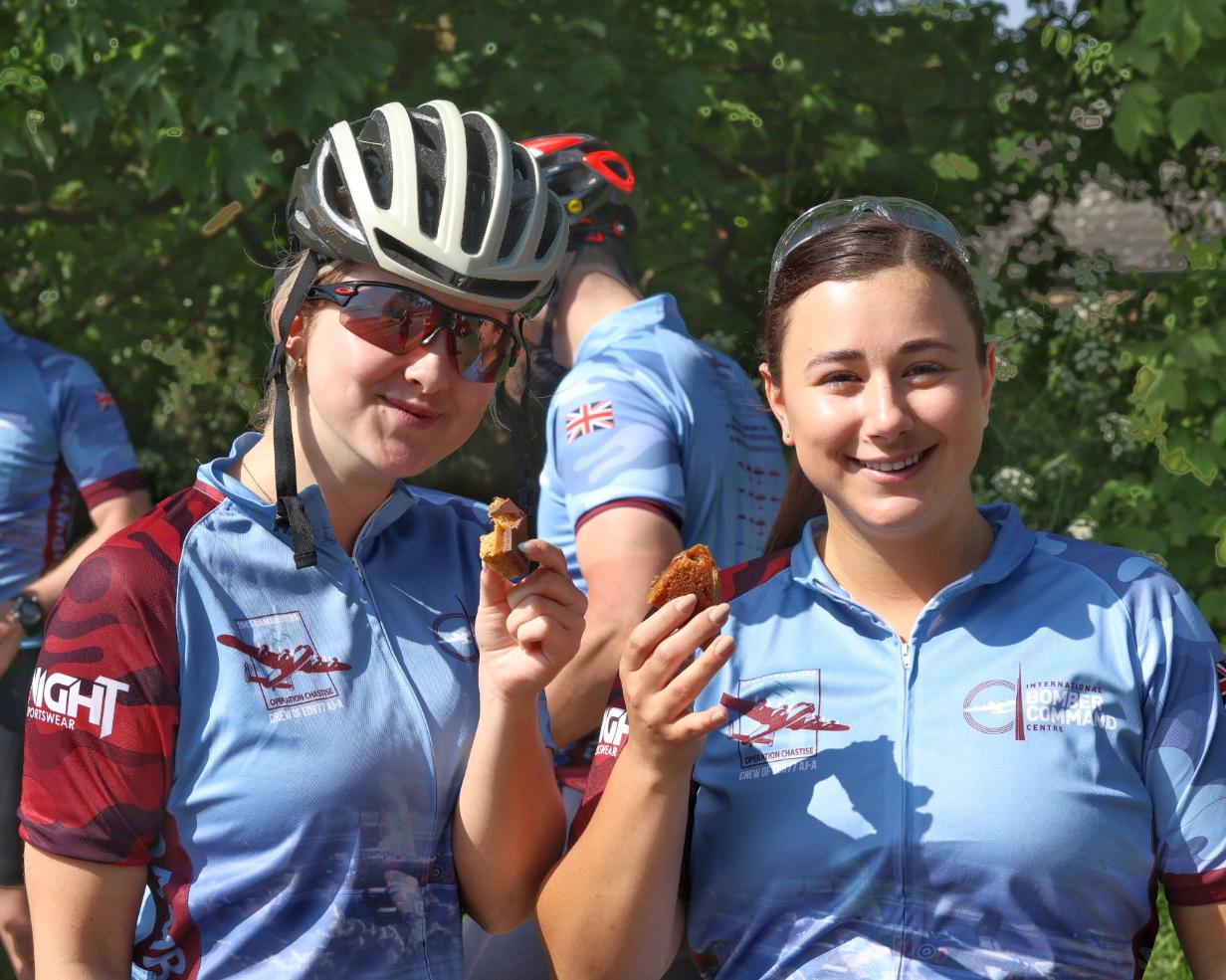
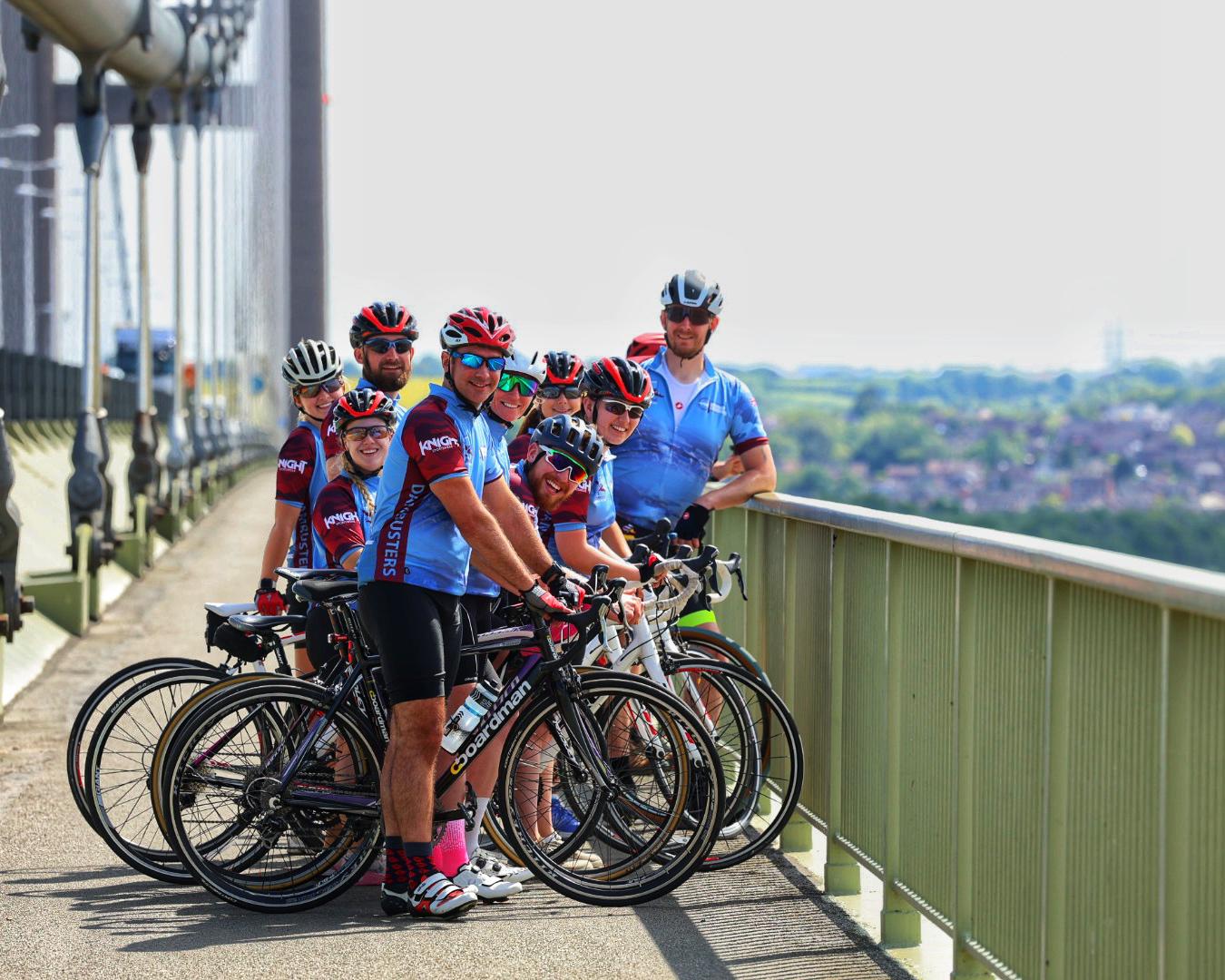
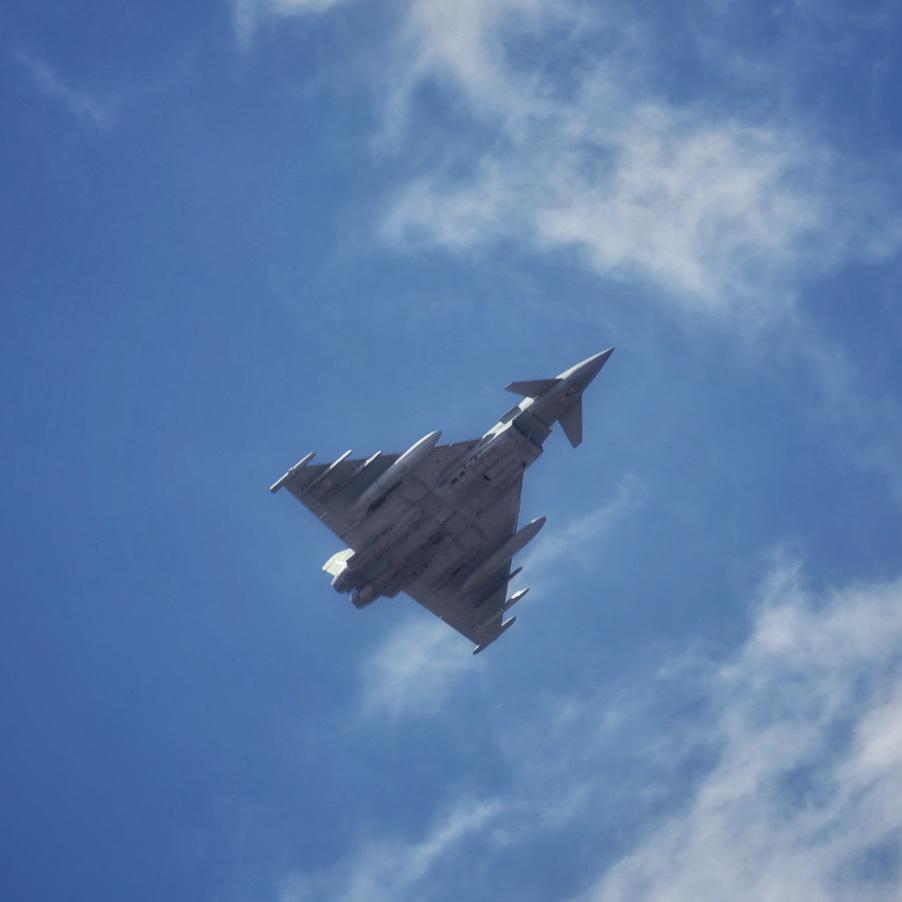
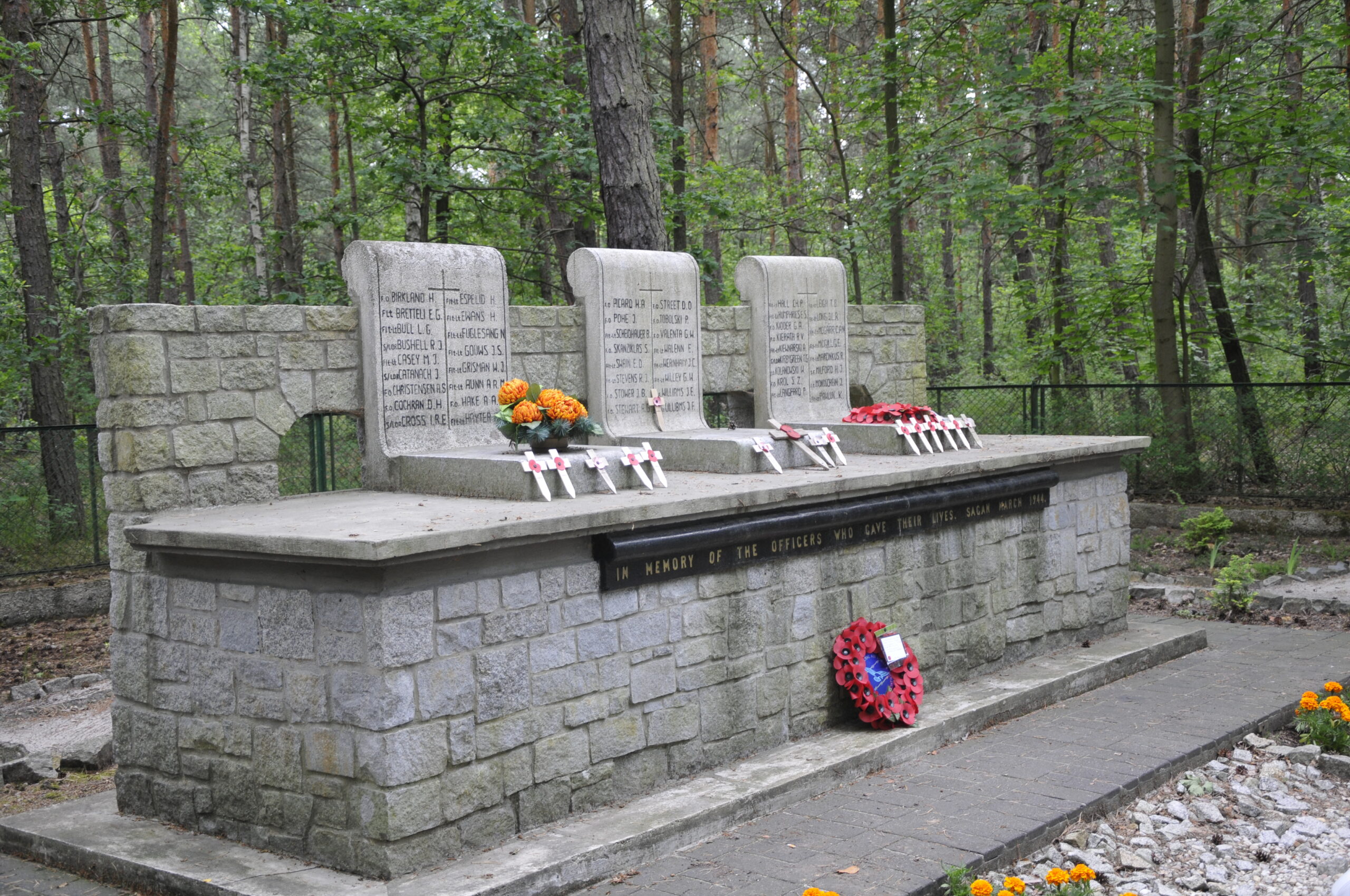

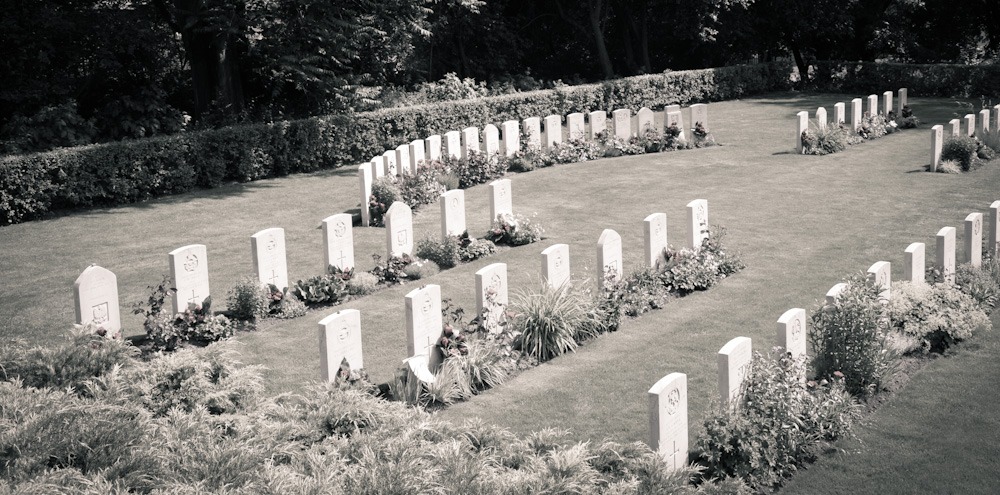
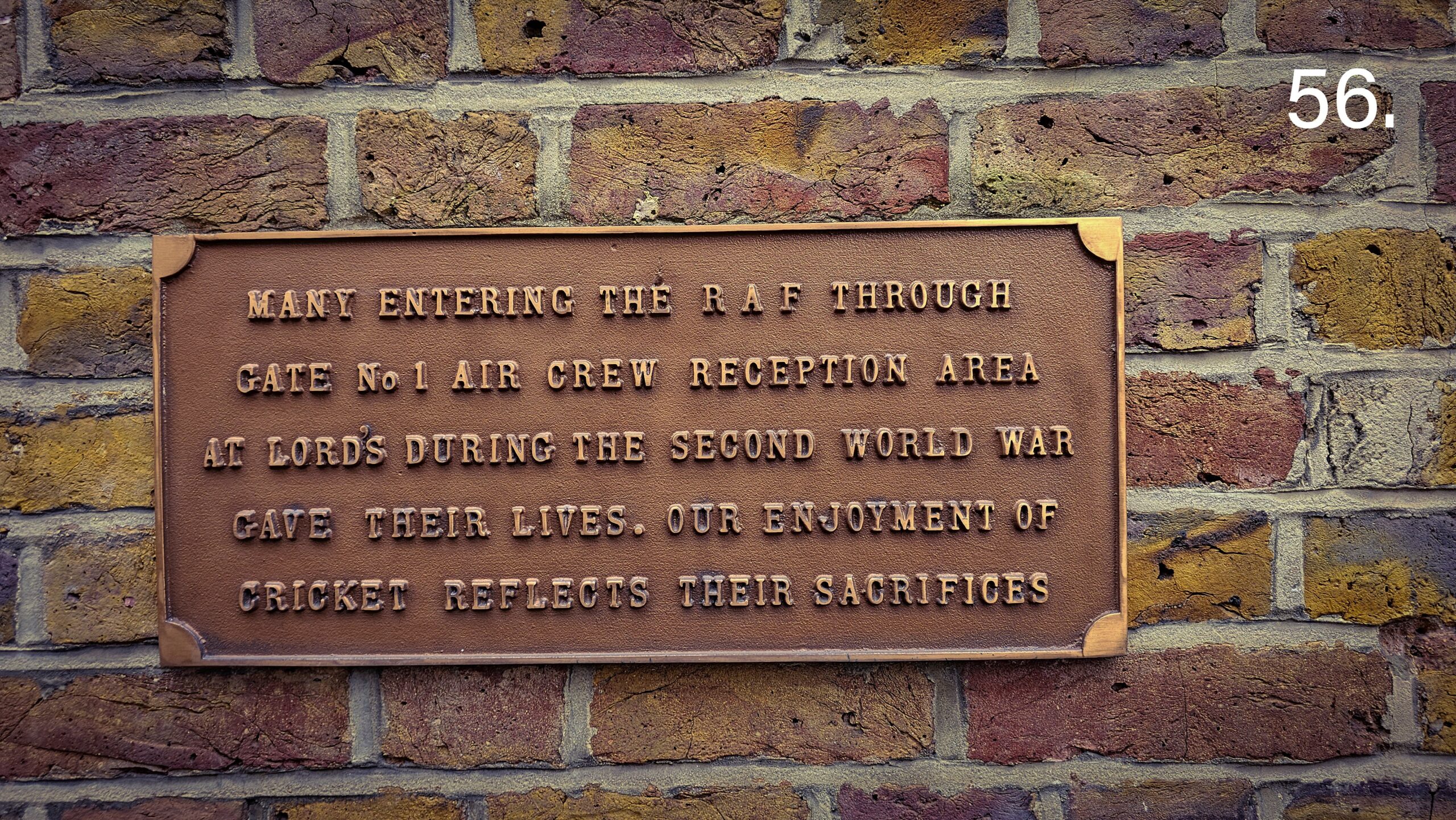
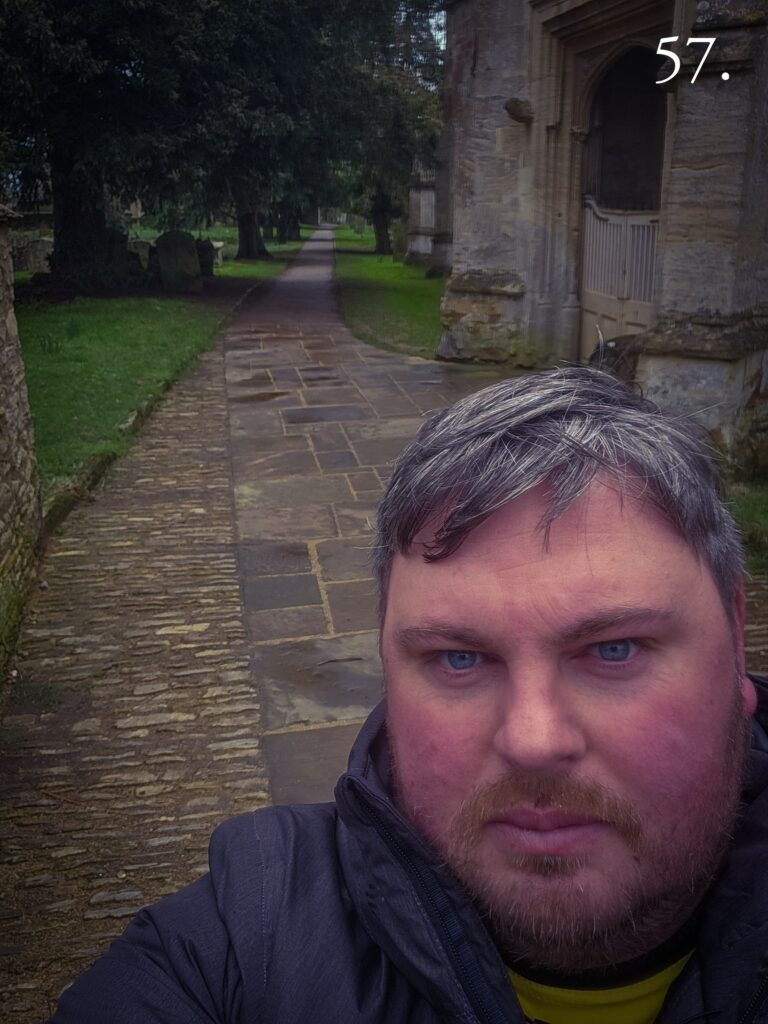
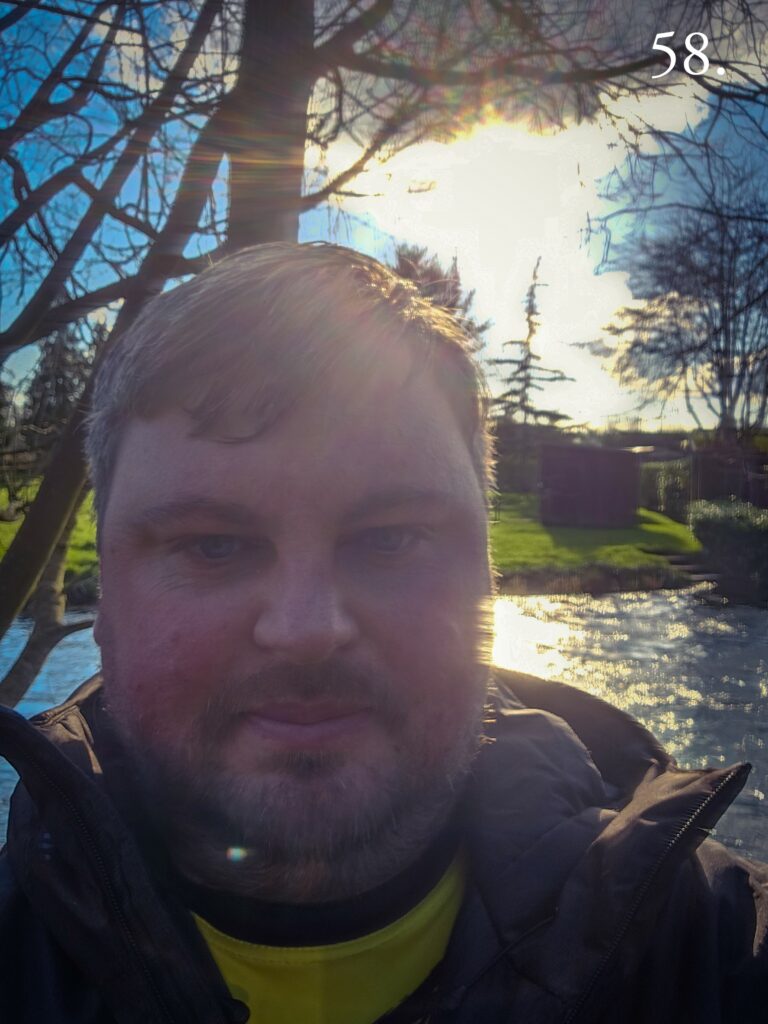

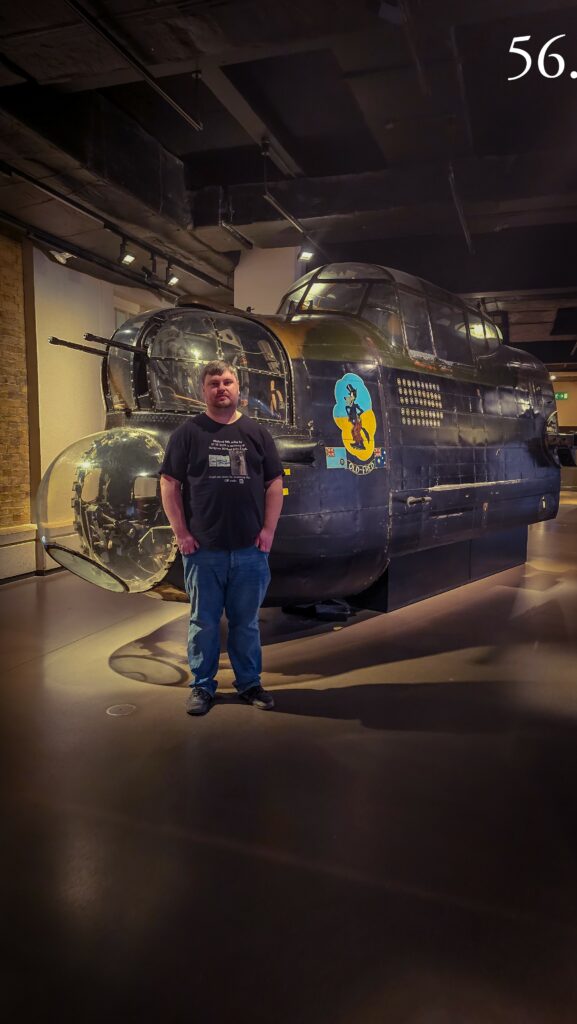
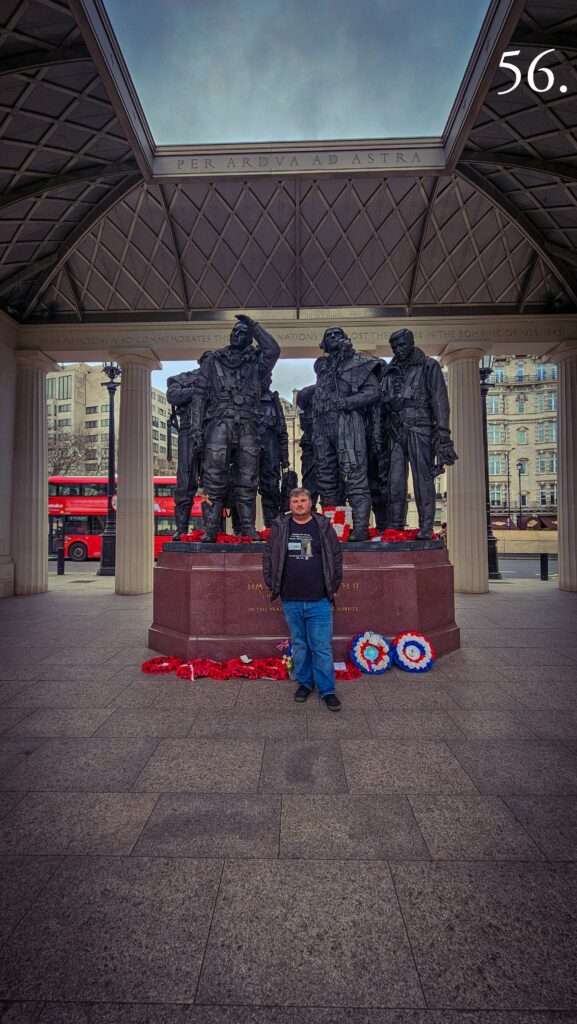
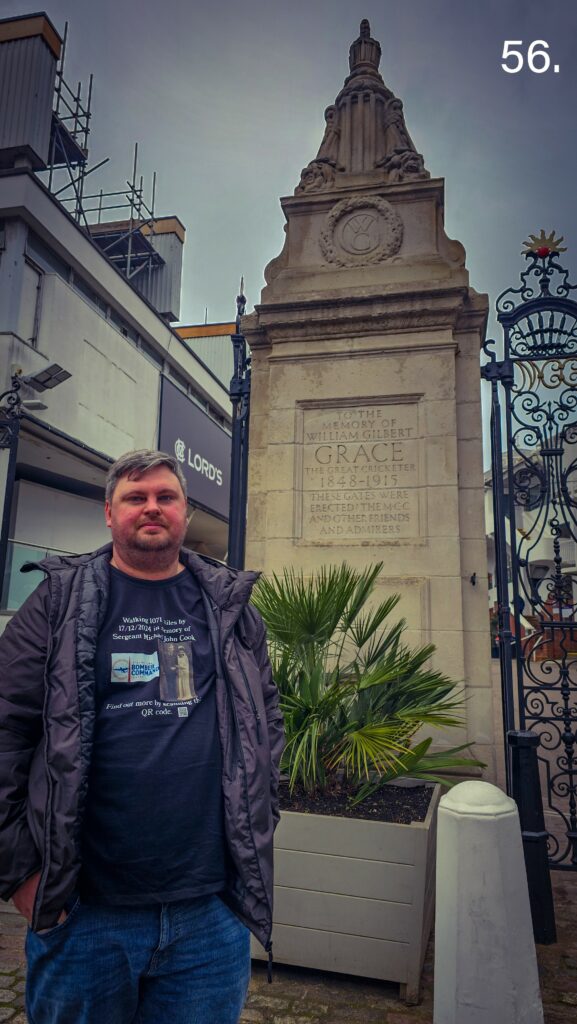
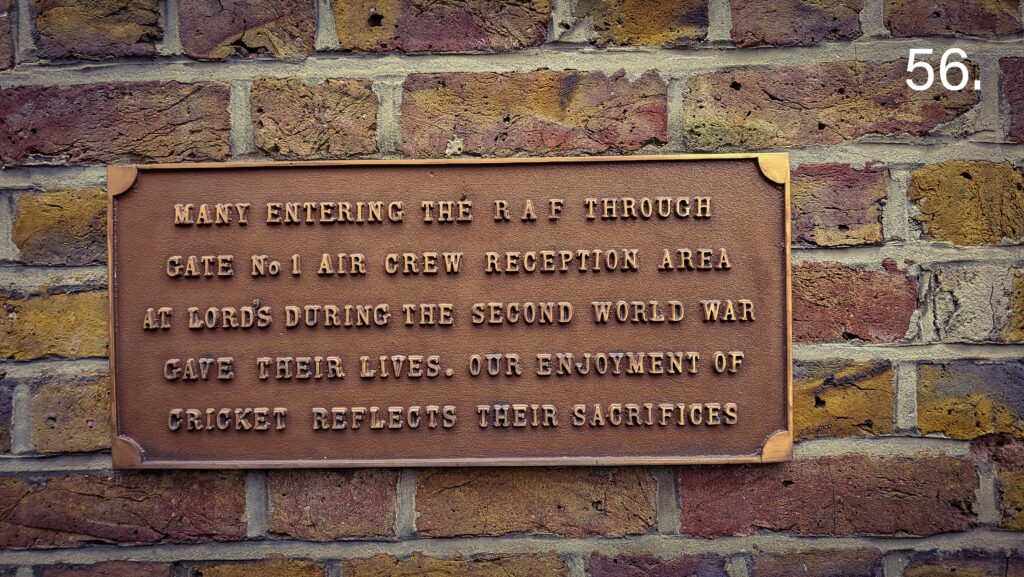

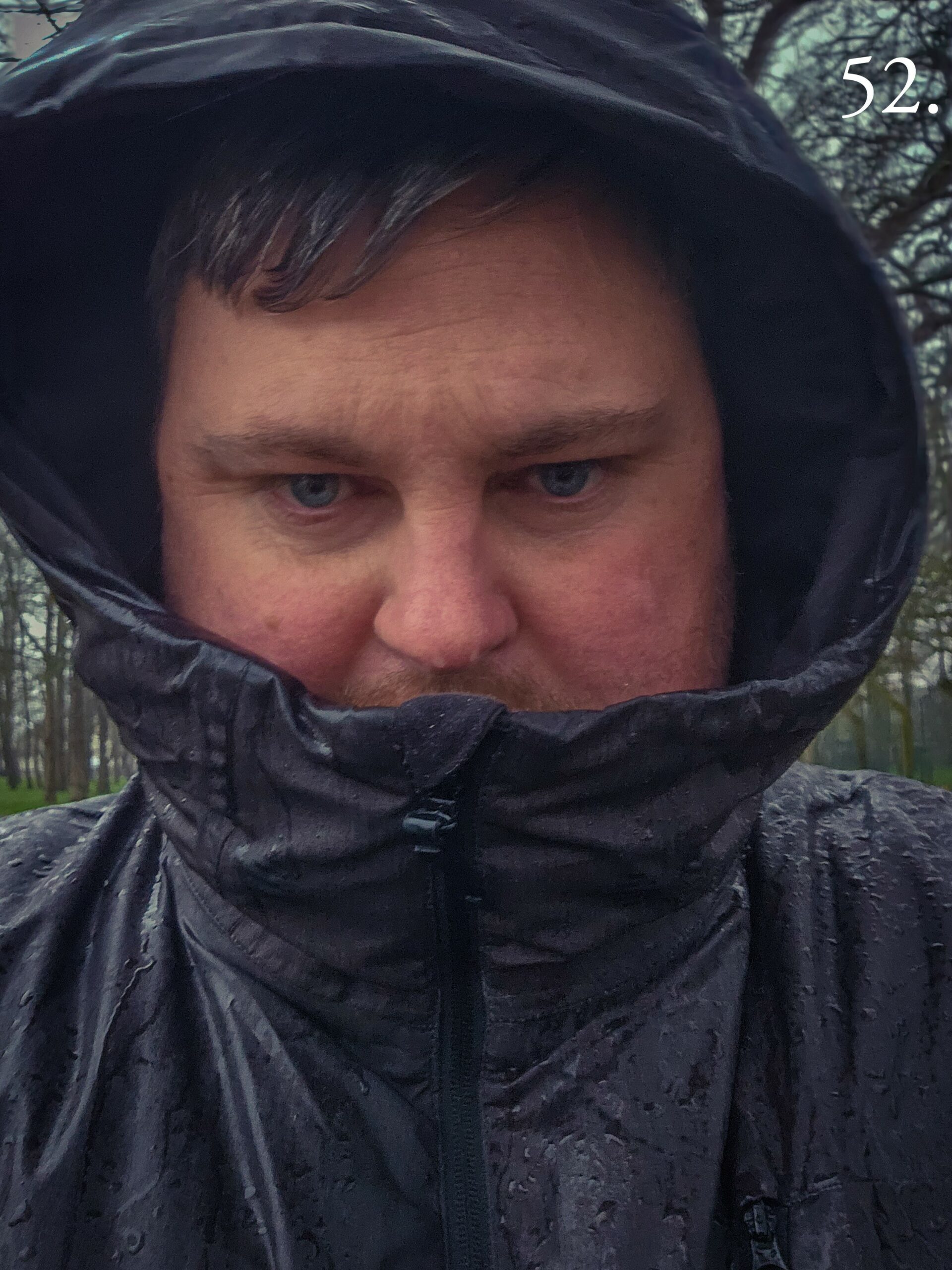
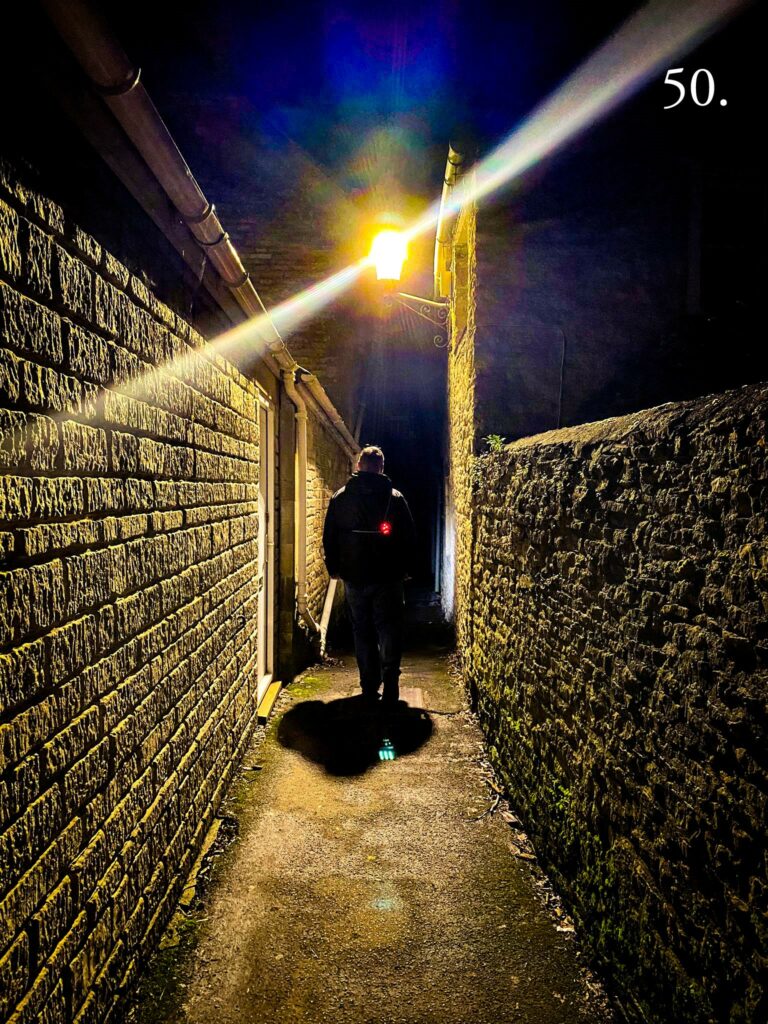
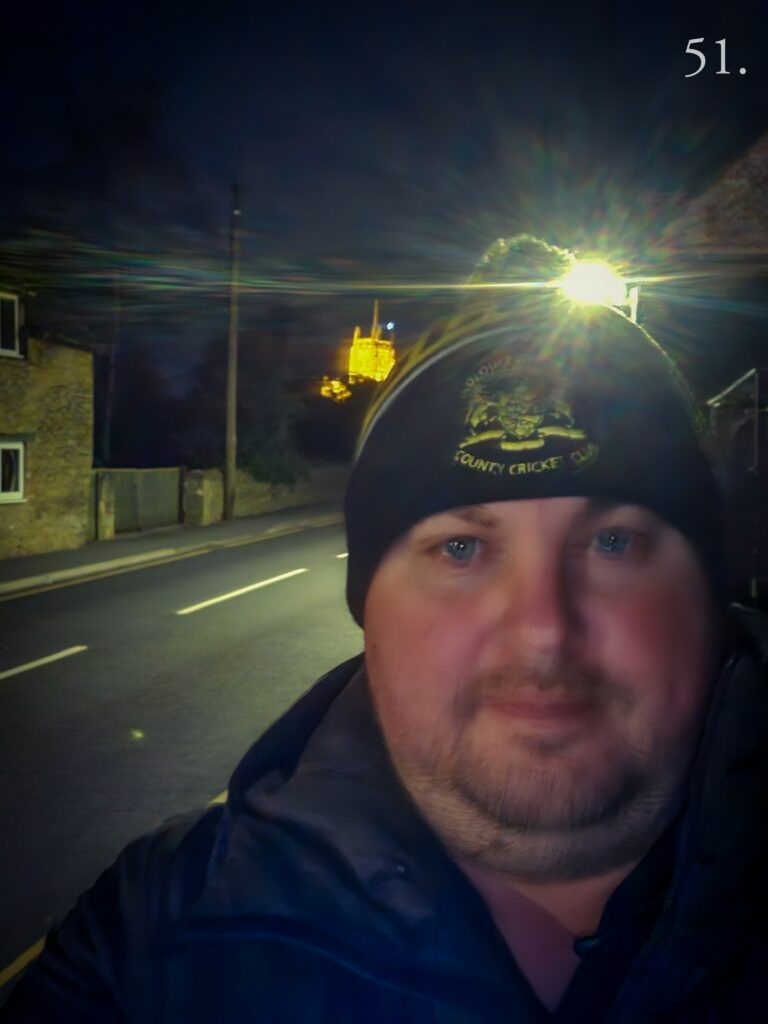
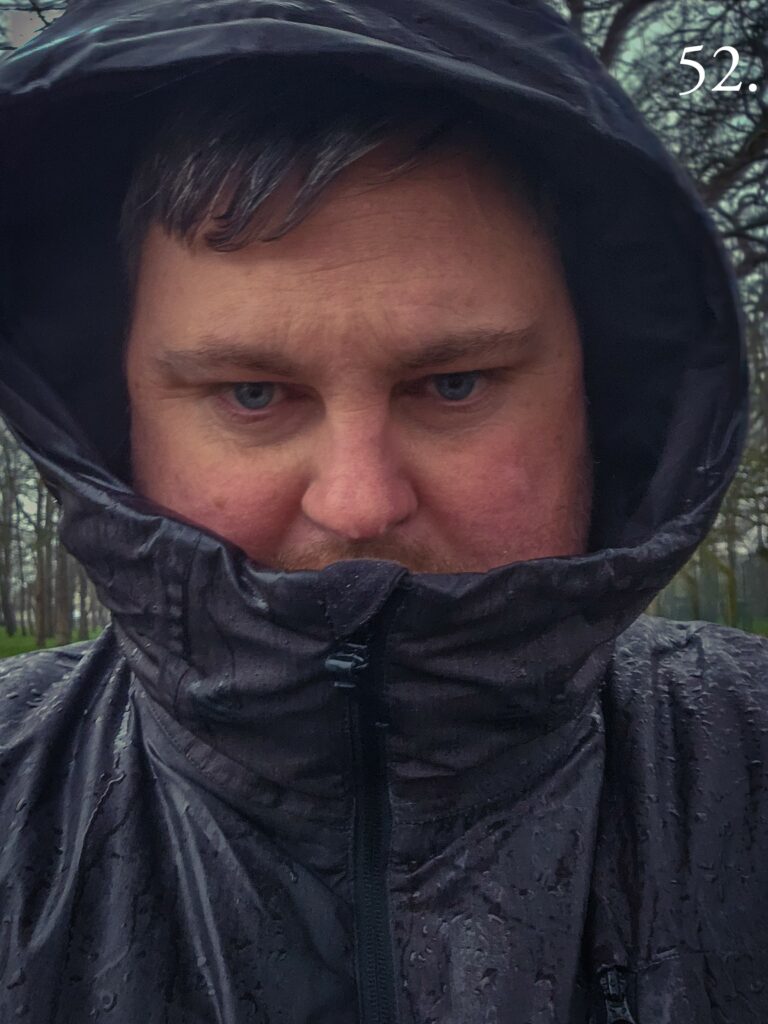
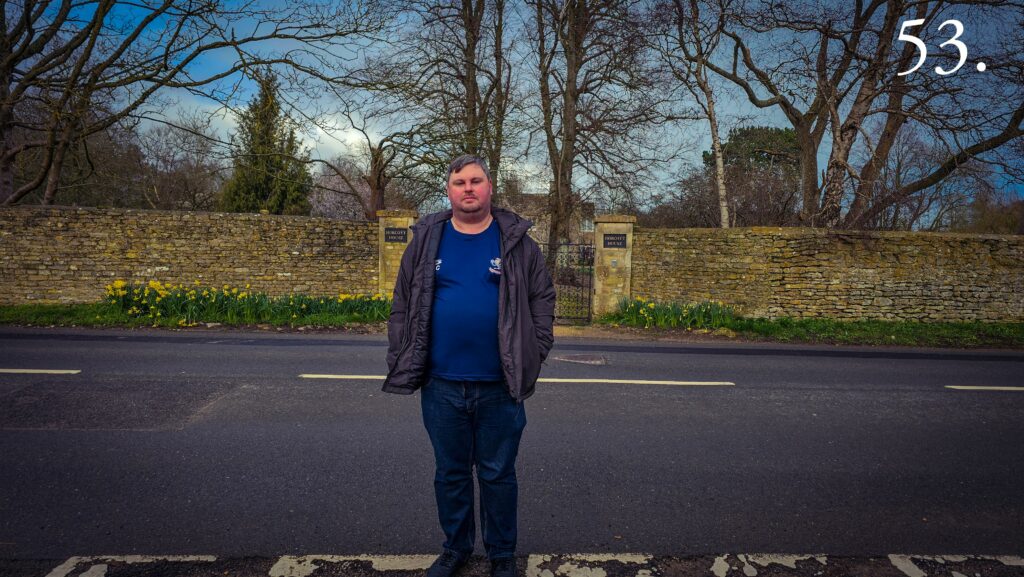
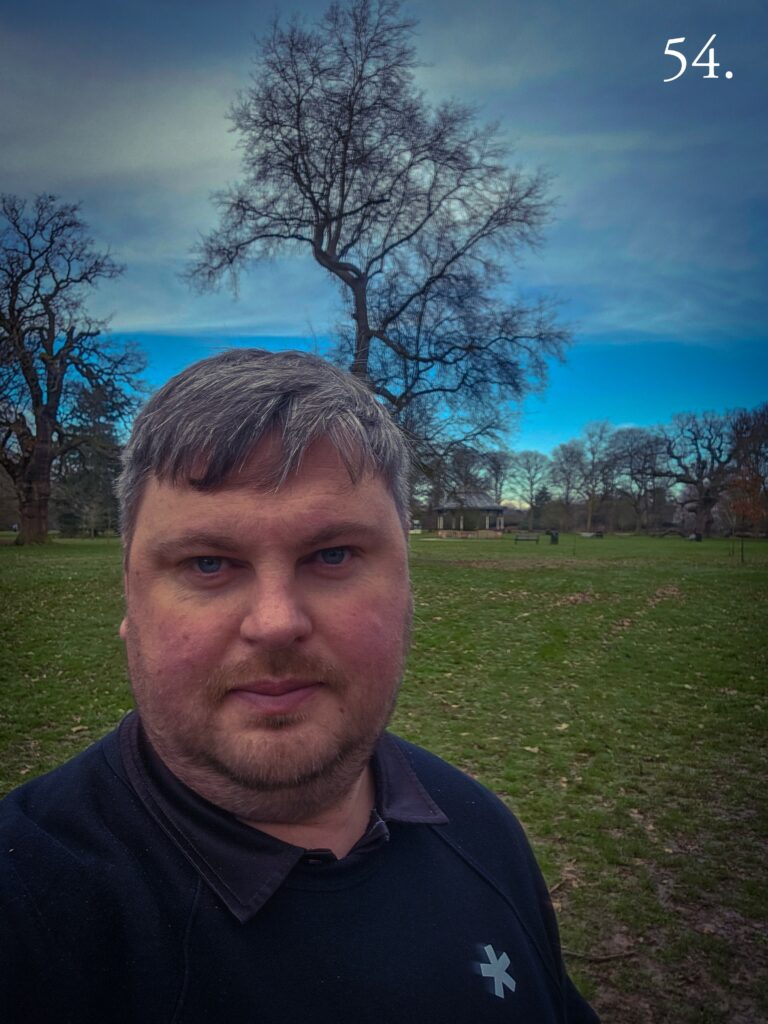
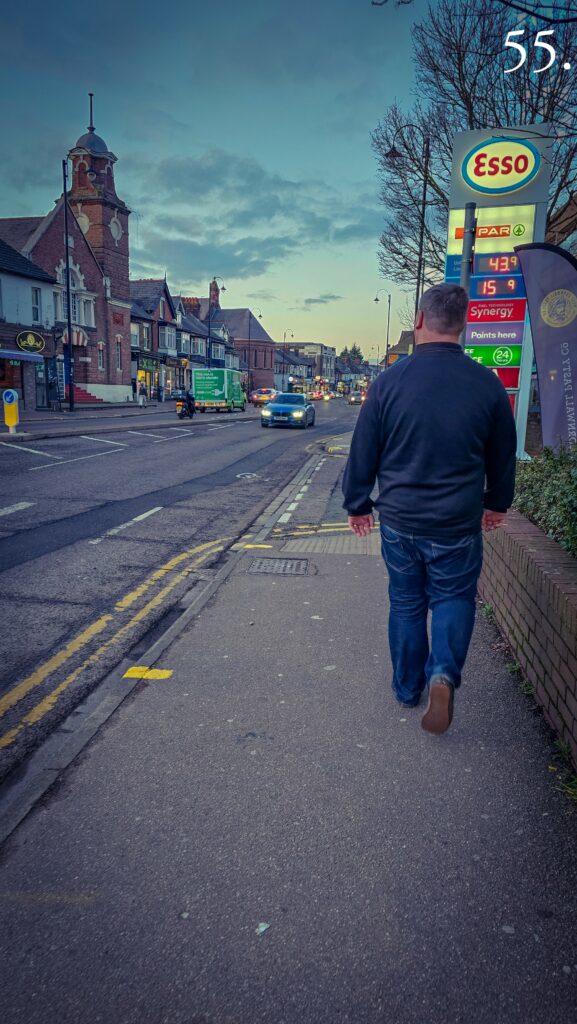
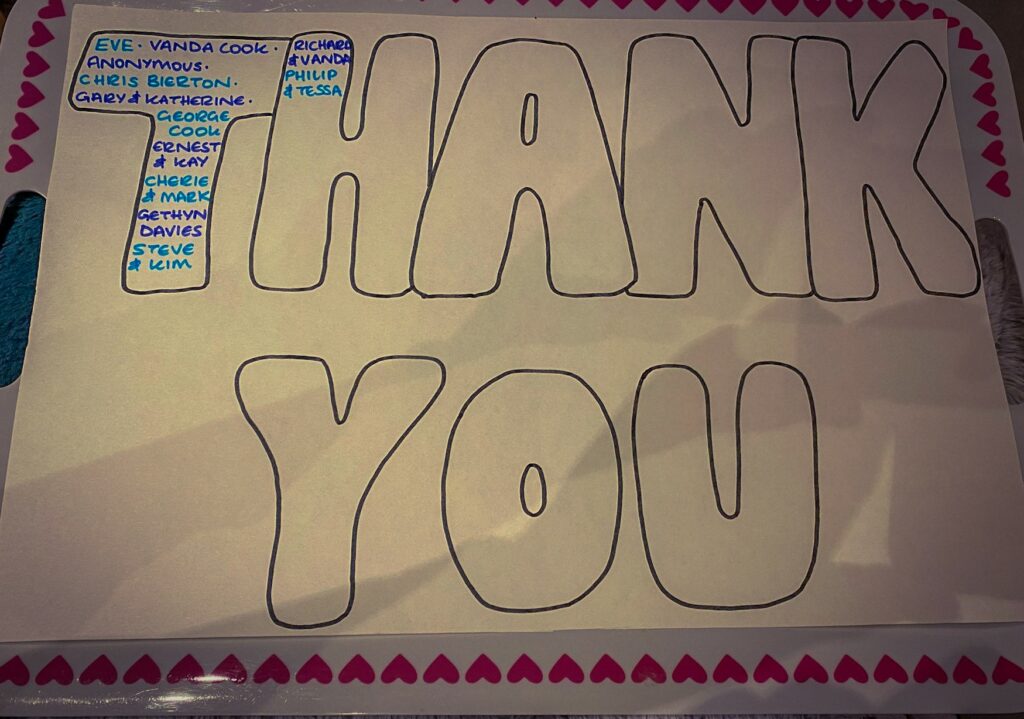
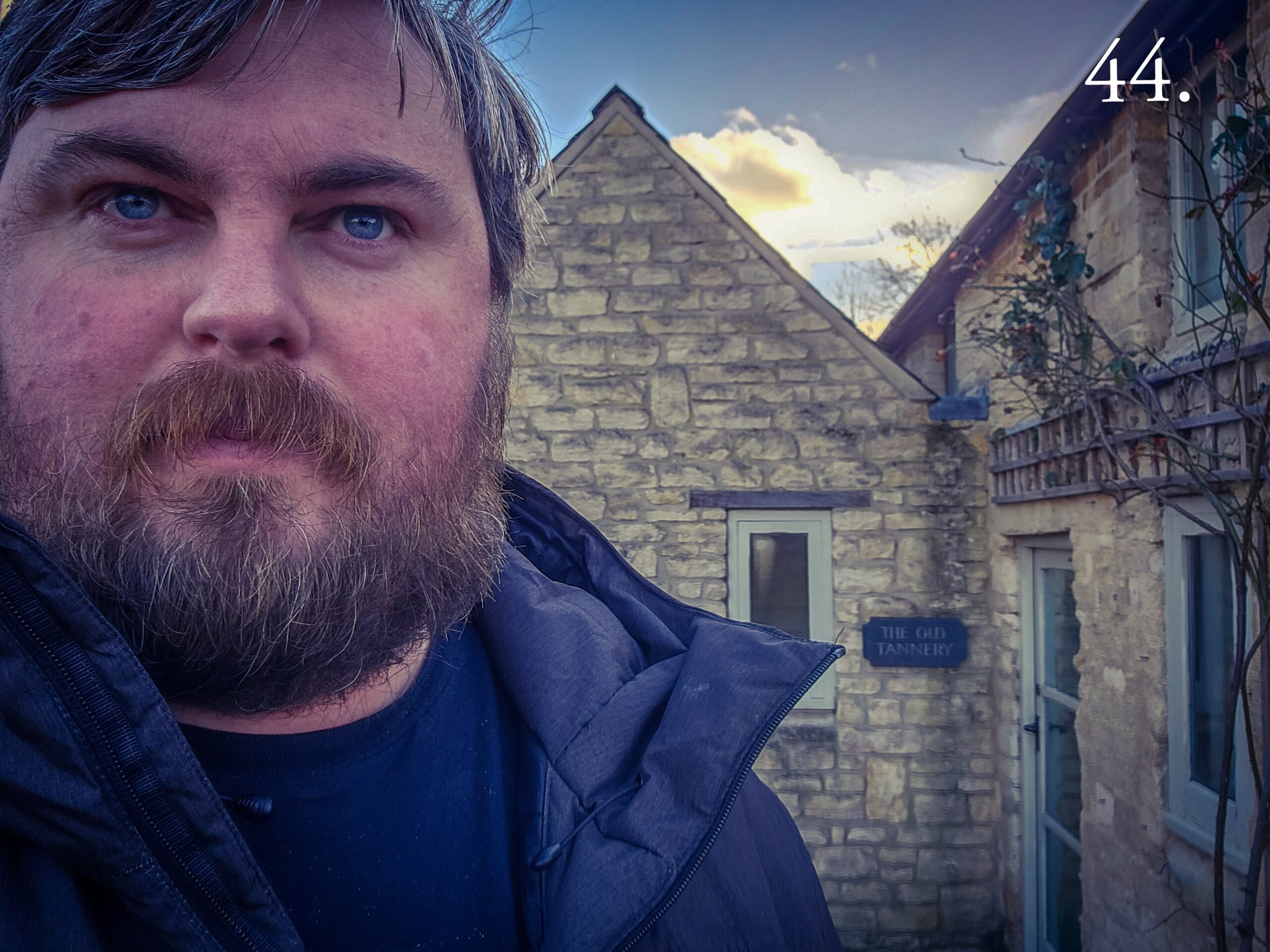
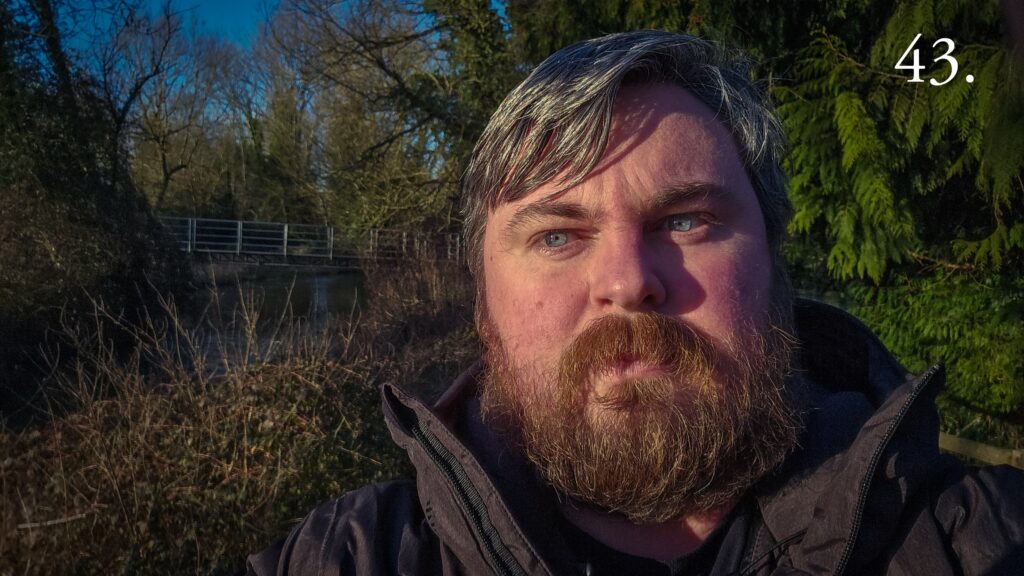
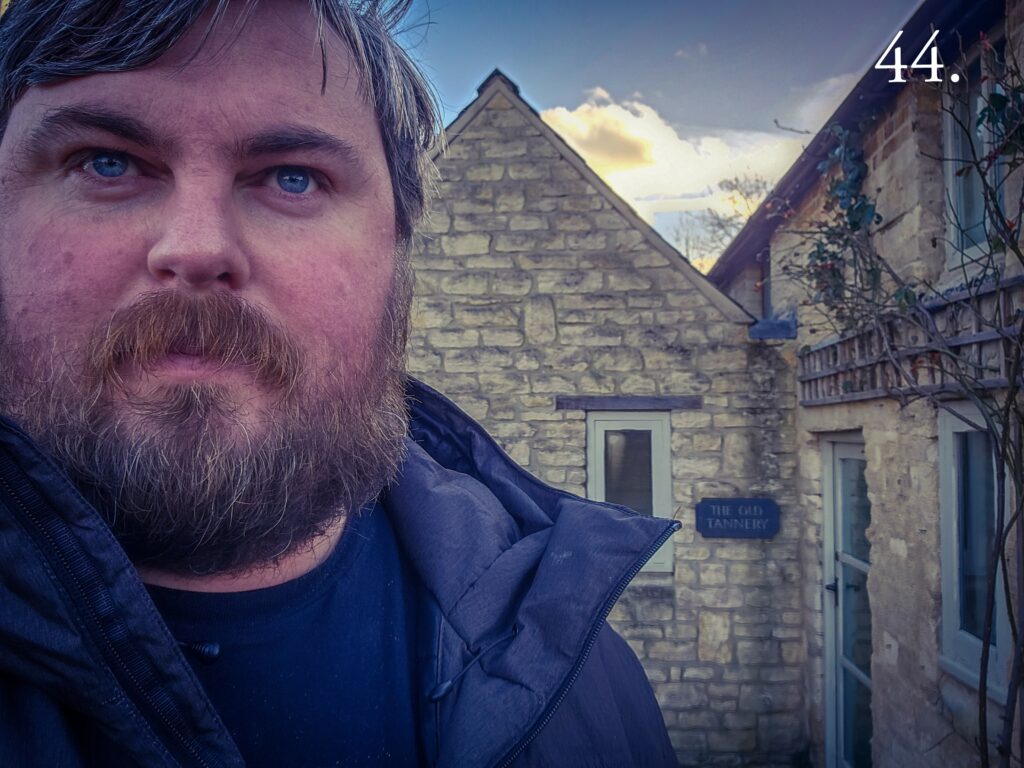
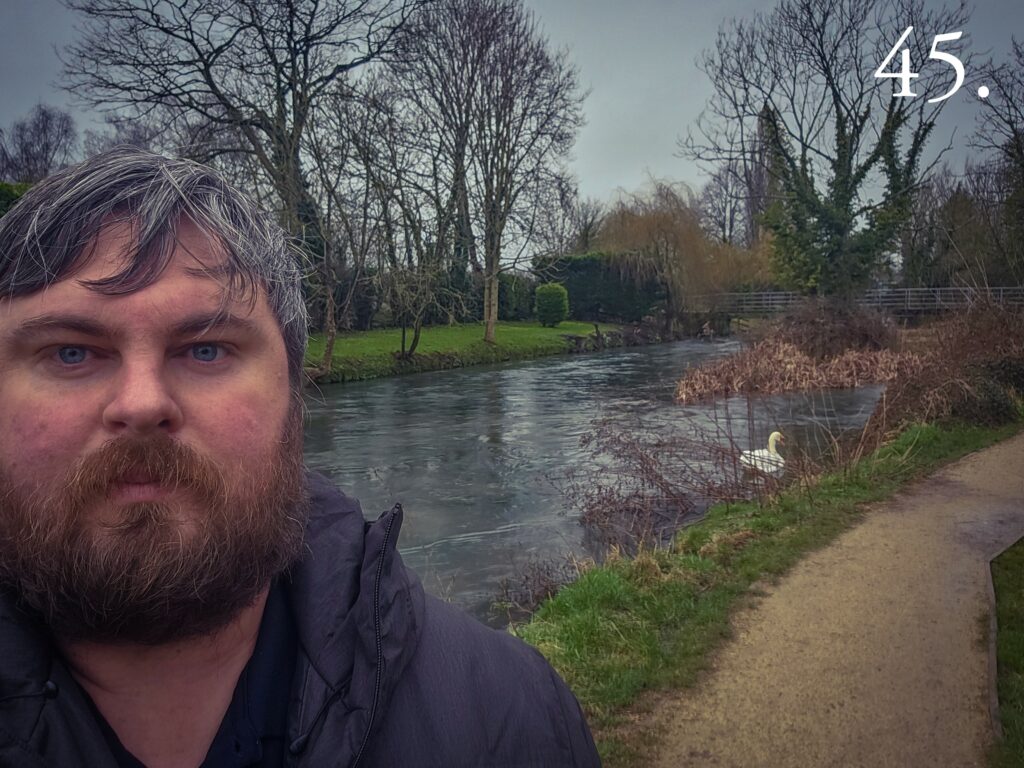
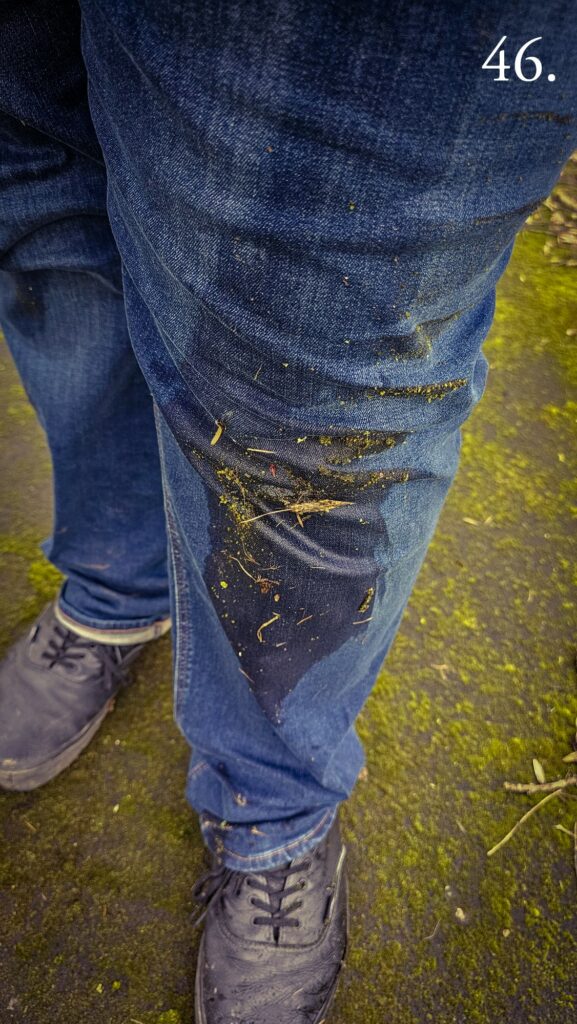
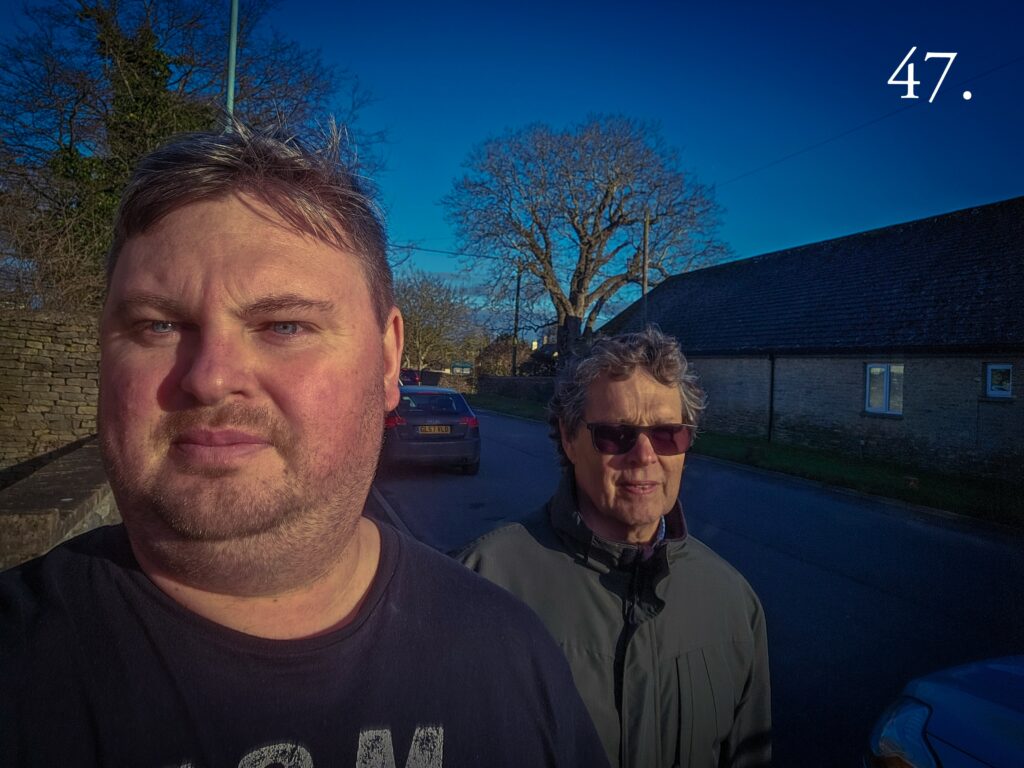
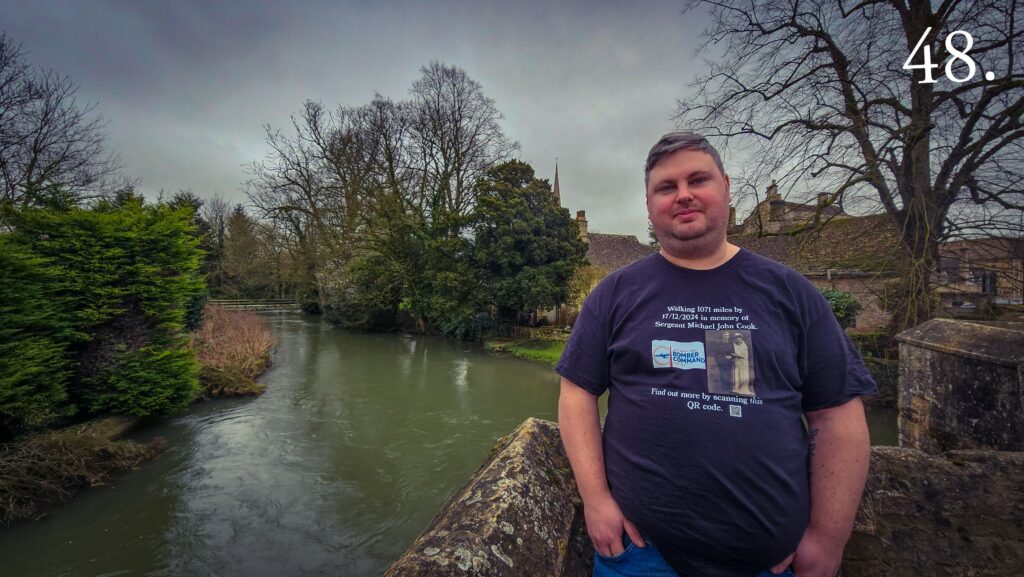
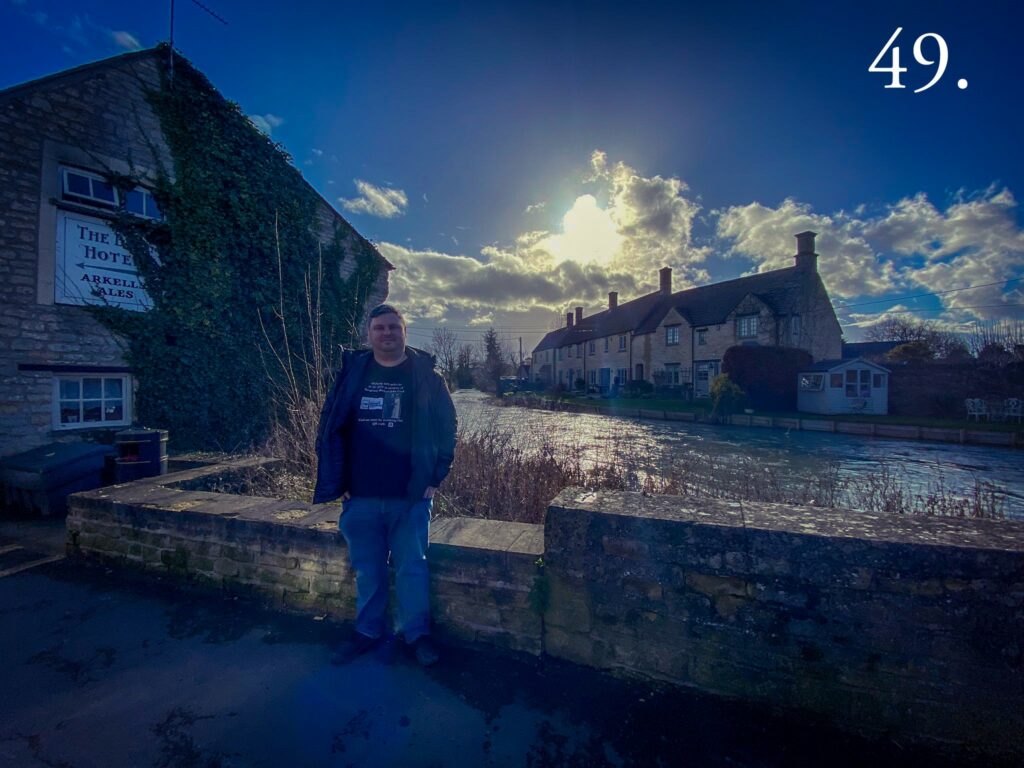
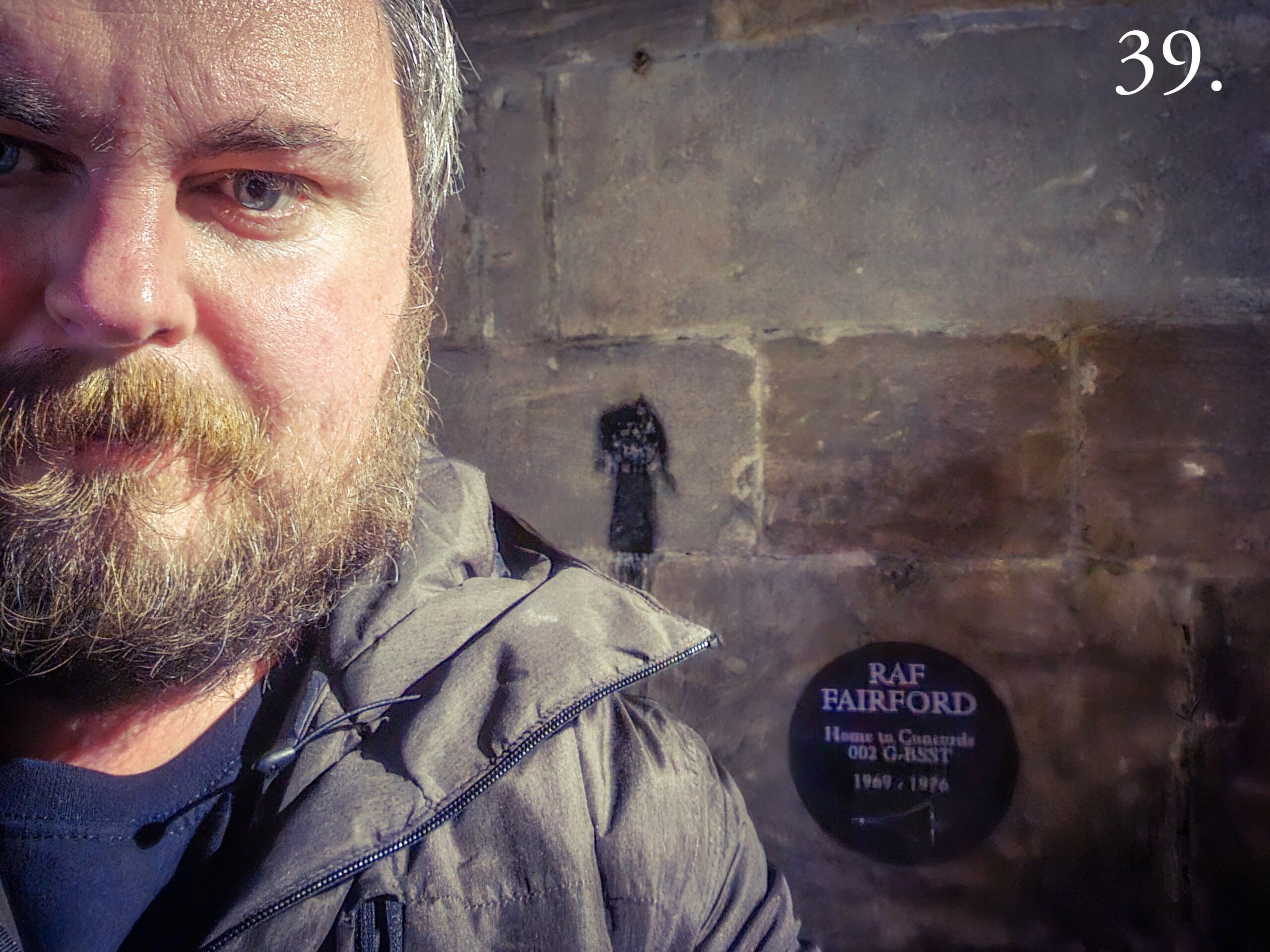
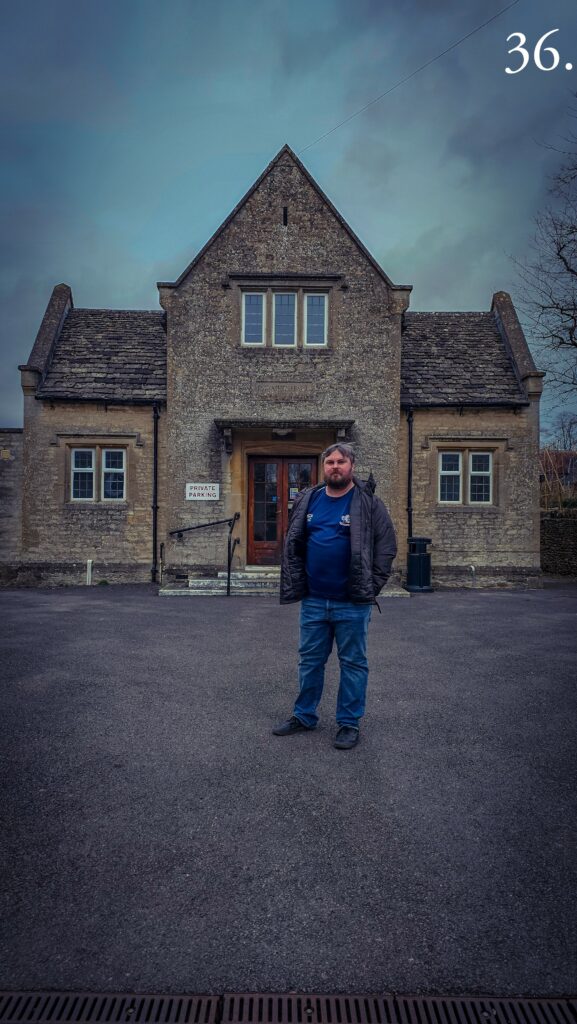
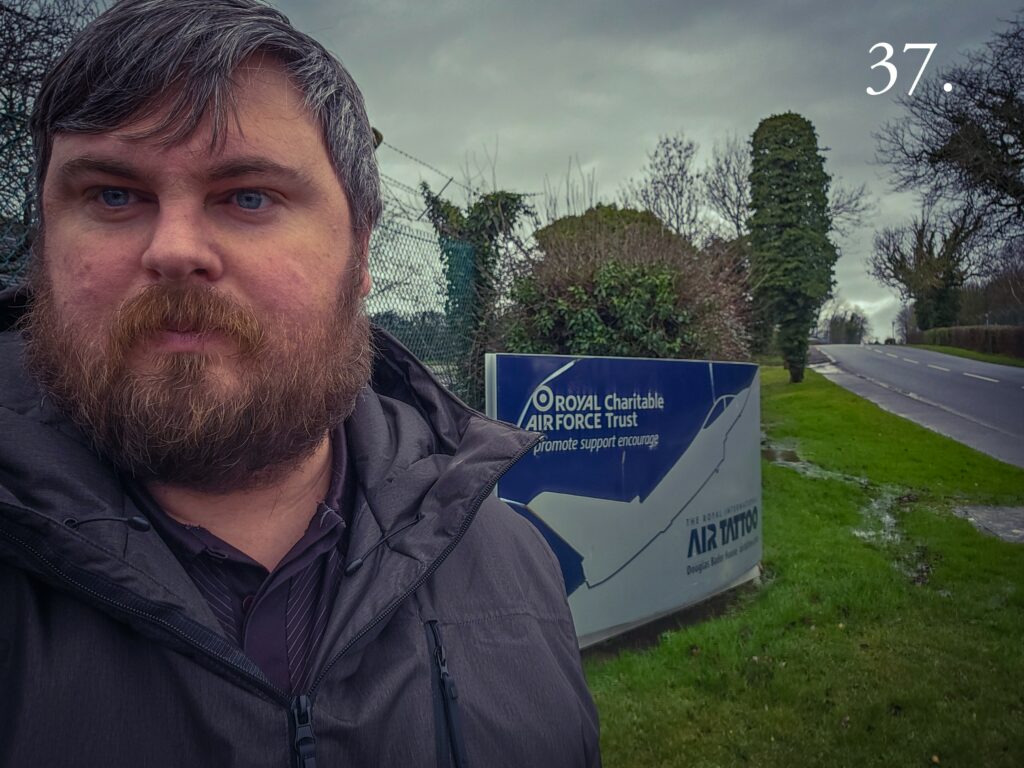

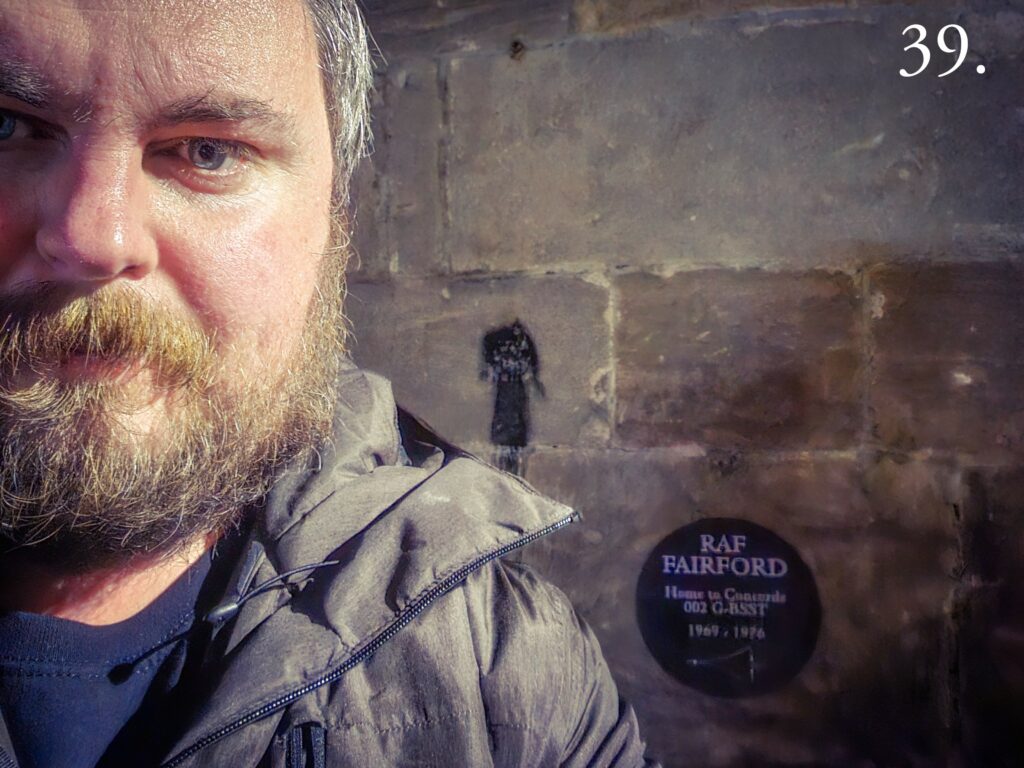
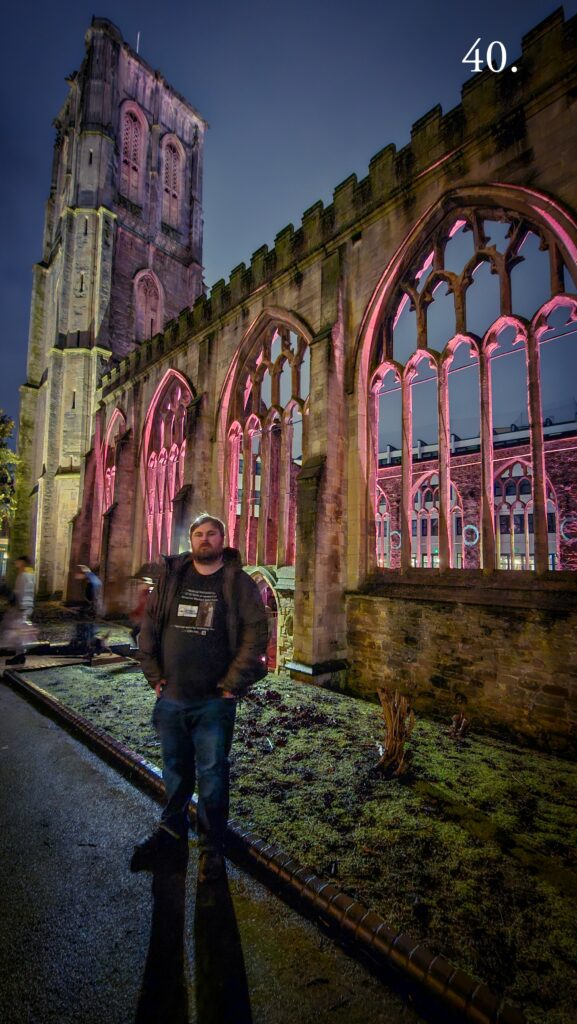
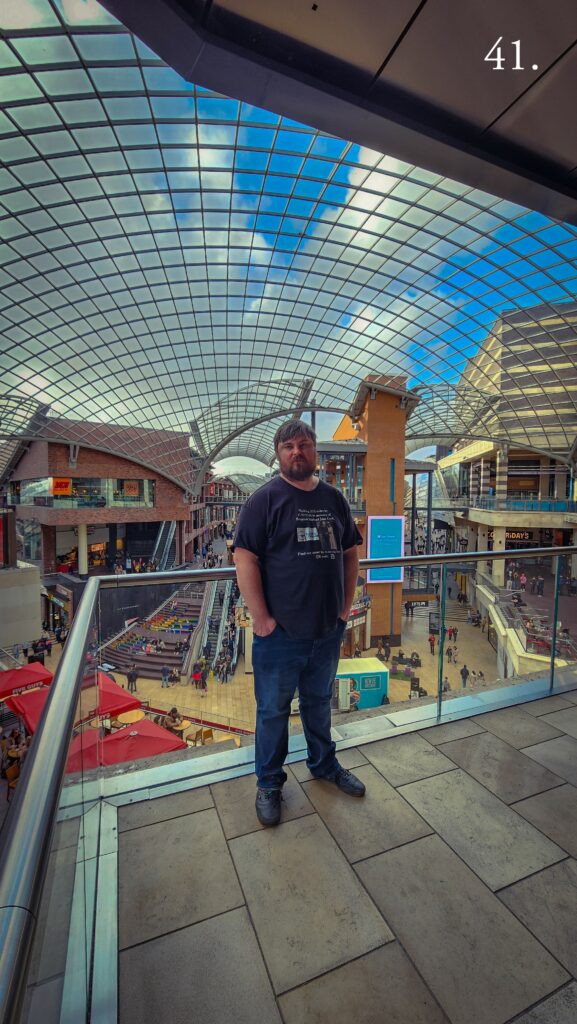

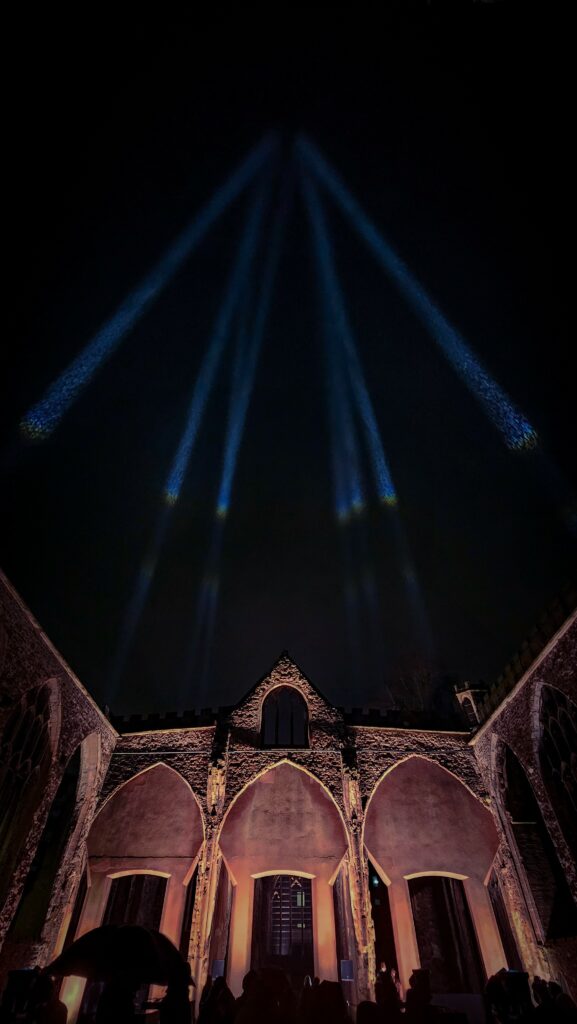

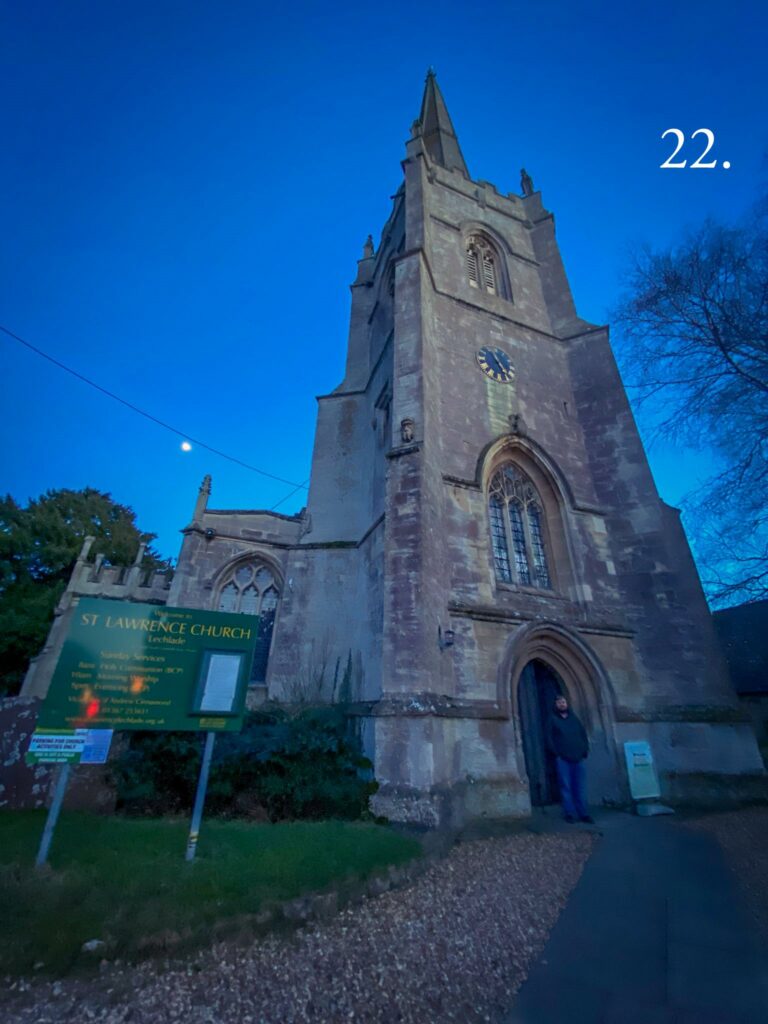
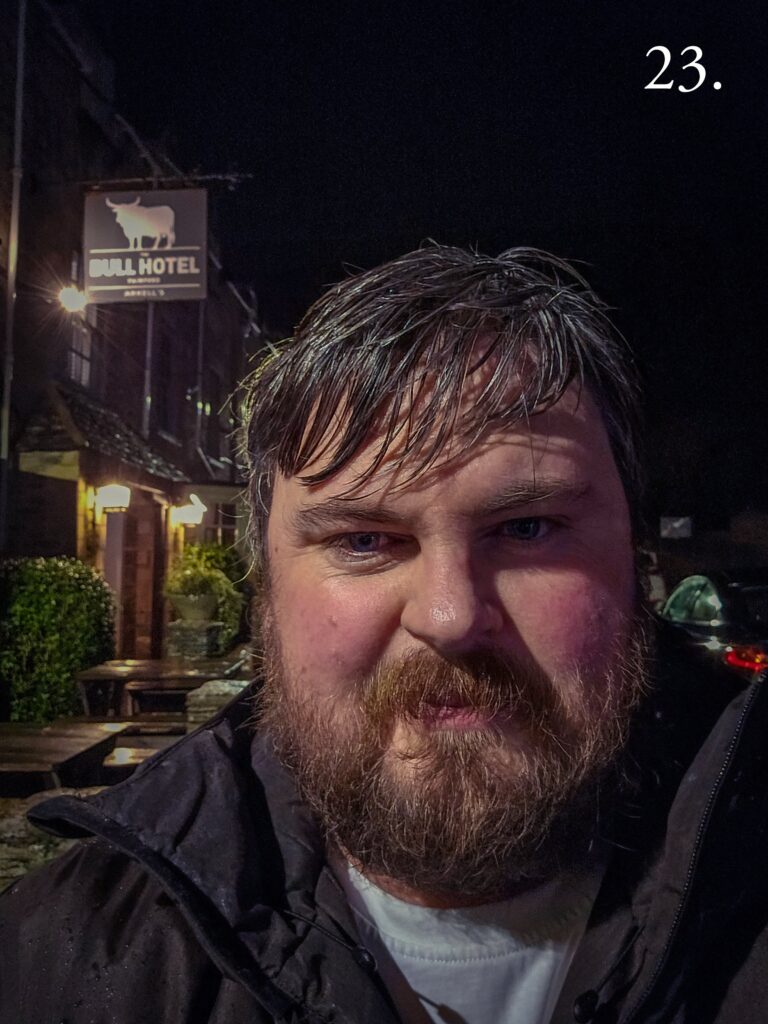
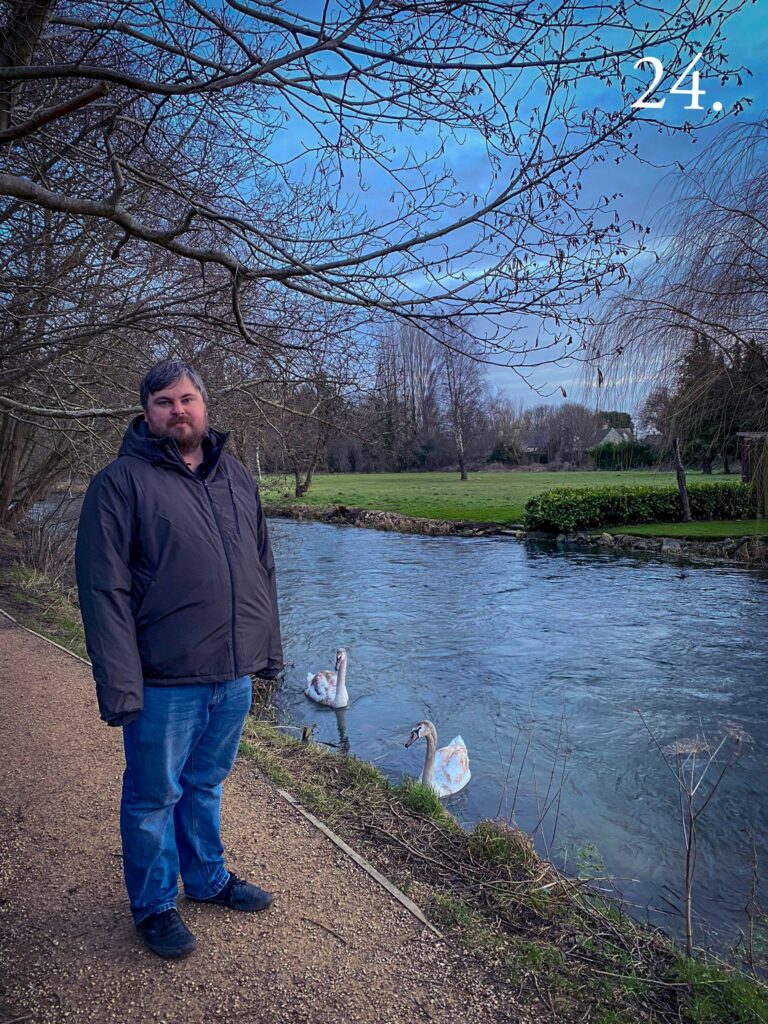
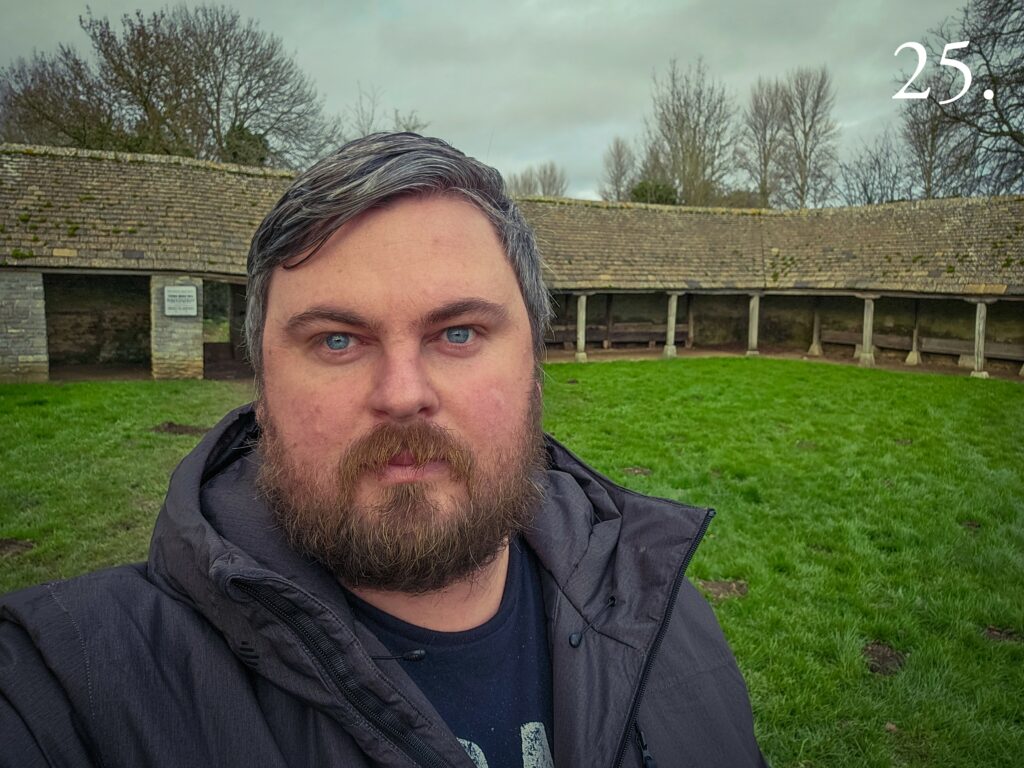
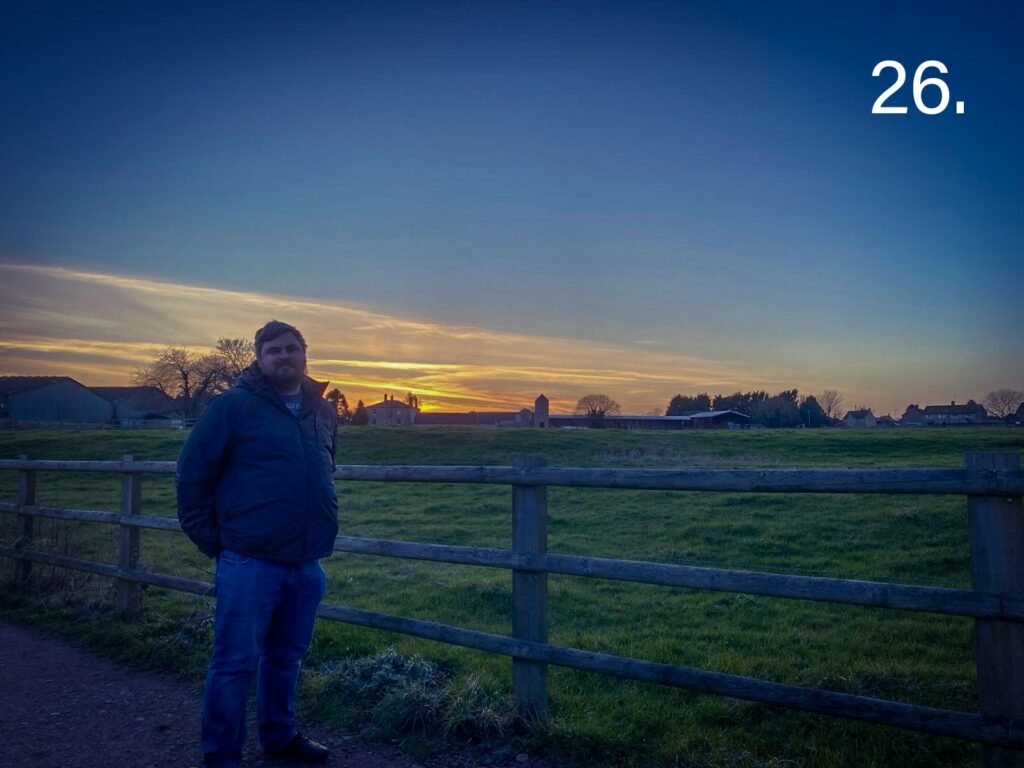
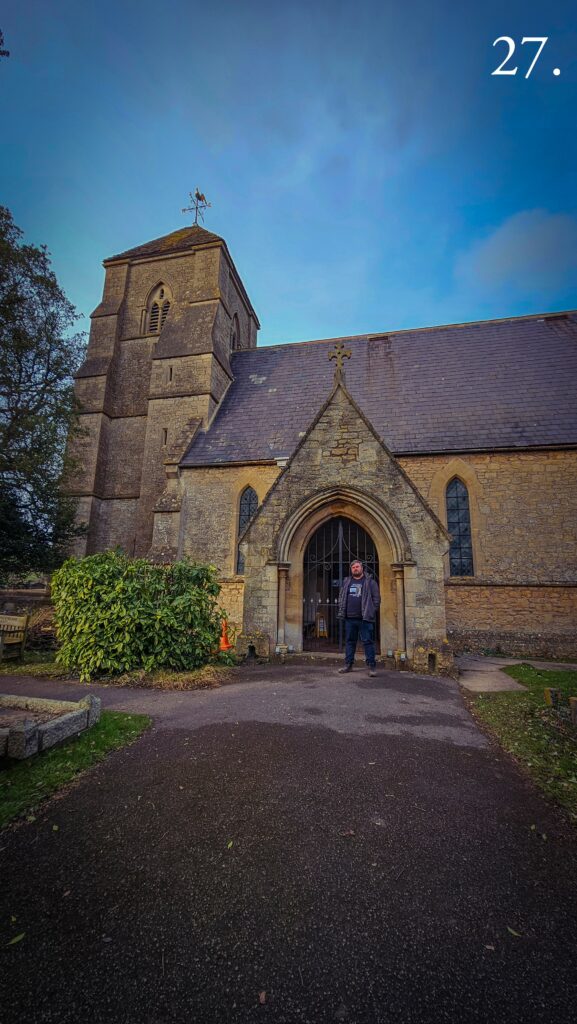
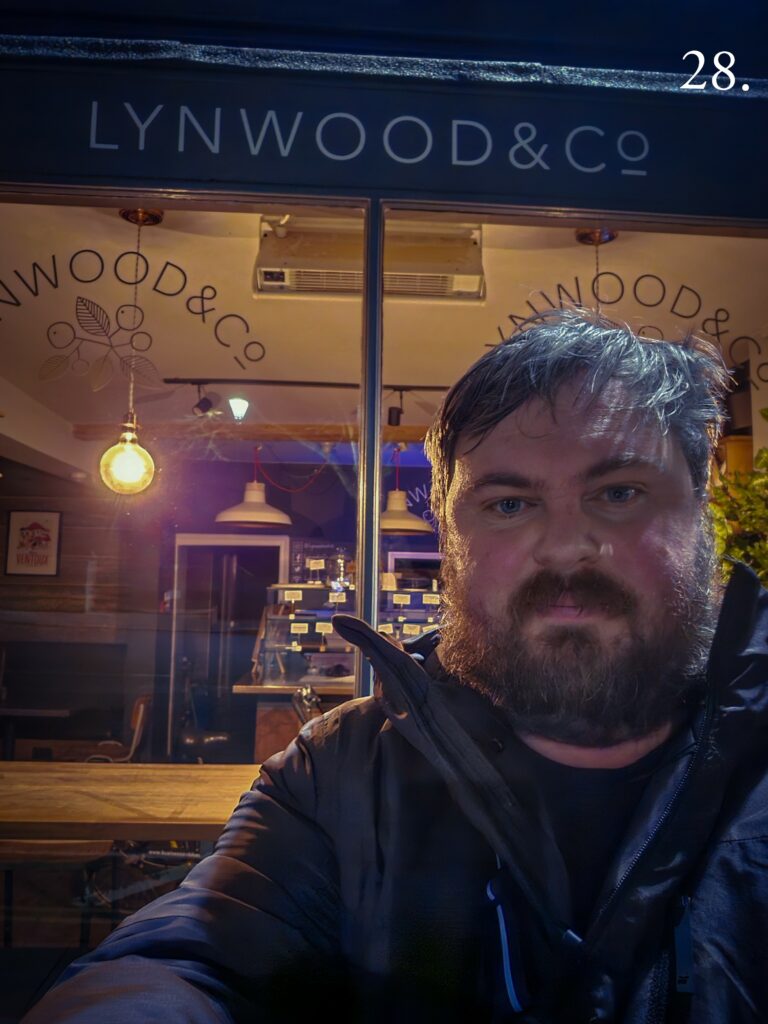
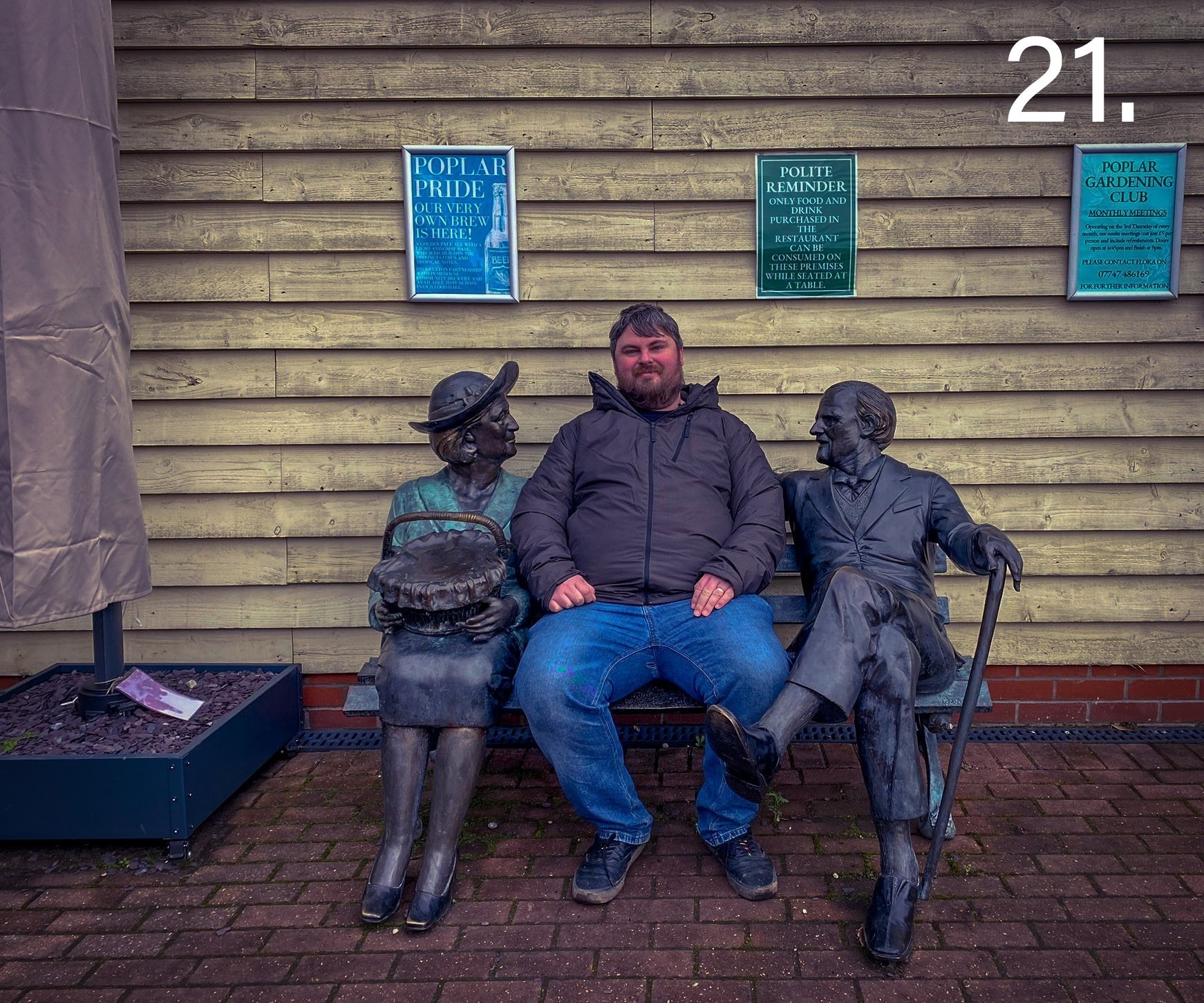
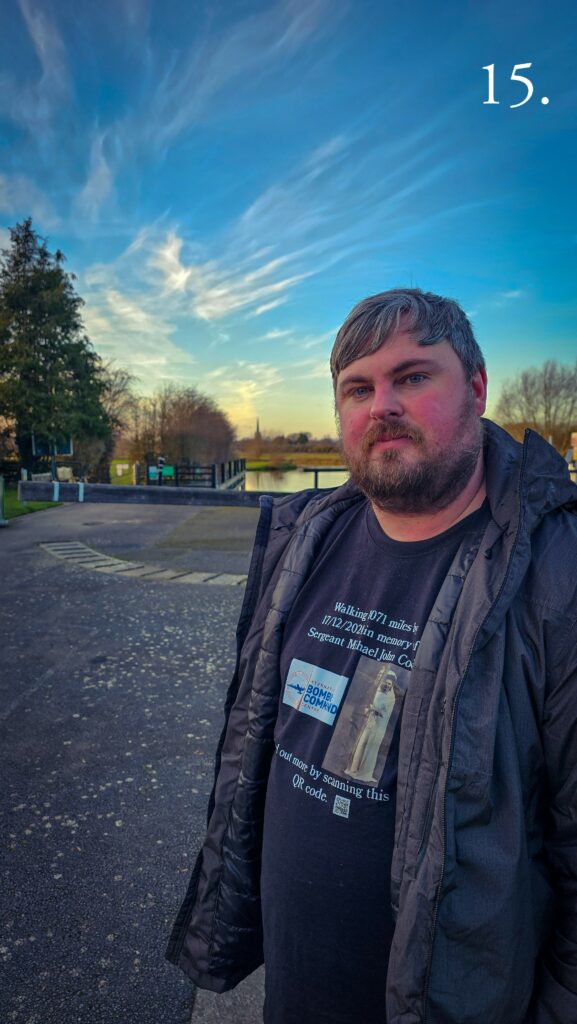
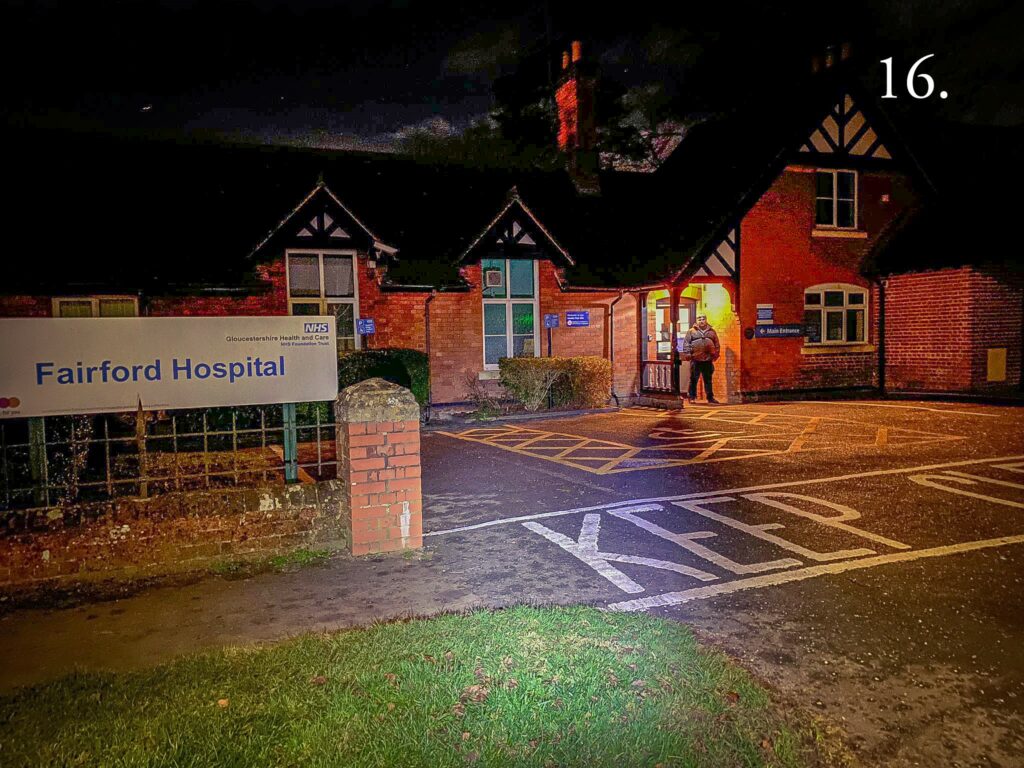
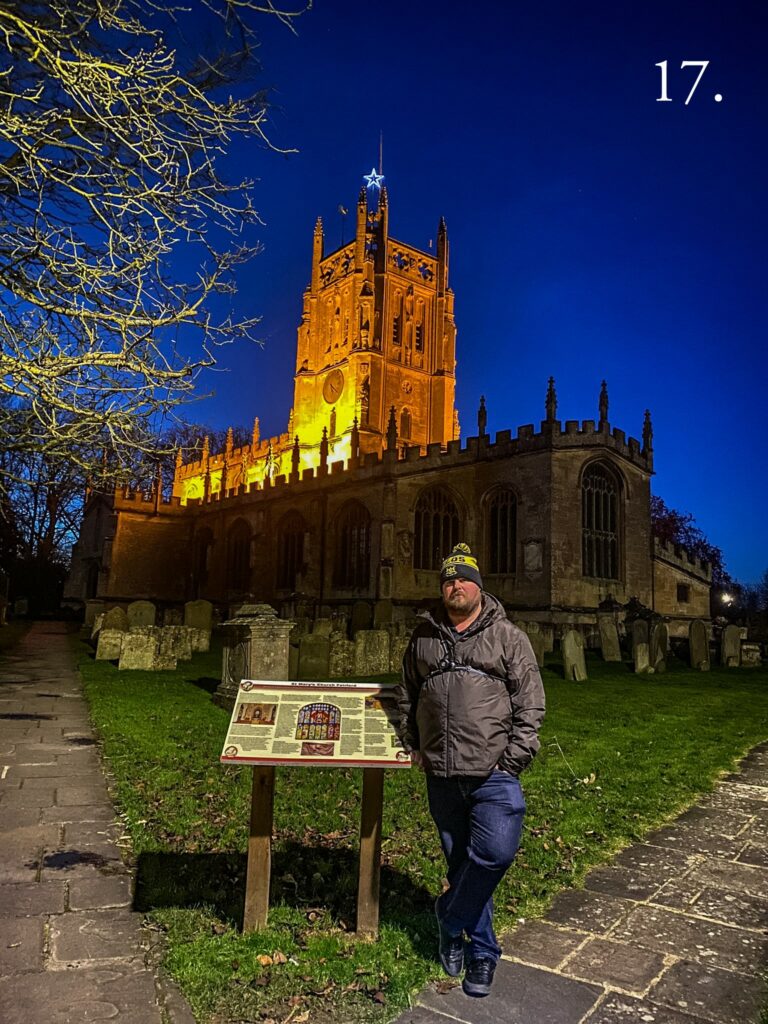
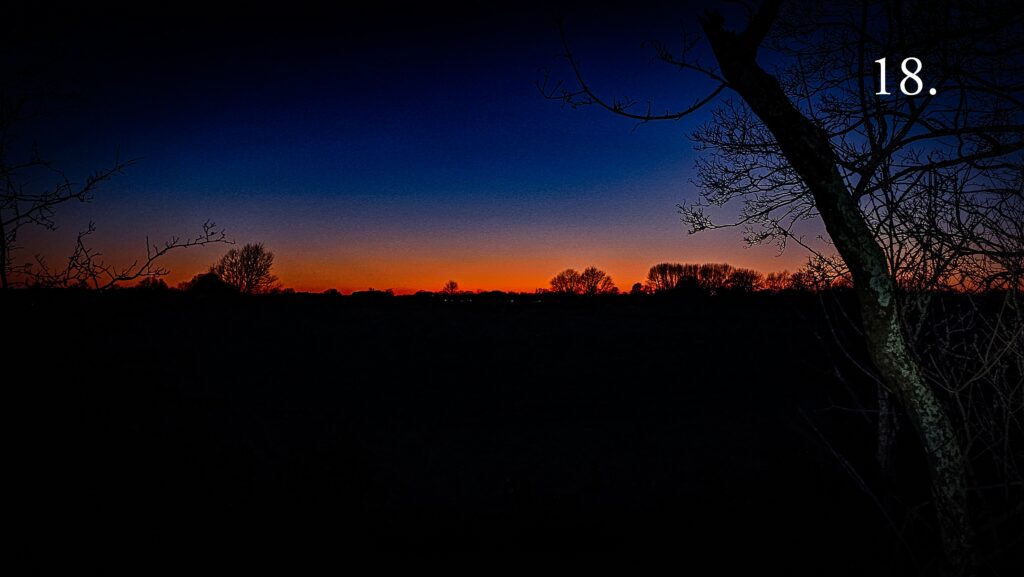

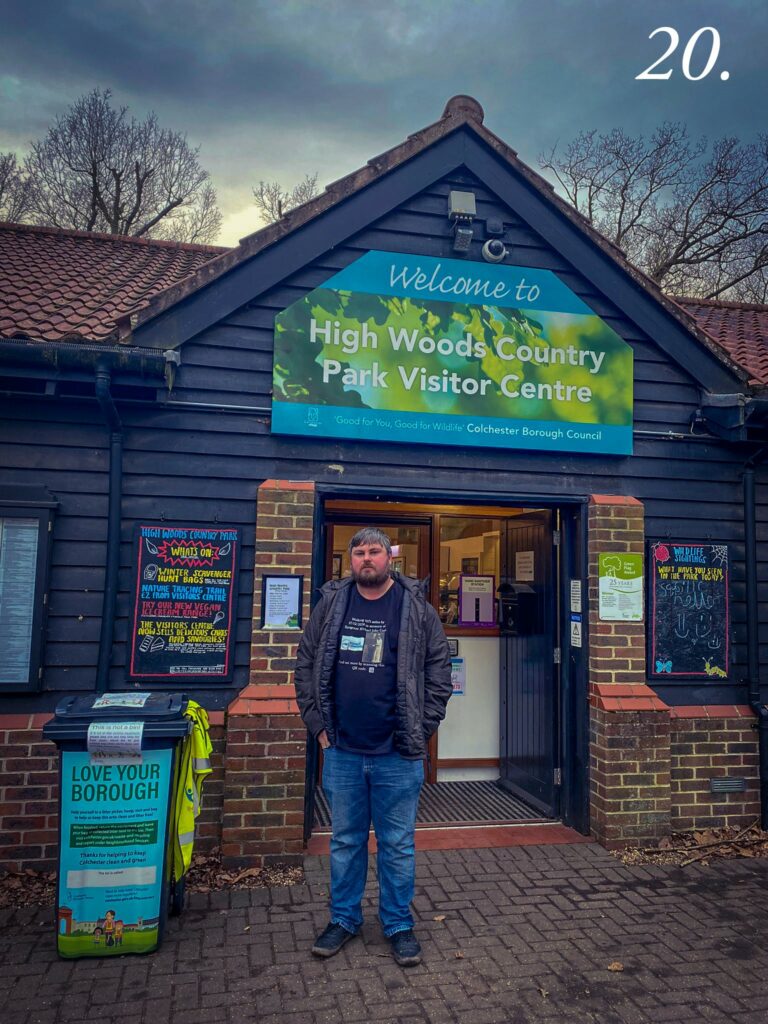
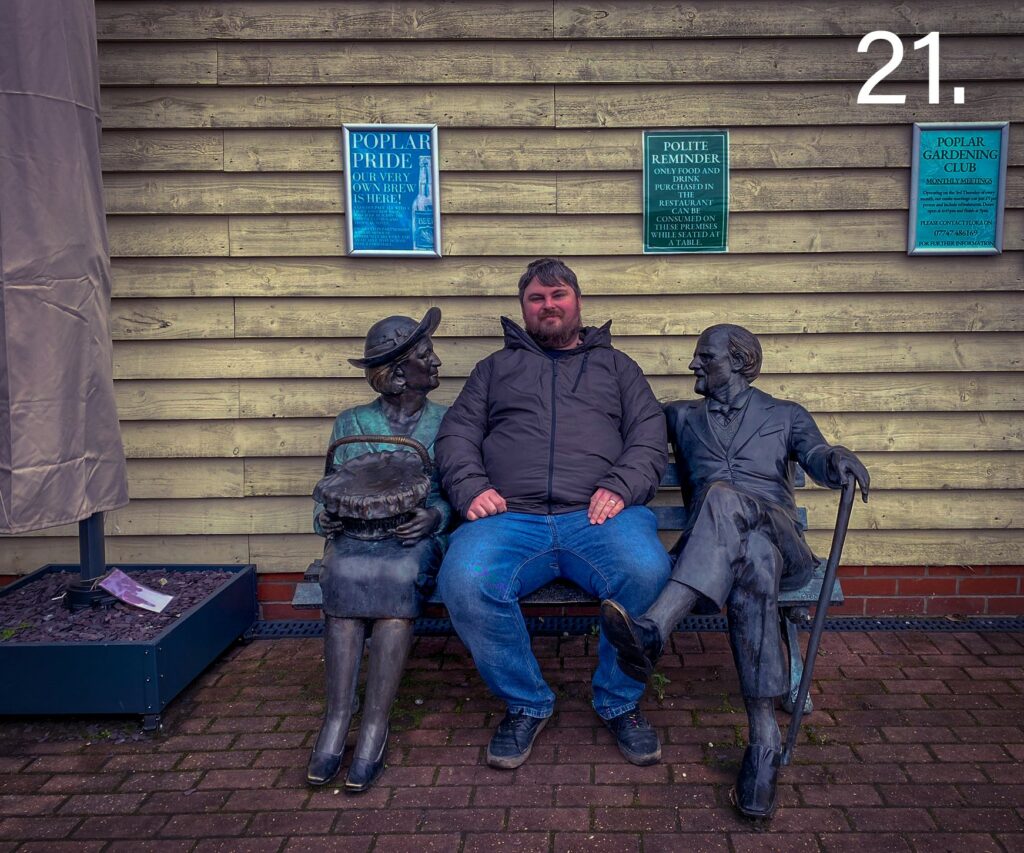
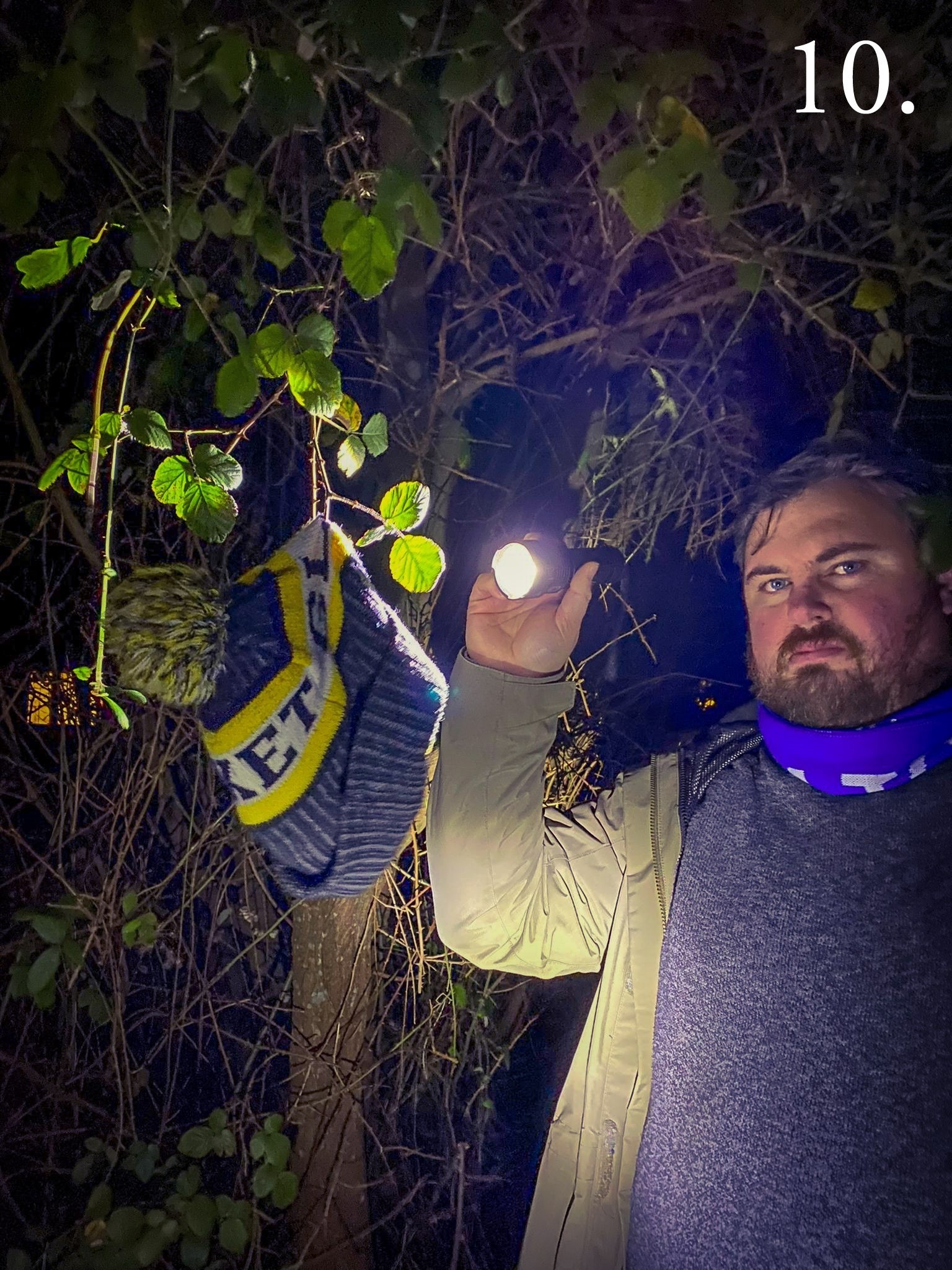


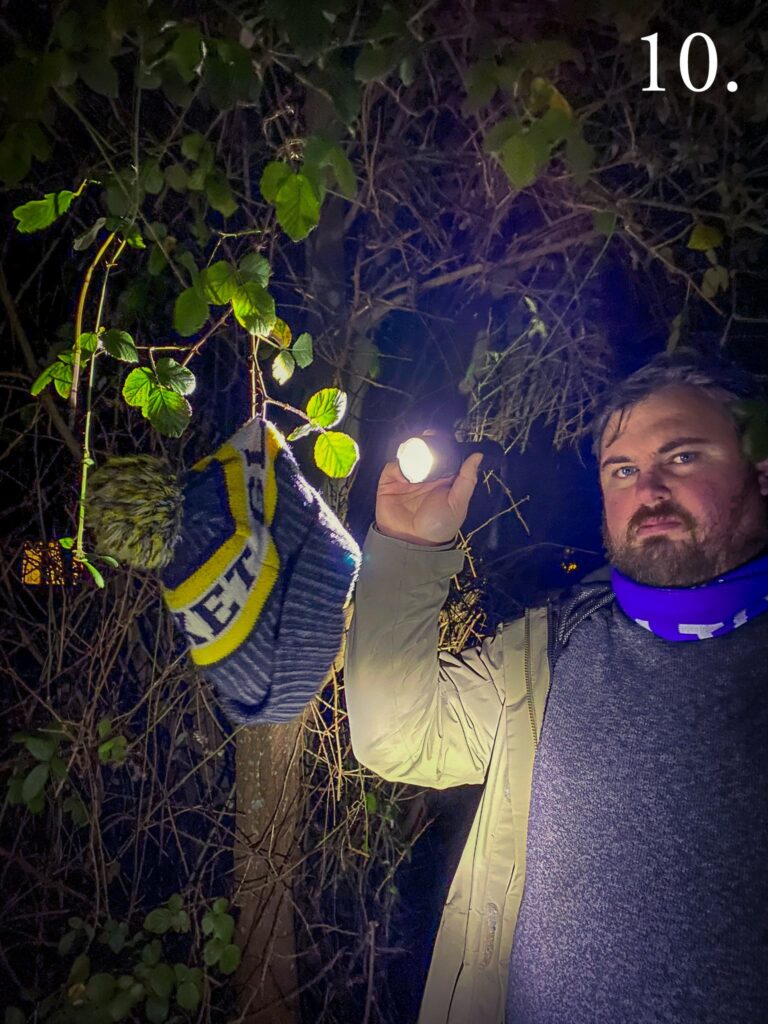
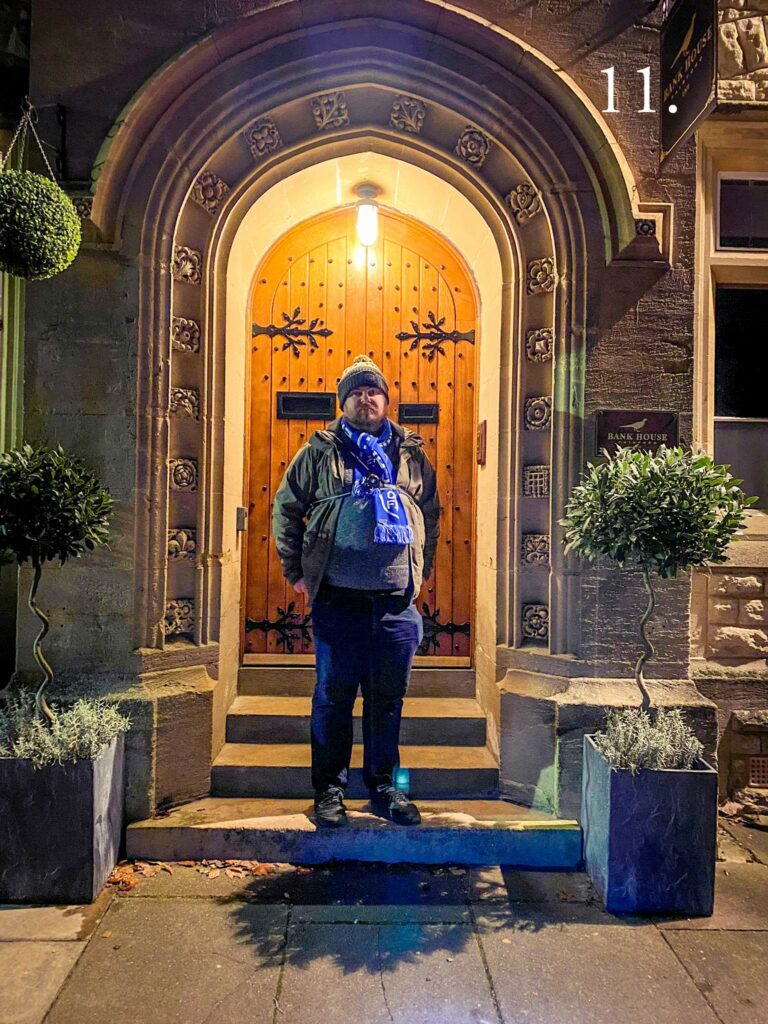
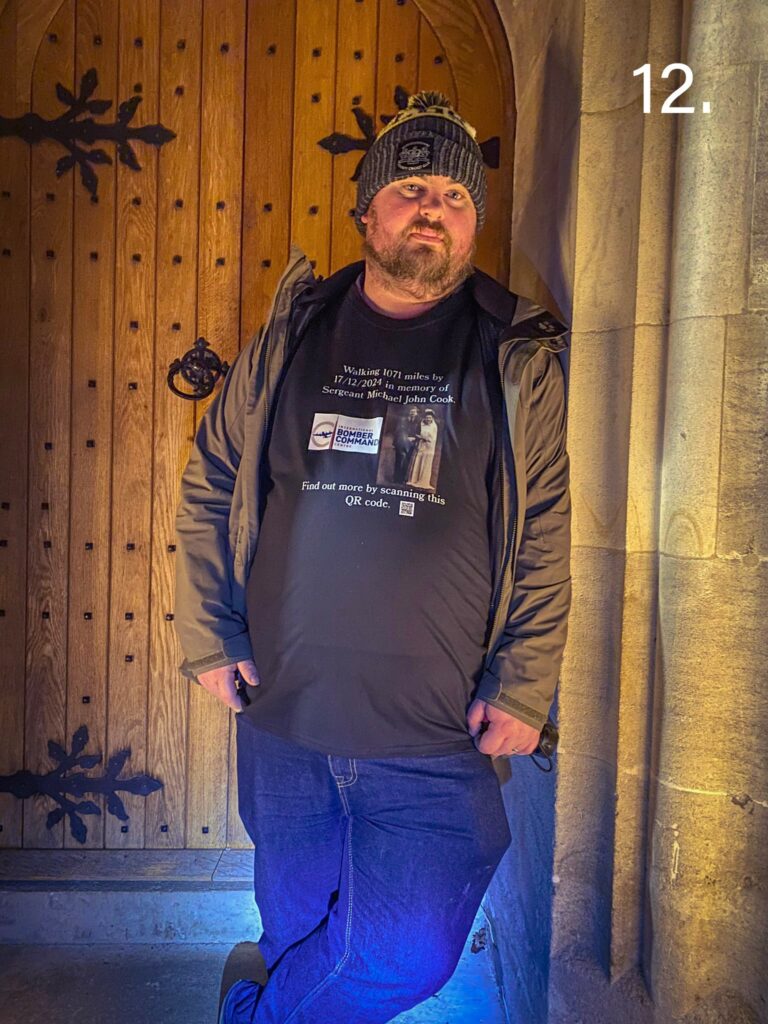
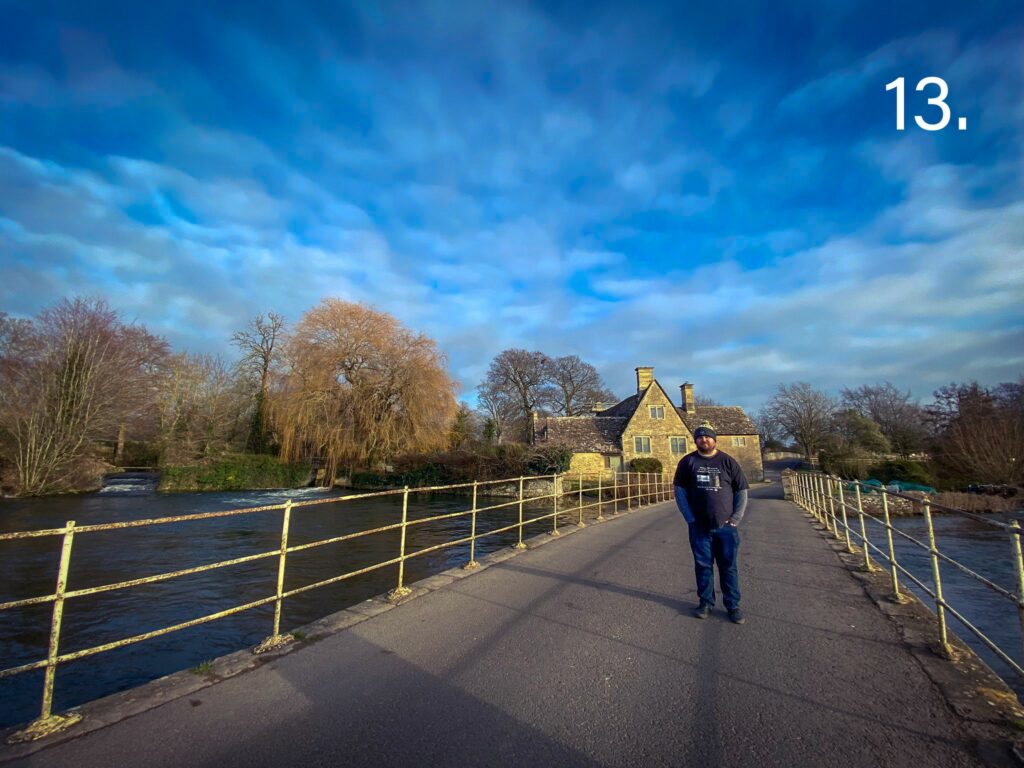

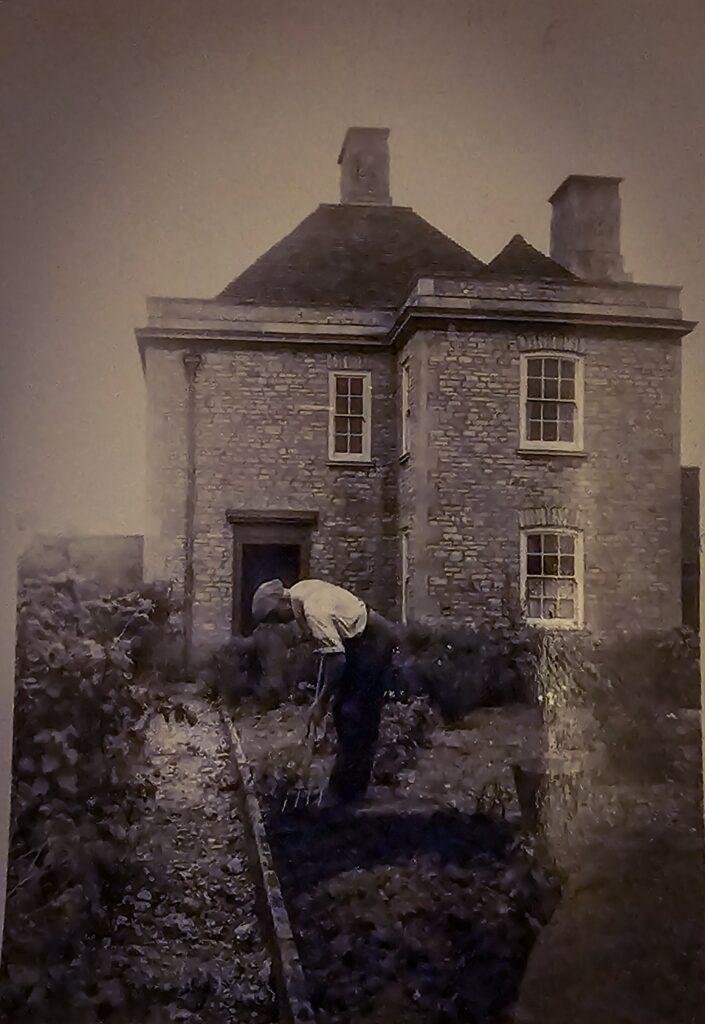
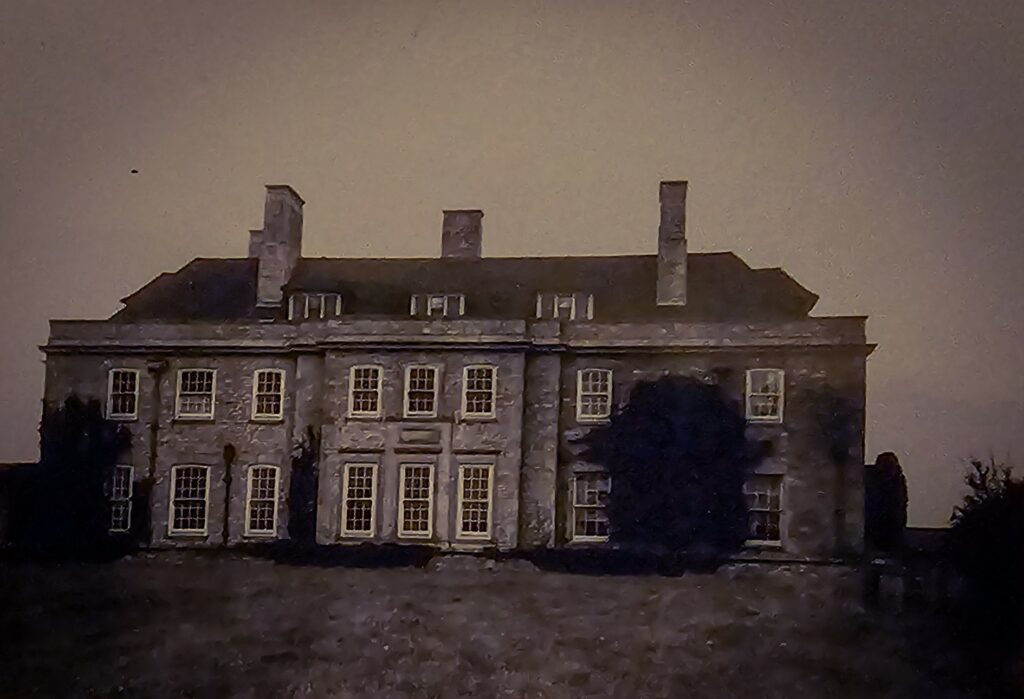
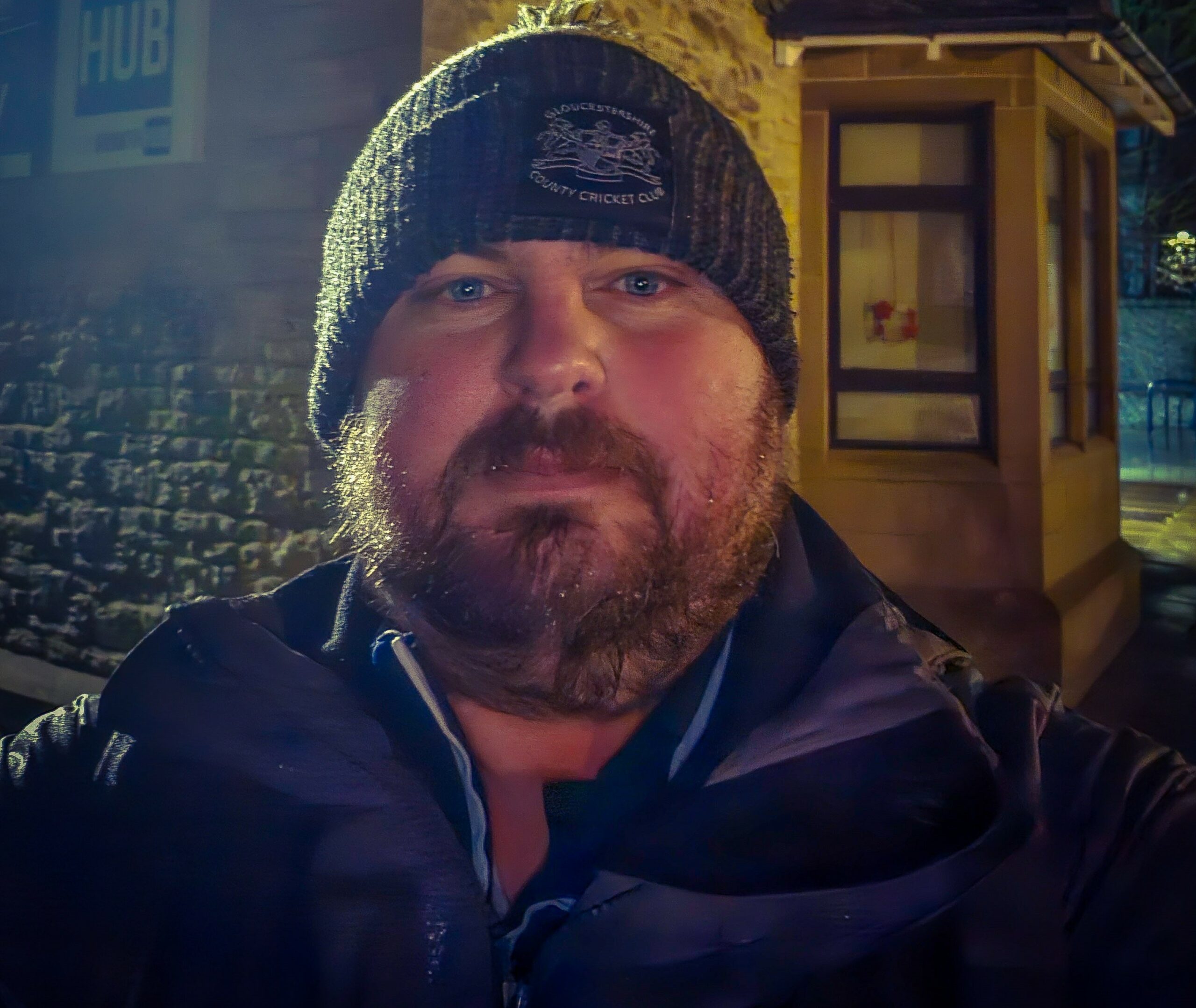
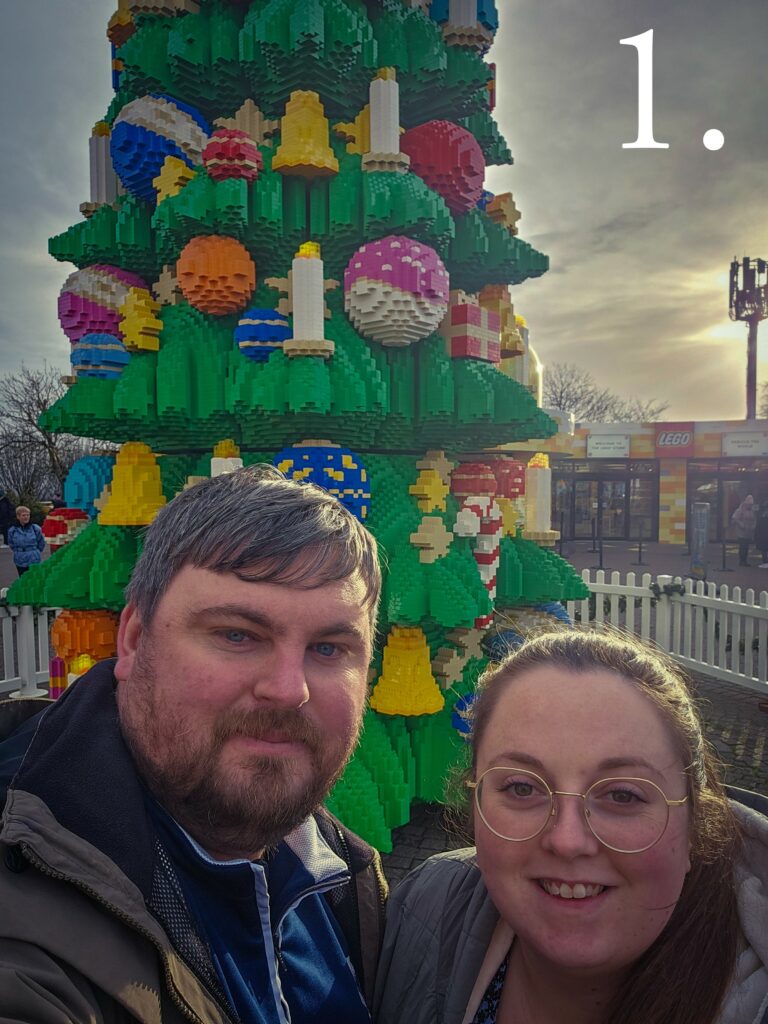
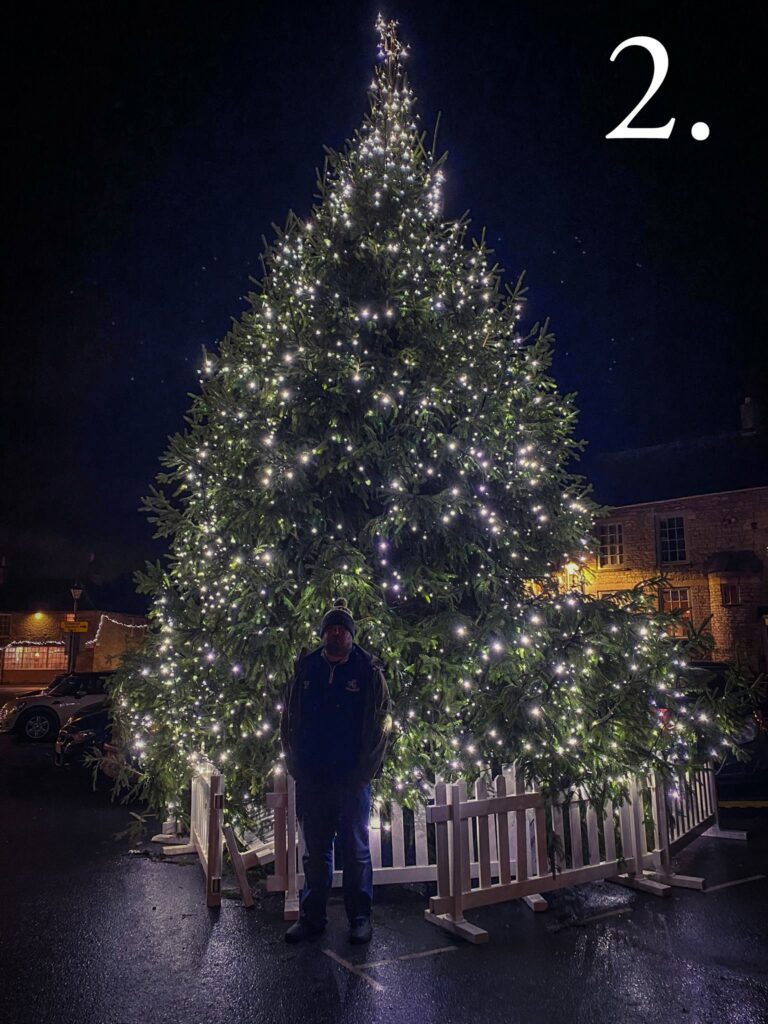
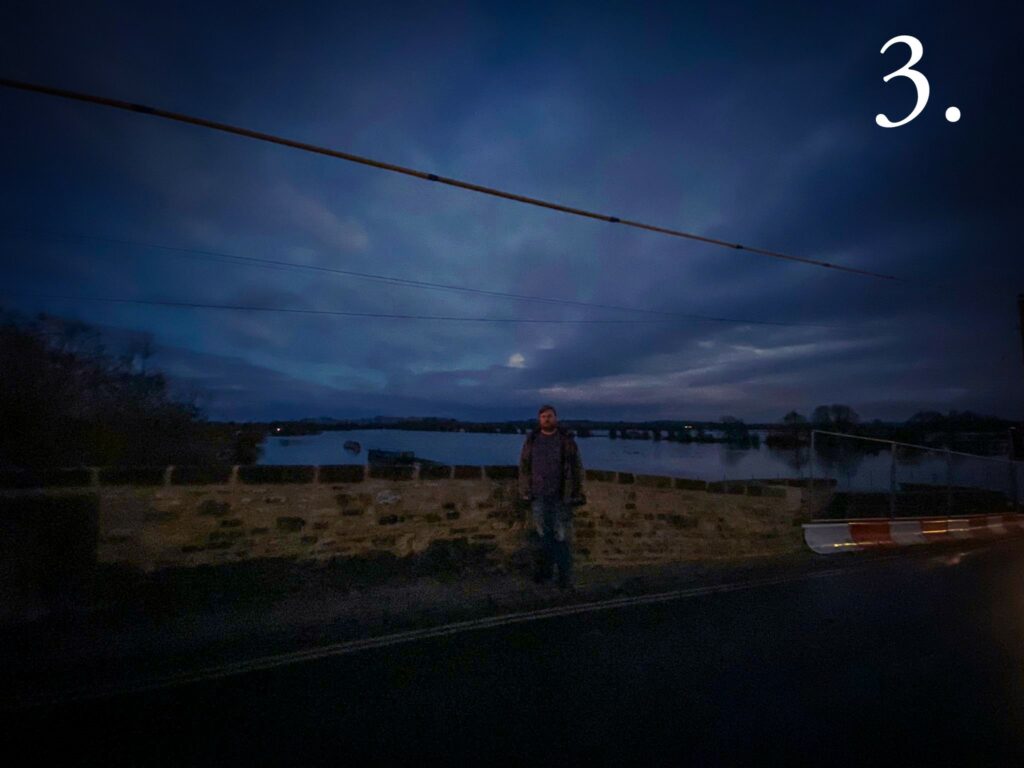
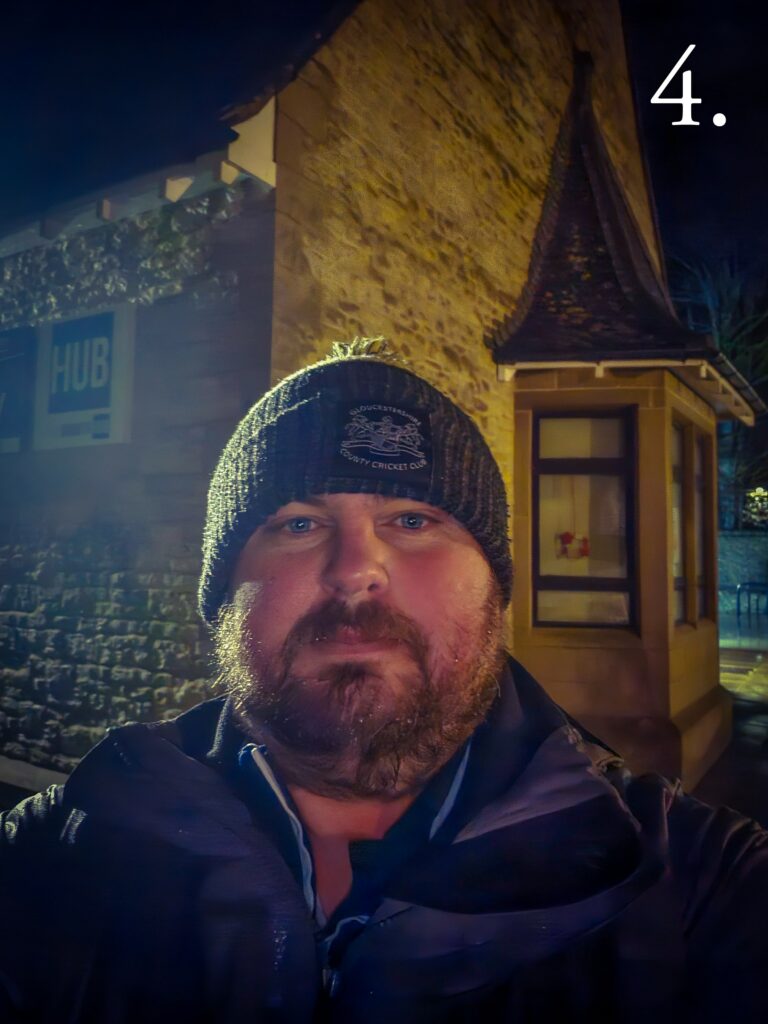
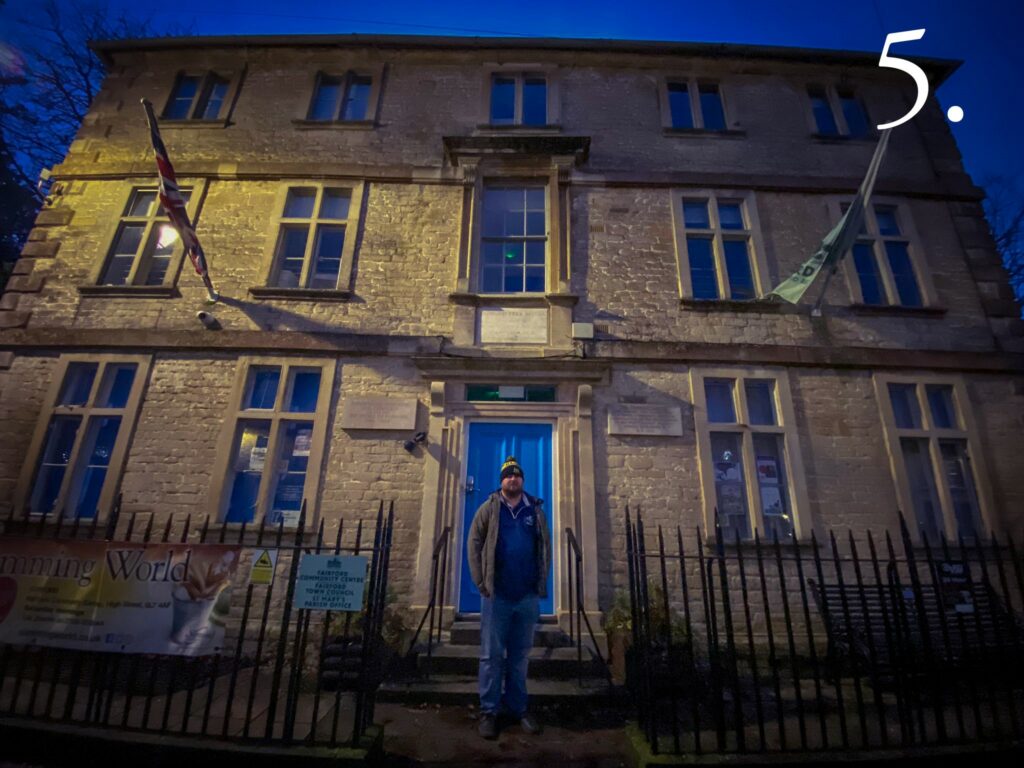
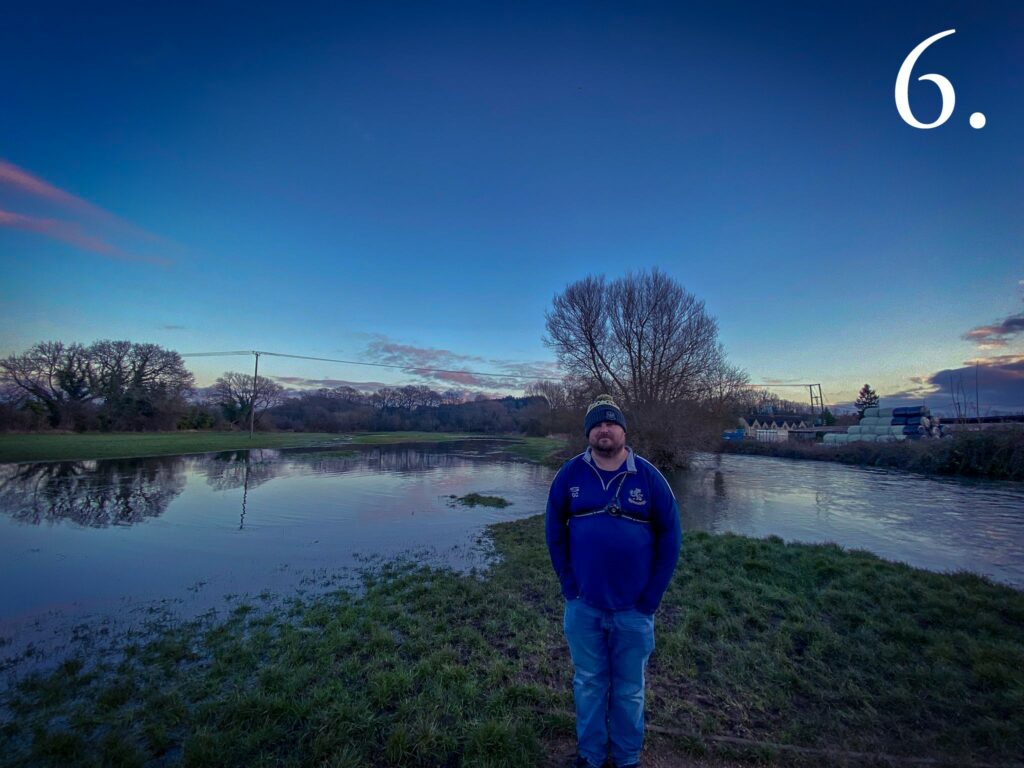
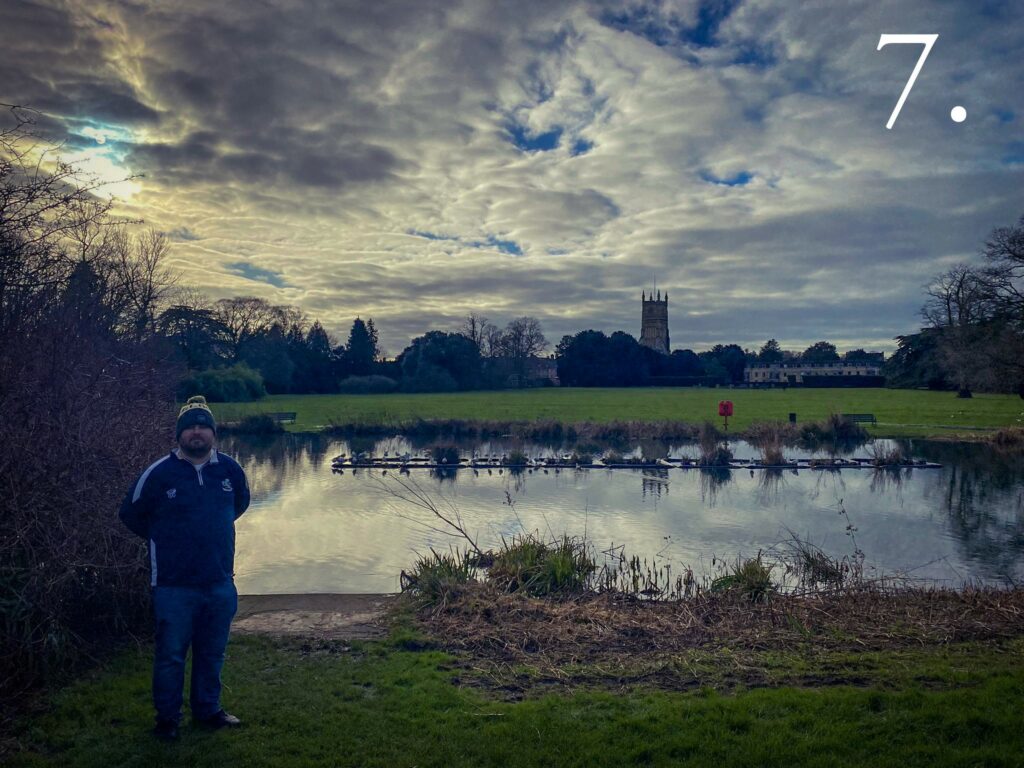
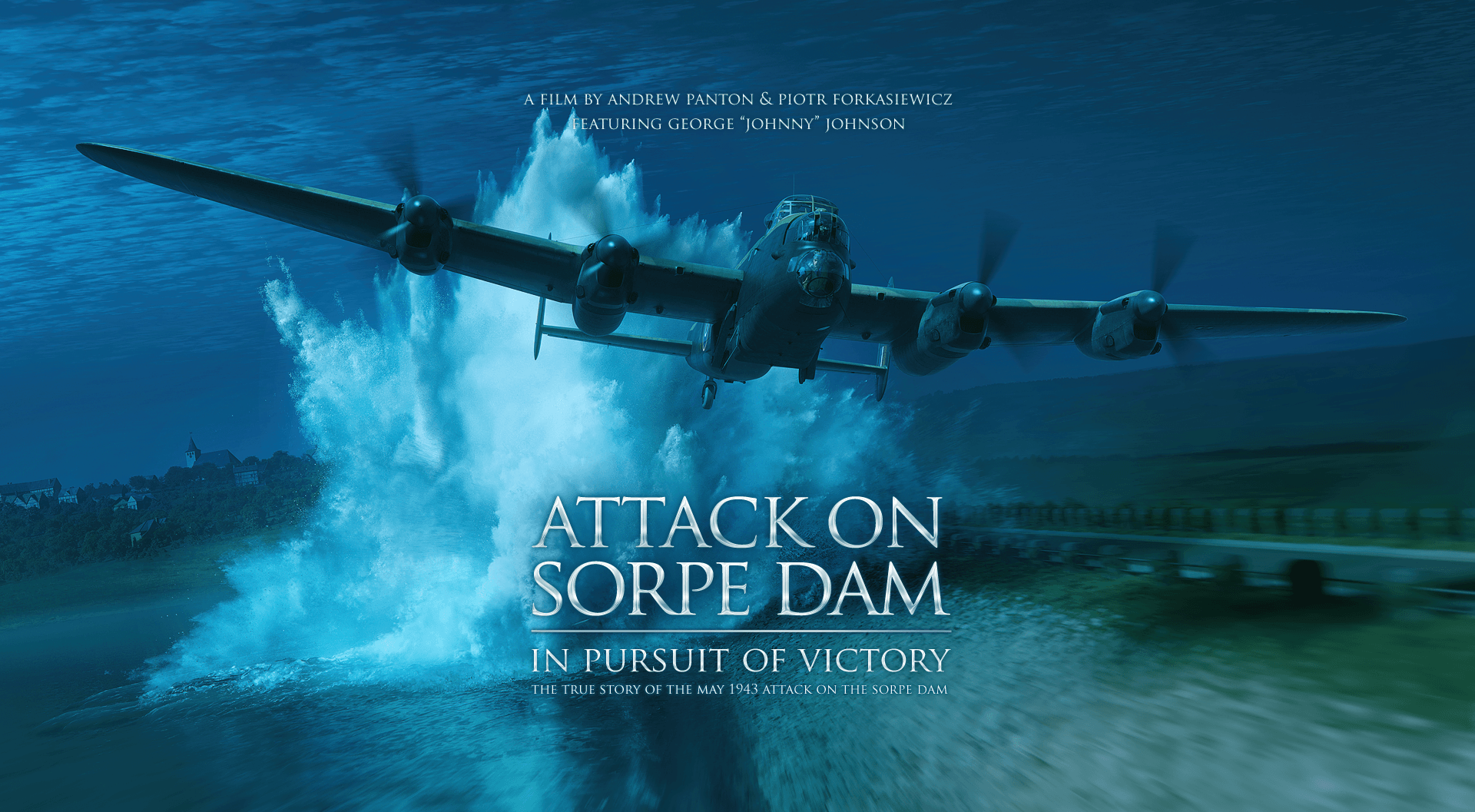
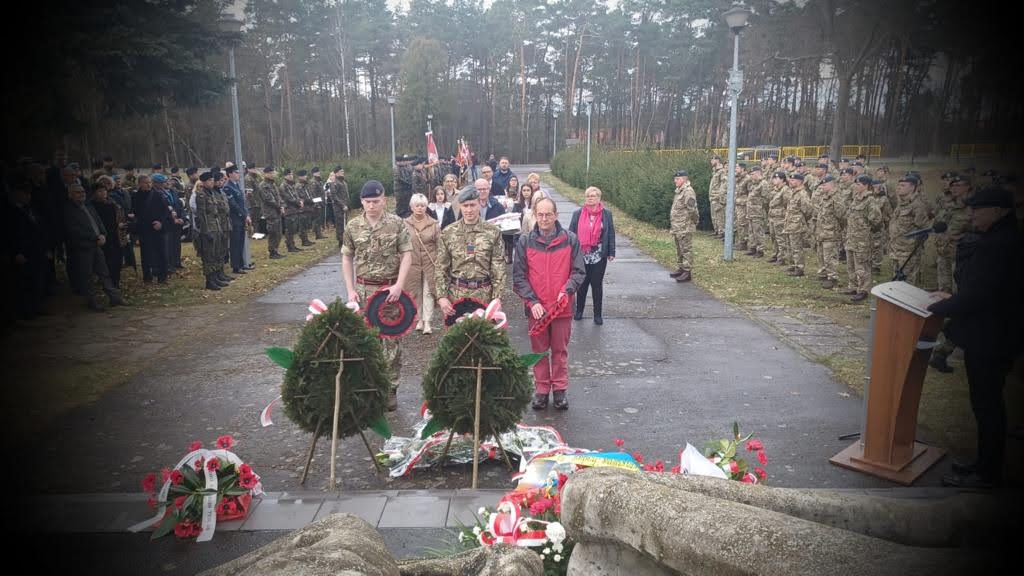
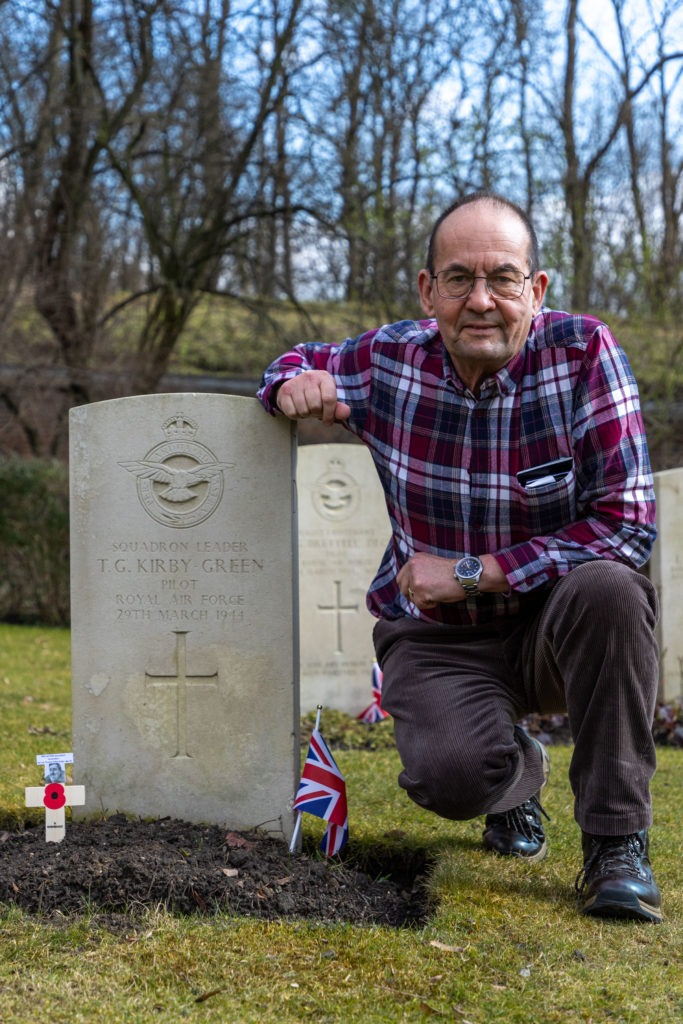
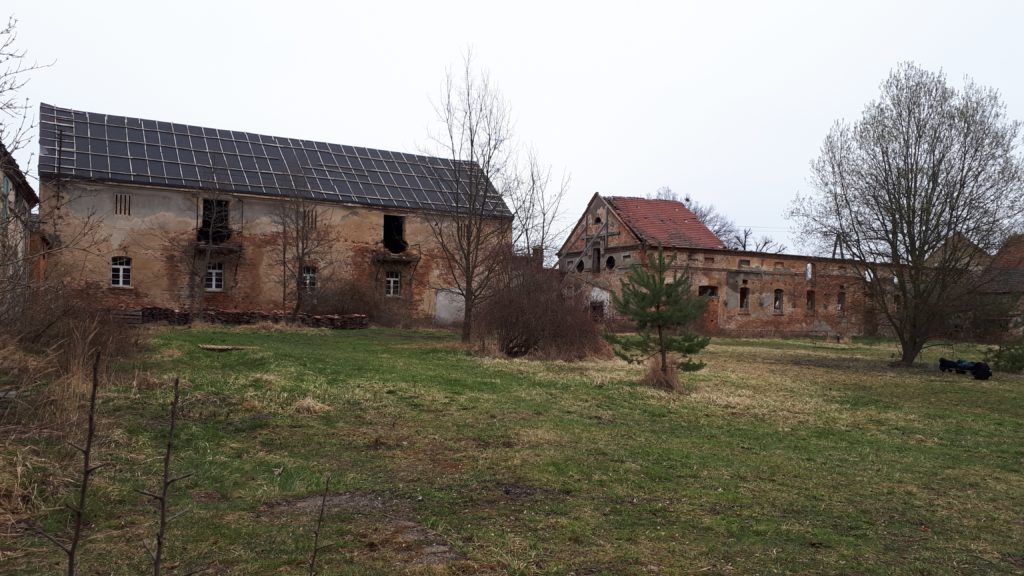
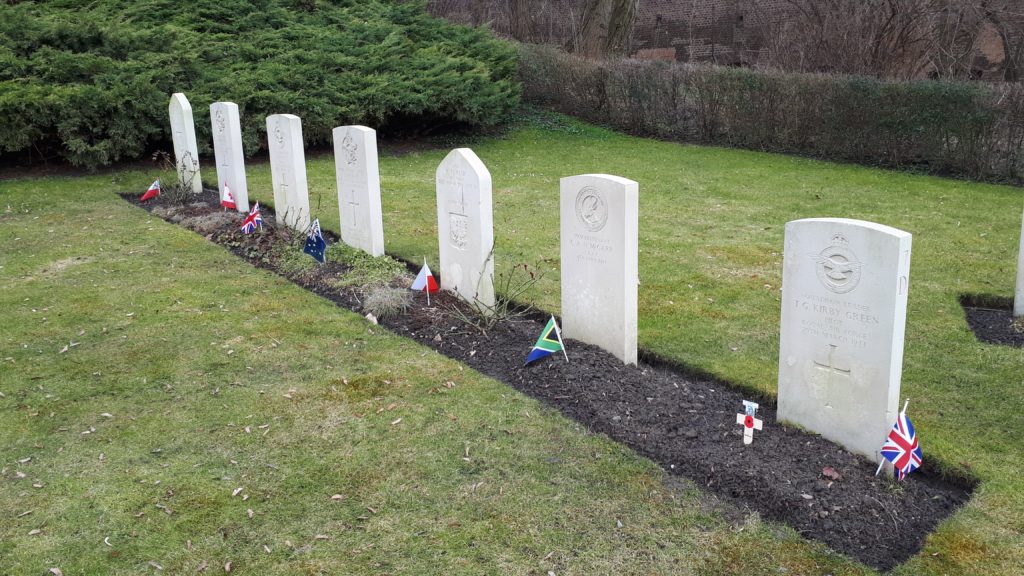
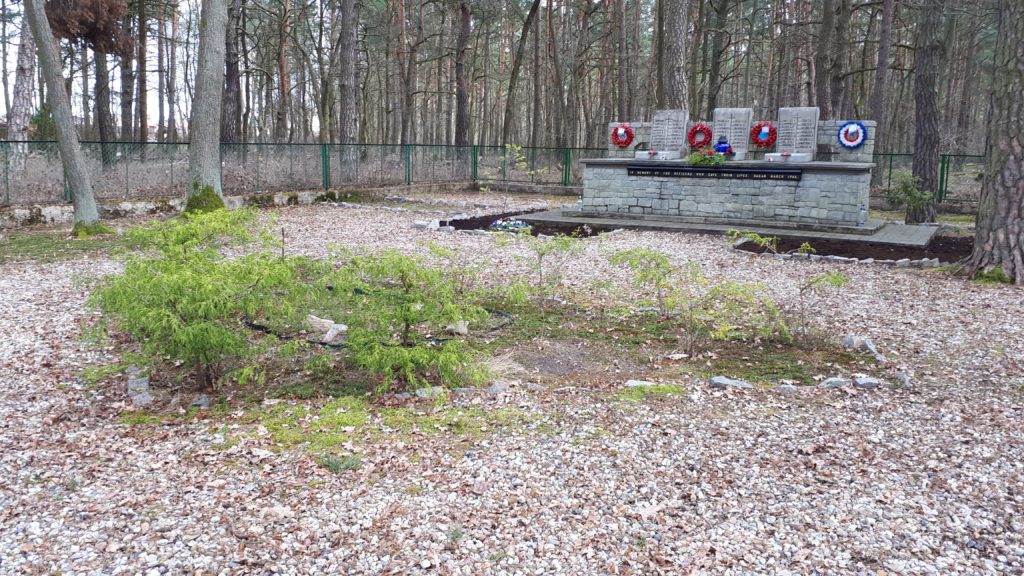

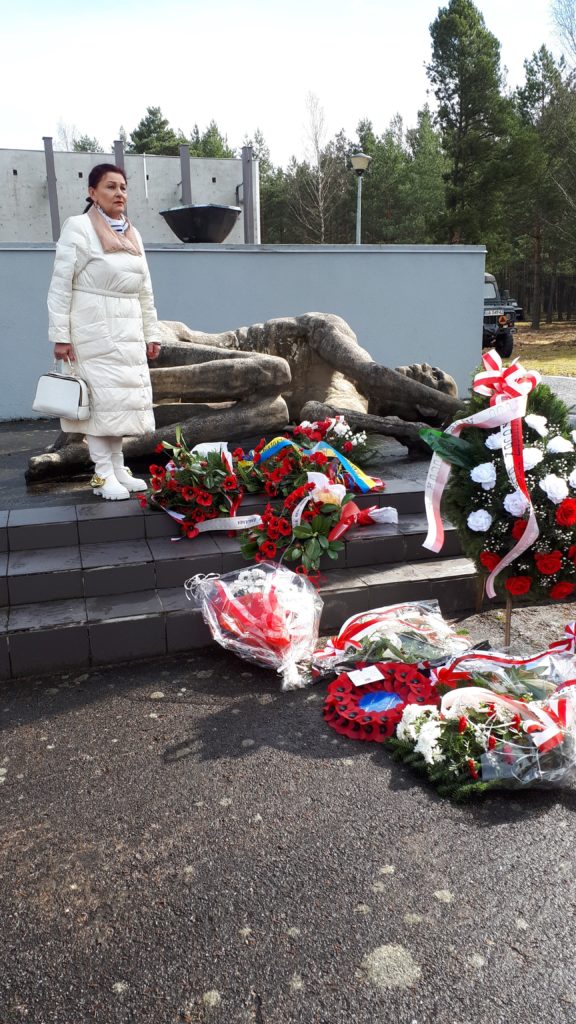

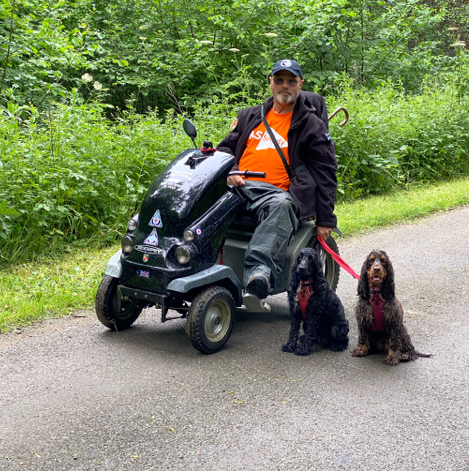

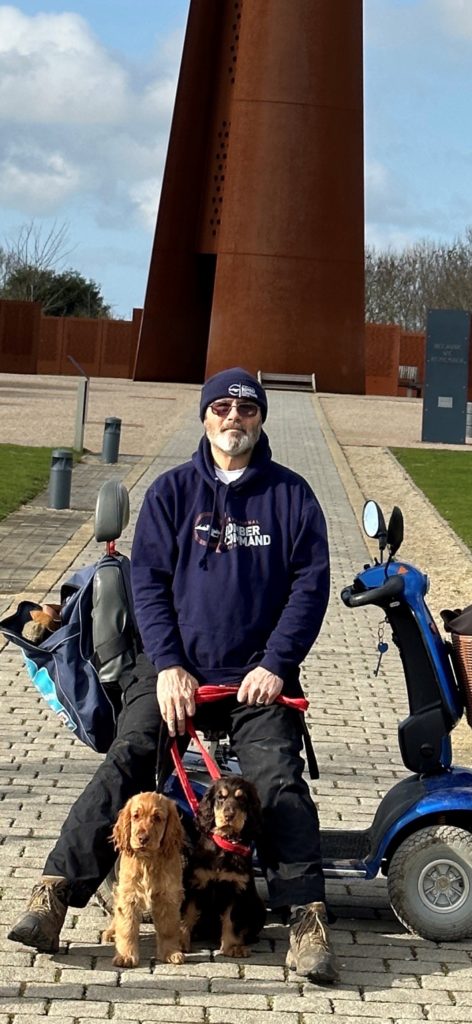
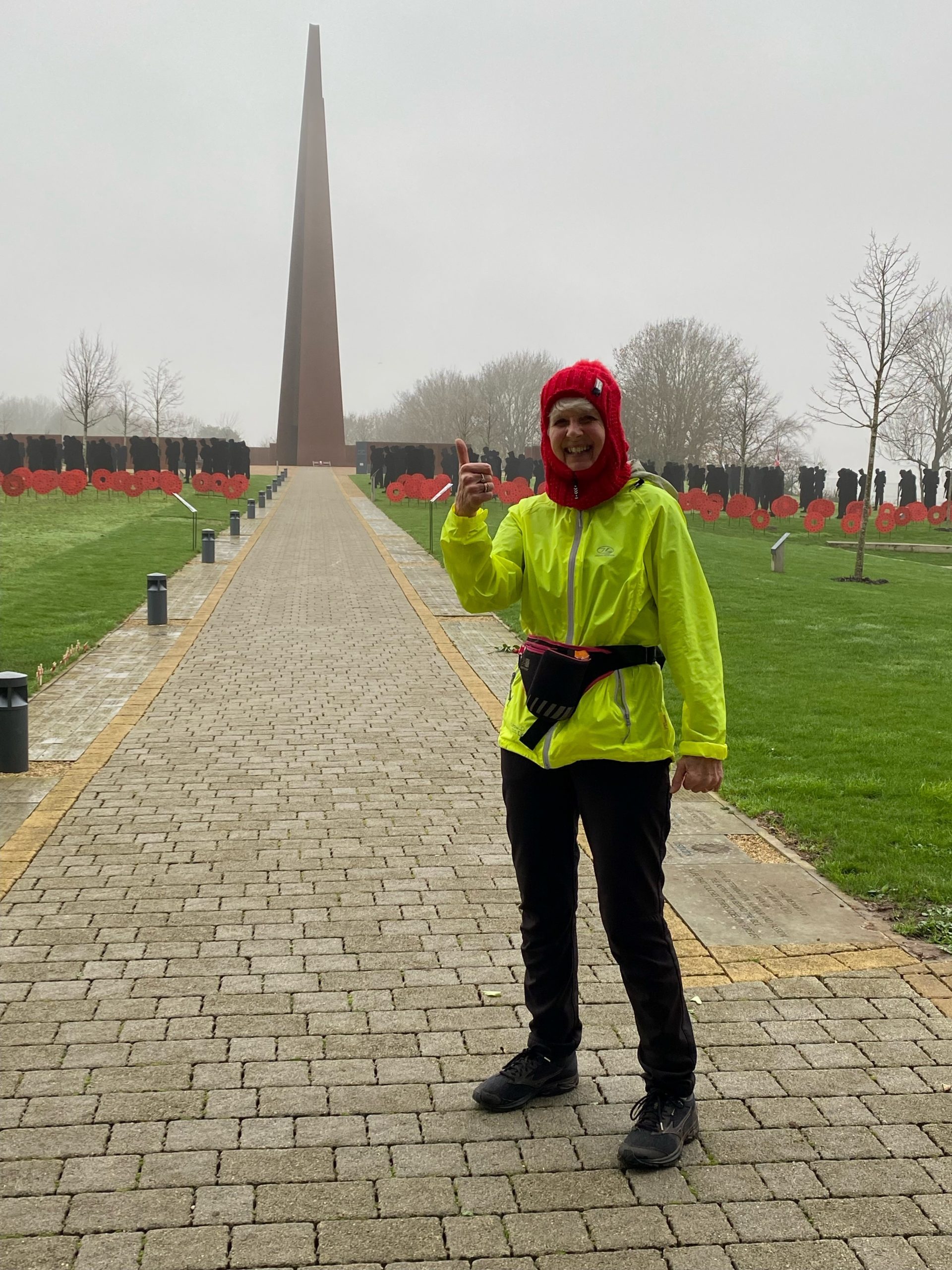
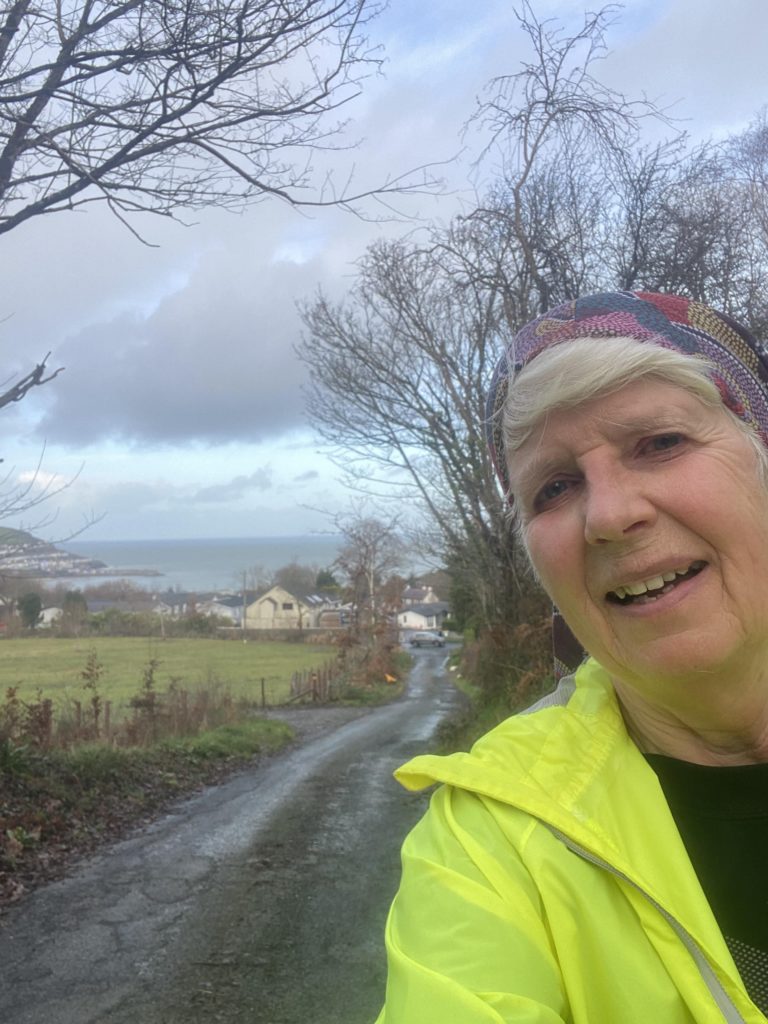
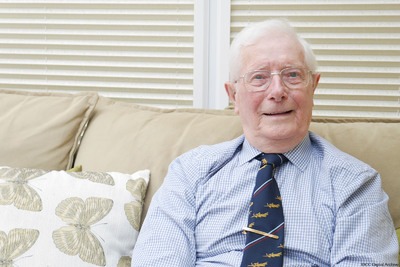
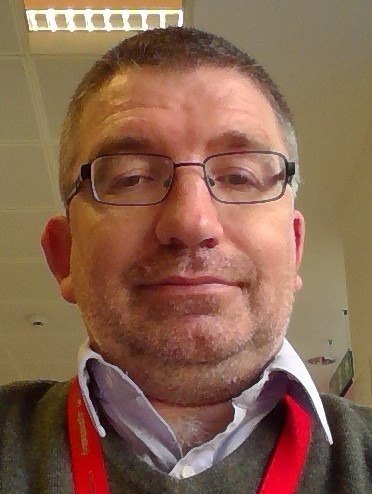
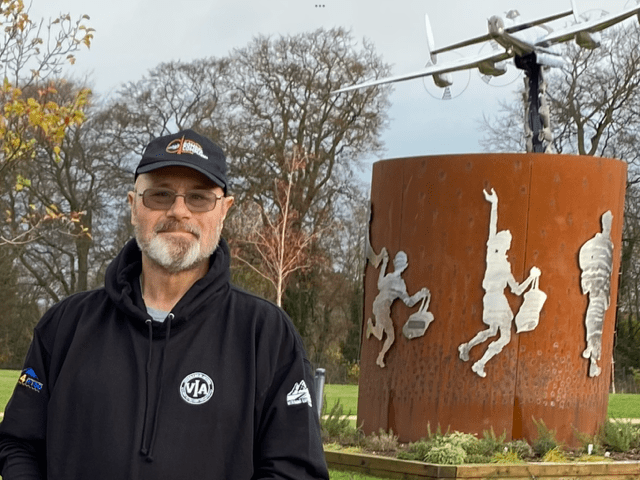
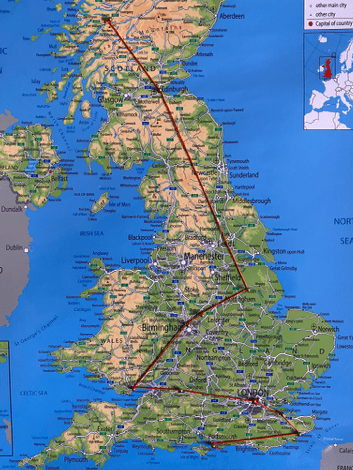
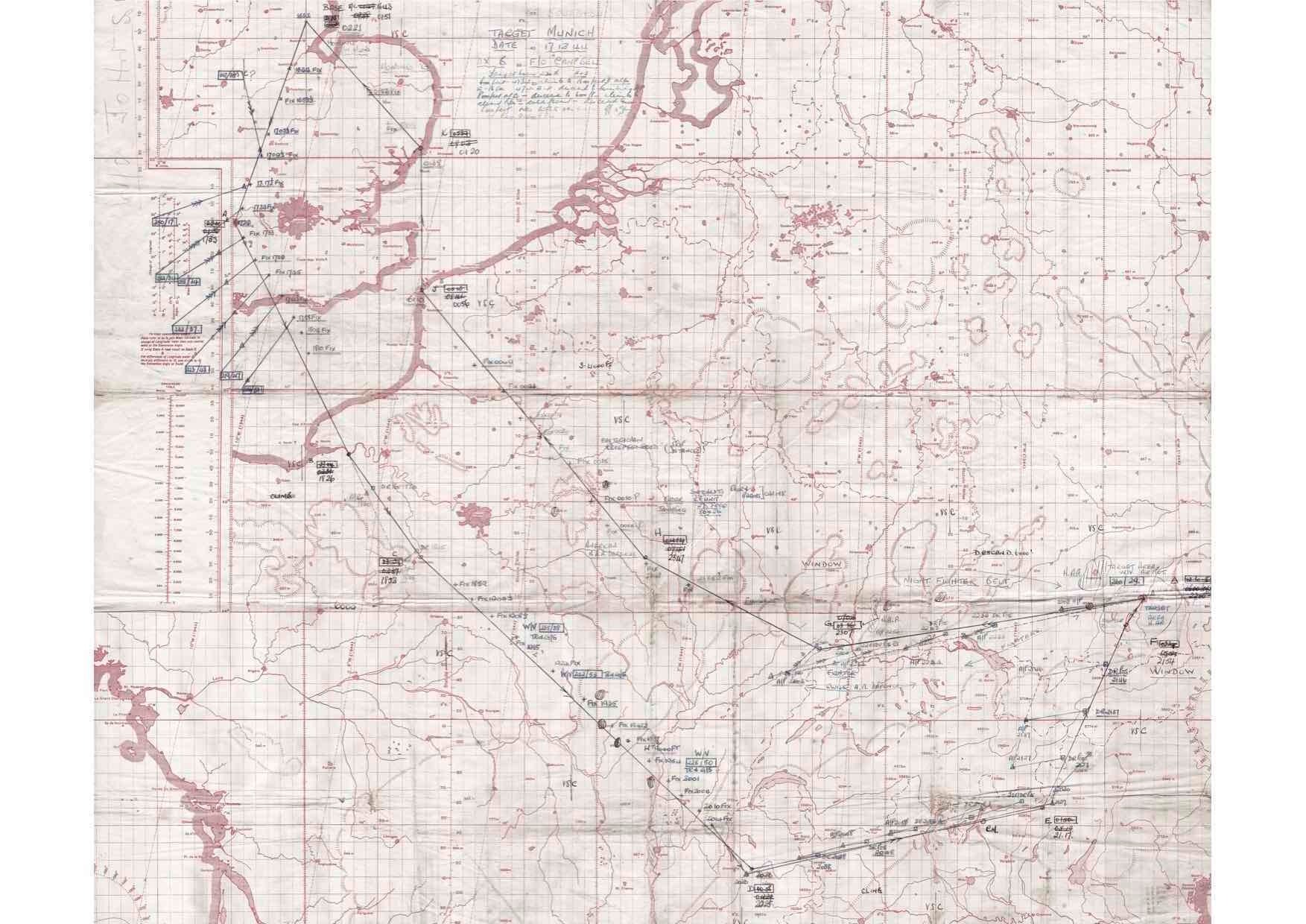
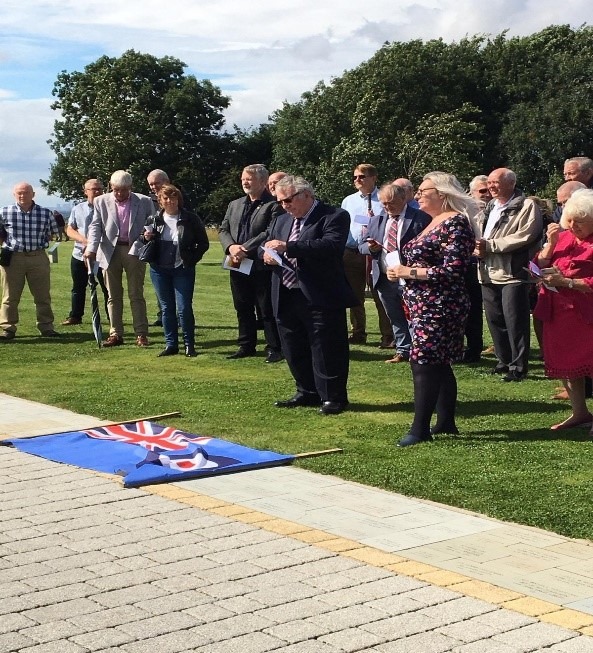
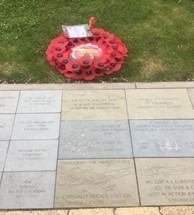

 Aber Falls Rescue Sunday 1st December 1957
Aber Falls Rescue Sunday 1st December 1957